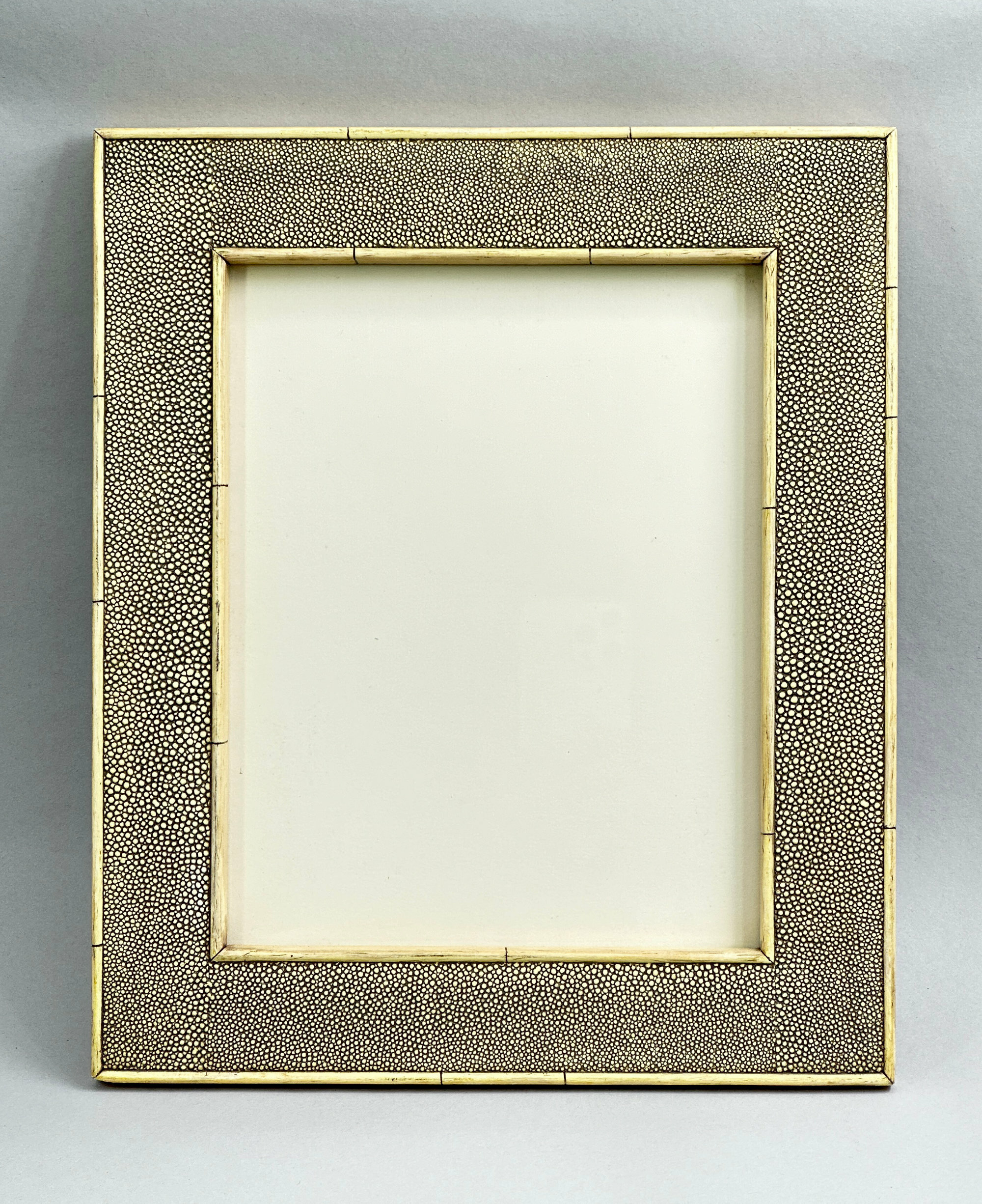
Art Deco Shagreen Picture Frame, 1930s
Price: £110Shagreen is a natural hide, typically from shark, stingray or dogfish, worked through special processes to produce a granular surface effect. Known in China and Japan from the earliest times and popular in Europe in the eighteenth century Shagreen enjoyed its greatest popularity in the Art Deco period where it was used as a covering for writing desks and well-dressed cabinetry and smaller items such as the picture frame we have here. The clean lines of this piece and the palette of colours employed fit exactly with the ethos of the Art Deco period and a dating to the 1930s is extremely likely. A luxury item at the time it could be used now to provide enhanced presentation of a favourite image adding to it a hint of true elegance.
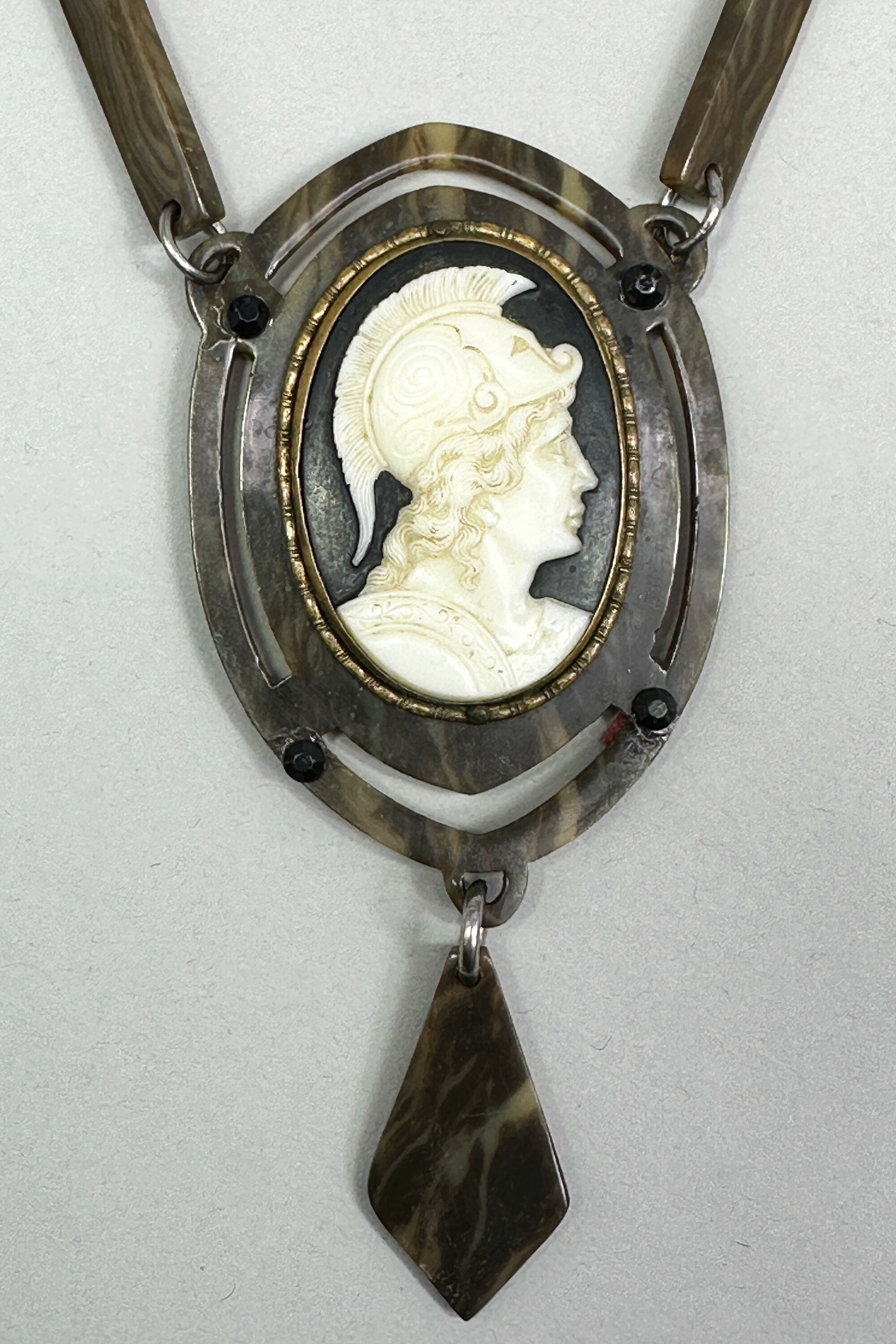
Outstanding brown swirl Bakelite Necklace with faux cameo, French 1920s
Price: £45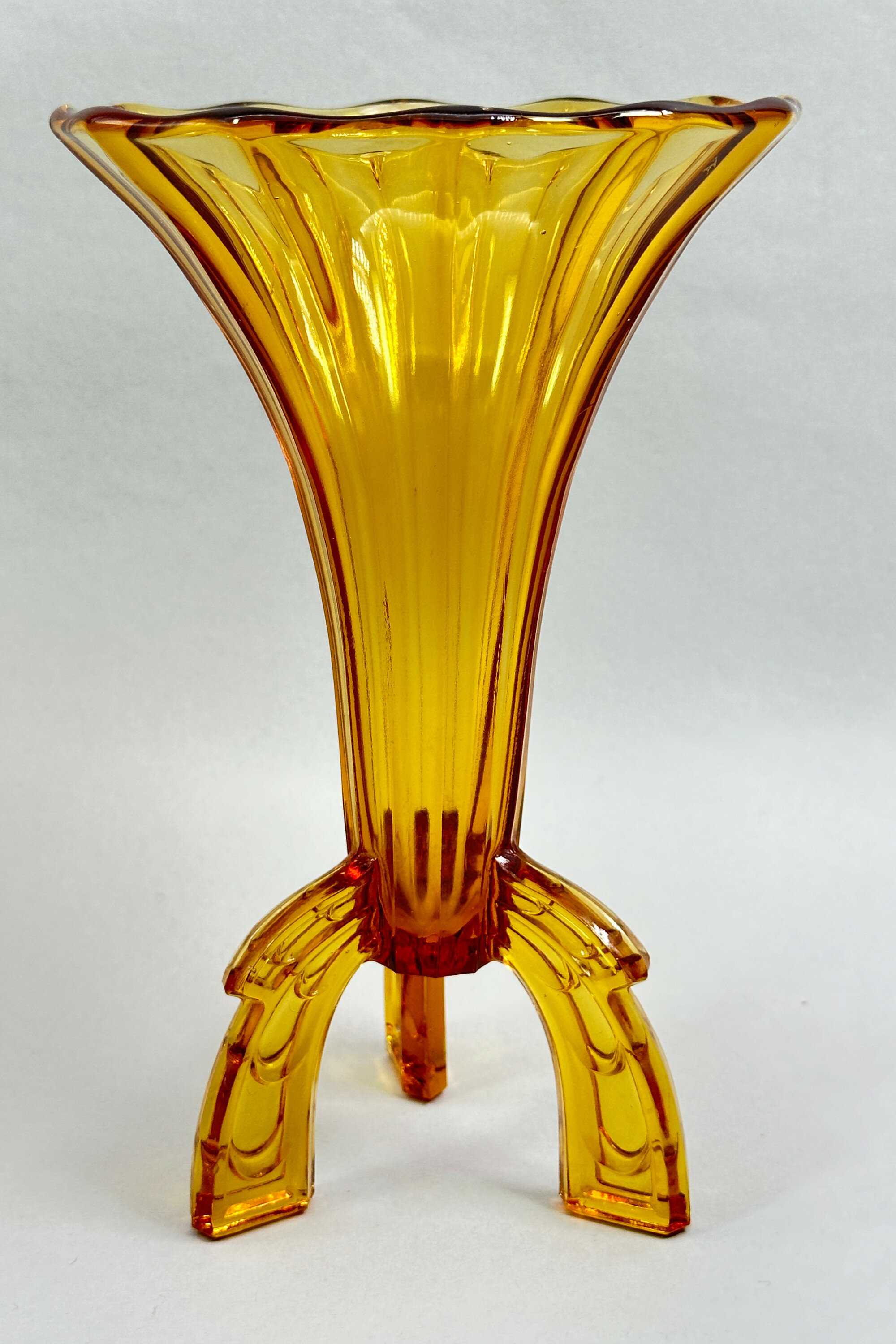
Art Deco style Amber Glass Rocket Vase, probably Czech Rosice 1930s
Price: £45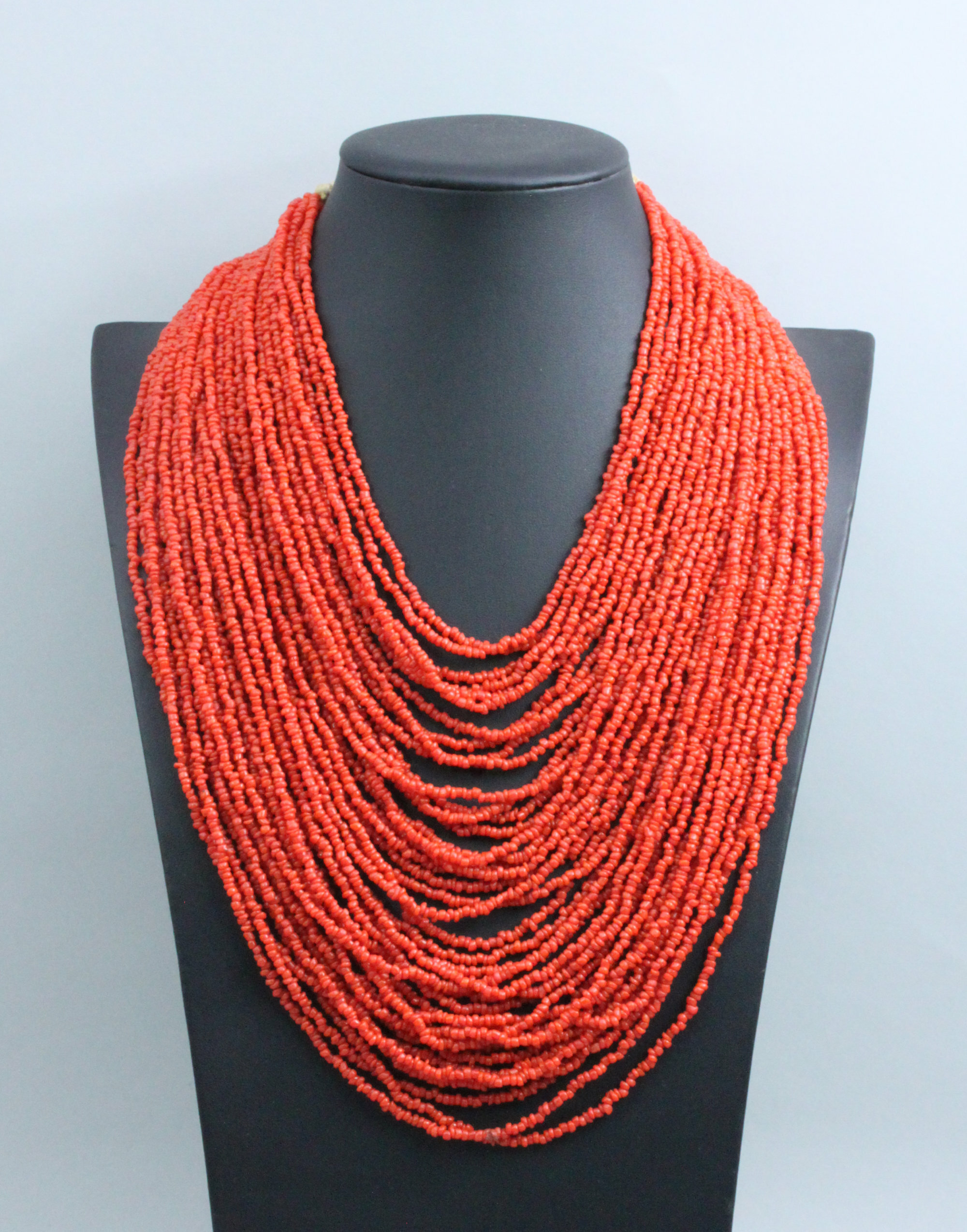
Unique 40 strand micro coral bead necklace, India 1910
Price: £150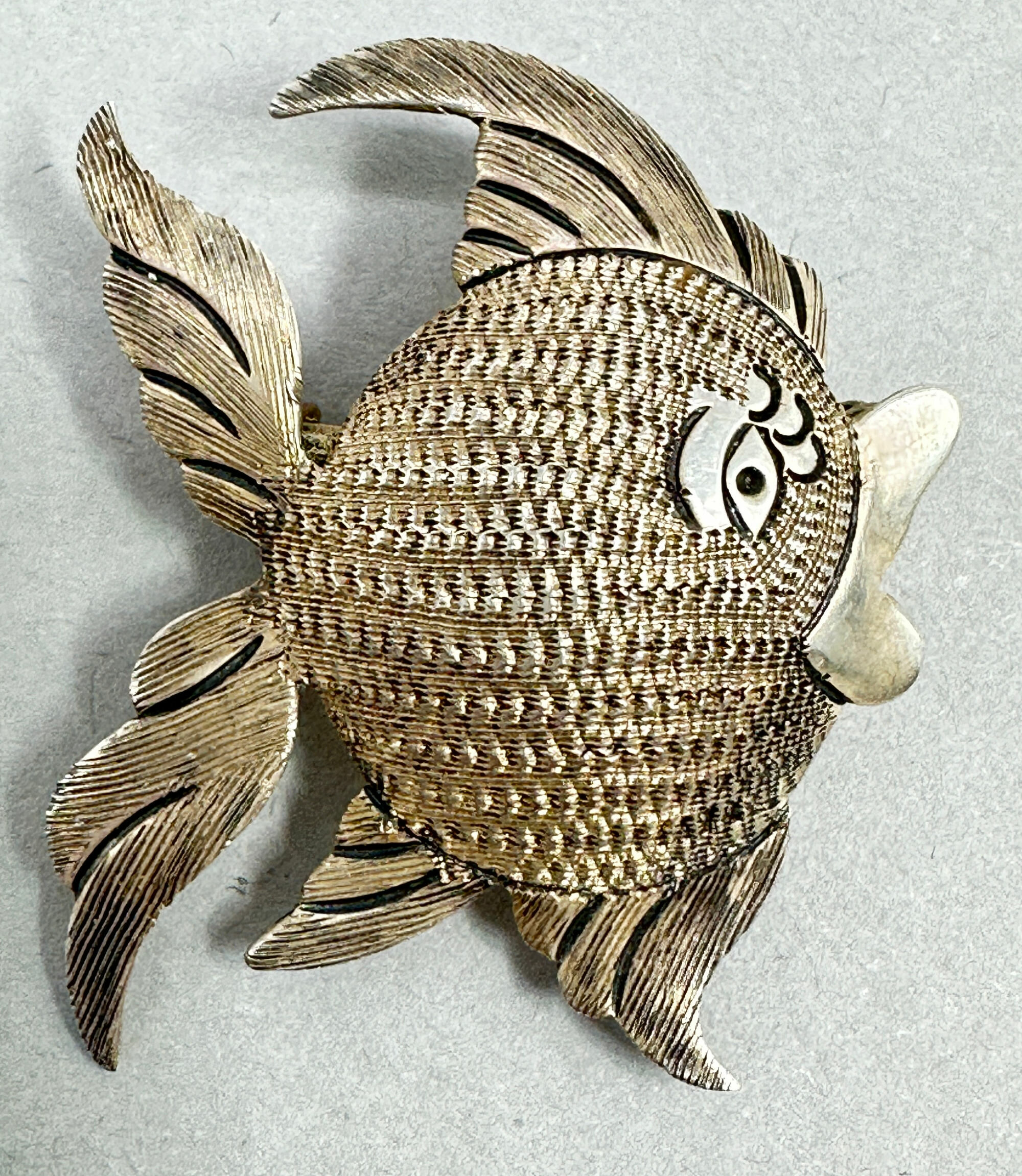
Taxco Fish Brooch c1940
Price: £25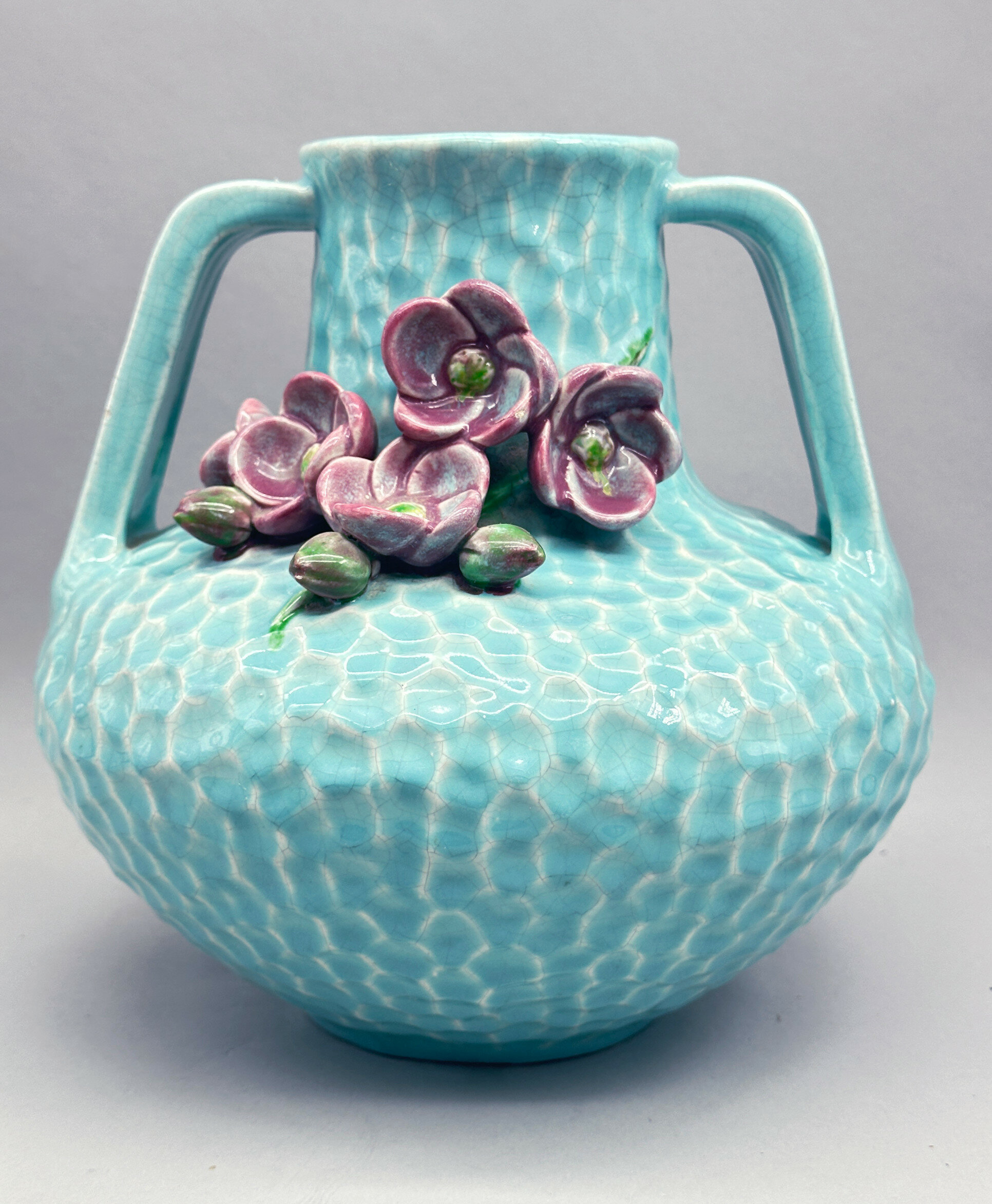
Art Nouveau style turquoise glazed Urn shape Vase, Bretby ware, early C20th
Price: £75The firm Bretby was the result of an amalgamation between Henry Tooth and William Ault who formed a partnership in 1883. Both had previously worked at the Linthorpe pottery established by Christopher Dresser in 1879 and retained a comnnection with the celebrated designer even after striking out on their own. Success came early and the firm won a gold award in the Crystal Palace Exhibition of 1884, patenting their trademark with its sunburst design above the name Bretby in the same year. Ault left the partnership in 1887 to set up his own business under his own name but Henry Tooth continued to oversee production until his death in 1918, the business then remaining under the control of the Tooth family until it was sold in 1933. Production continued, though, well into the twentieth century until the firm closed around in the late 1990s.
This piece is typical of their earlier work with a nod to both the art nouveau style and Dresser himself, particularly in the shape of the handles. ‘Hammered’ decoration was typical of the Arts and Crafts movement popular at the time and the applied floral decoration has some parallels with Japanese pieces again much in vogue at that period. Similar pieces are known with the same shape and pattern number (1742) which seems itself also to indicate an early twentieth century dating, but the applied decoration seen here is unusual.
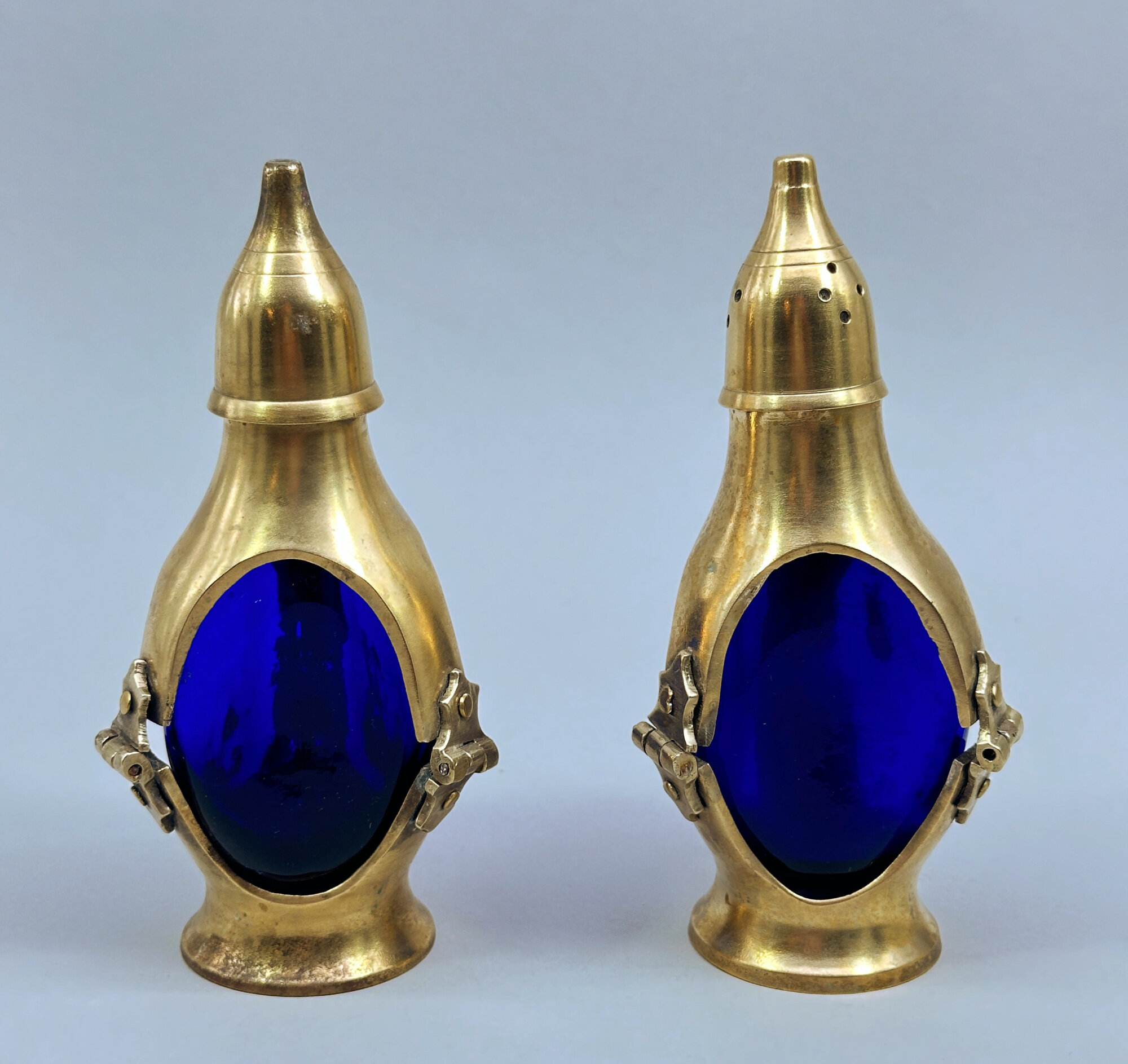
Arts and Crafts Brass and Cobalt Glass Salt and Pepper, early C20th
Price: £55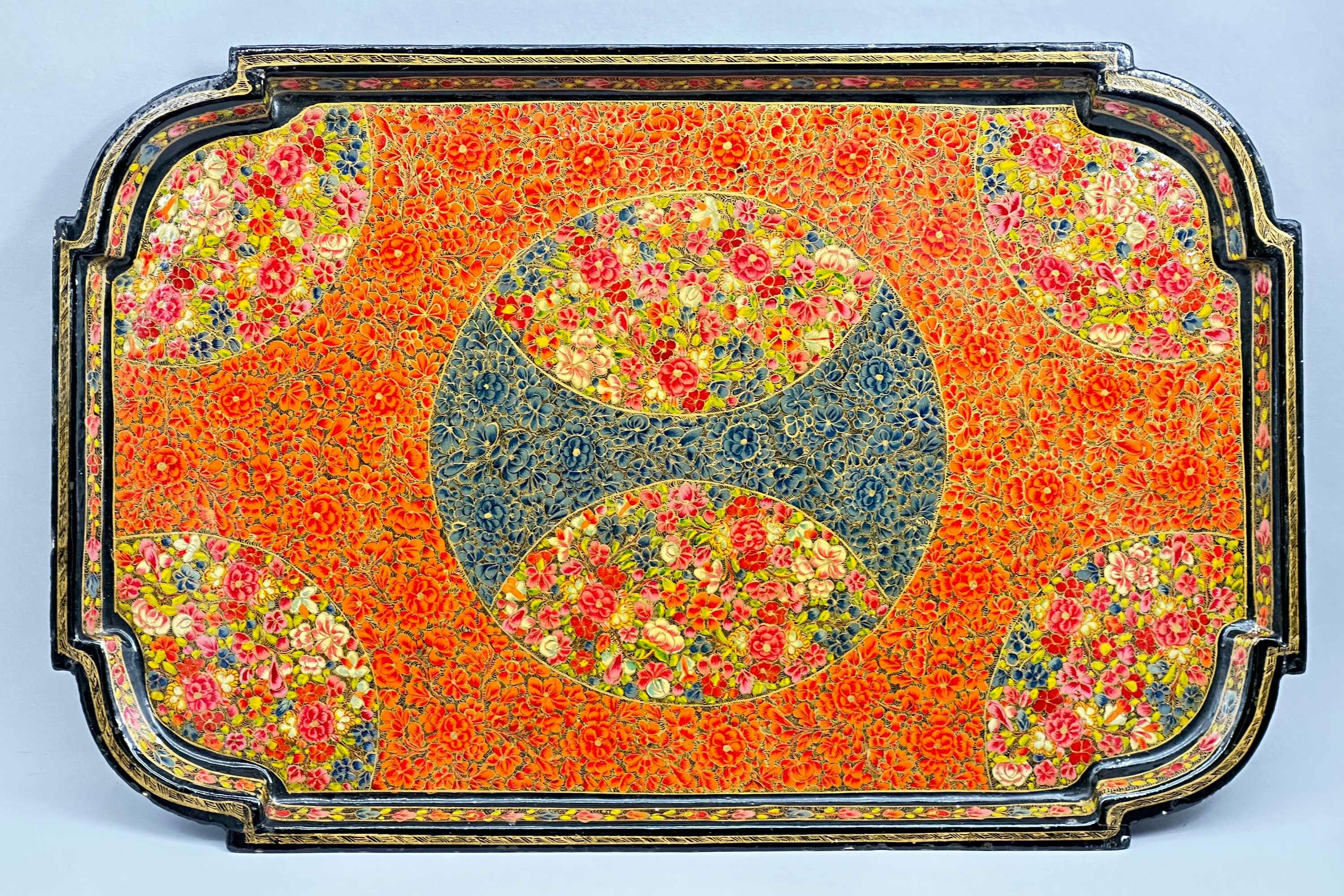
Papier Mâché Tray with Millefiori Decoration, Kashmir, C20th
Price: £55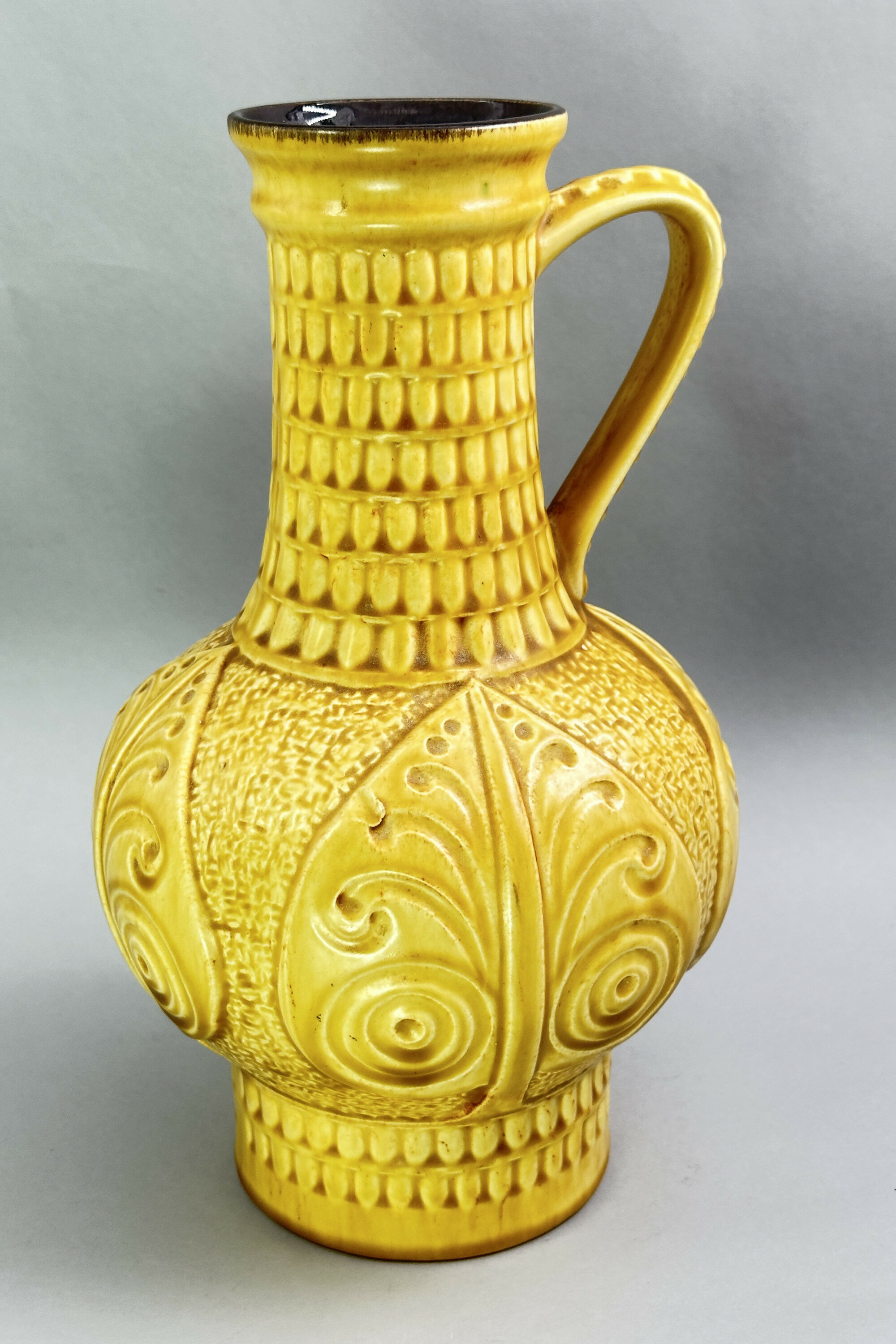
Bay Ceramic Ewer No 268-30, West Germany, 1960s
Price: £55Bay Ceramics was founded by Eduard Bay in the 1930s and based in Ransbach Baumbach, the heart of the main West German pottery producing region. Their productions included vases in a wide variety of shapes and designs which continued in production until the 1980s. Bodo Mans was amongst their most famous designers working in the 1950s and 1960s. He seems to have concentrated on organic semi abstract designs and ewers in this form, with the same pattern number but in a variety of different glazes, are attributed to him. This monochrome mustard glaze seems particularly attractive and complements the design very successfully producing a striking and decorative item which might enhance a wide variety of interior settings.
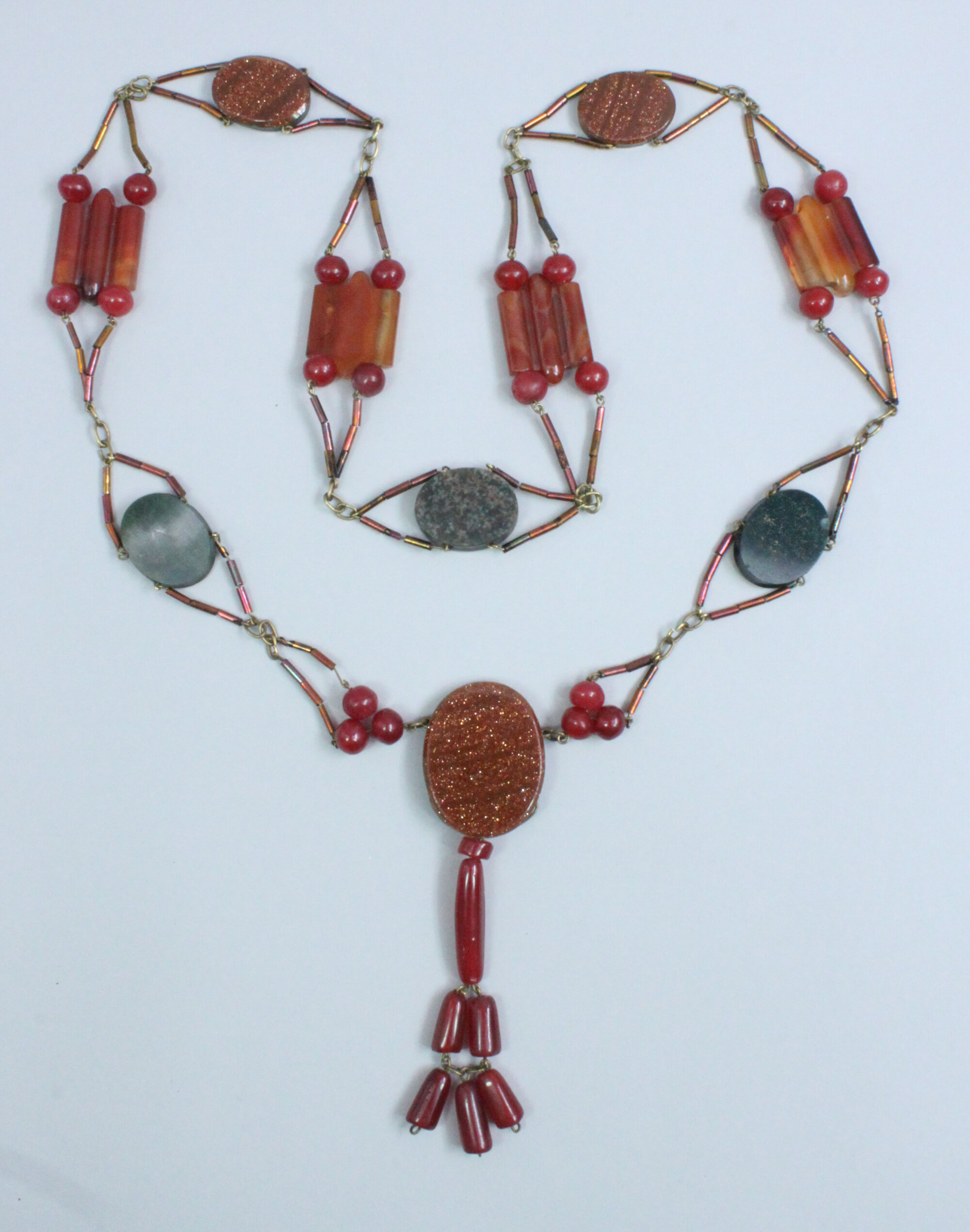
Long Art Deco carnelian, bloodstone and goldstone necklace 1930s
Price: £95Goldstone is a type of glittering glass made in a low-oxygen reducing atmosphere. The finished product can take a smooth polish and be carved into beads, figurines, or other artifacts suitable for semiprecious stone, and in fact goldstone is often mistaken for or misrepresented as a natural material. It was first made in the 17th century in Italy. (Credit: Wikipedia)
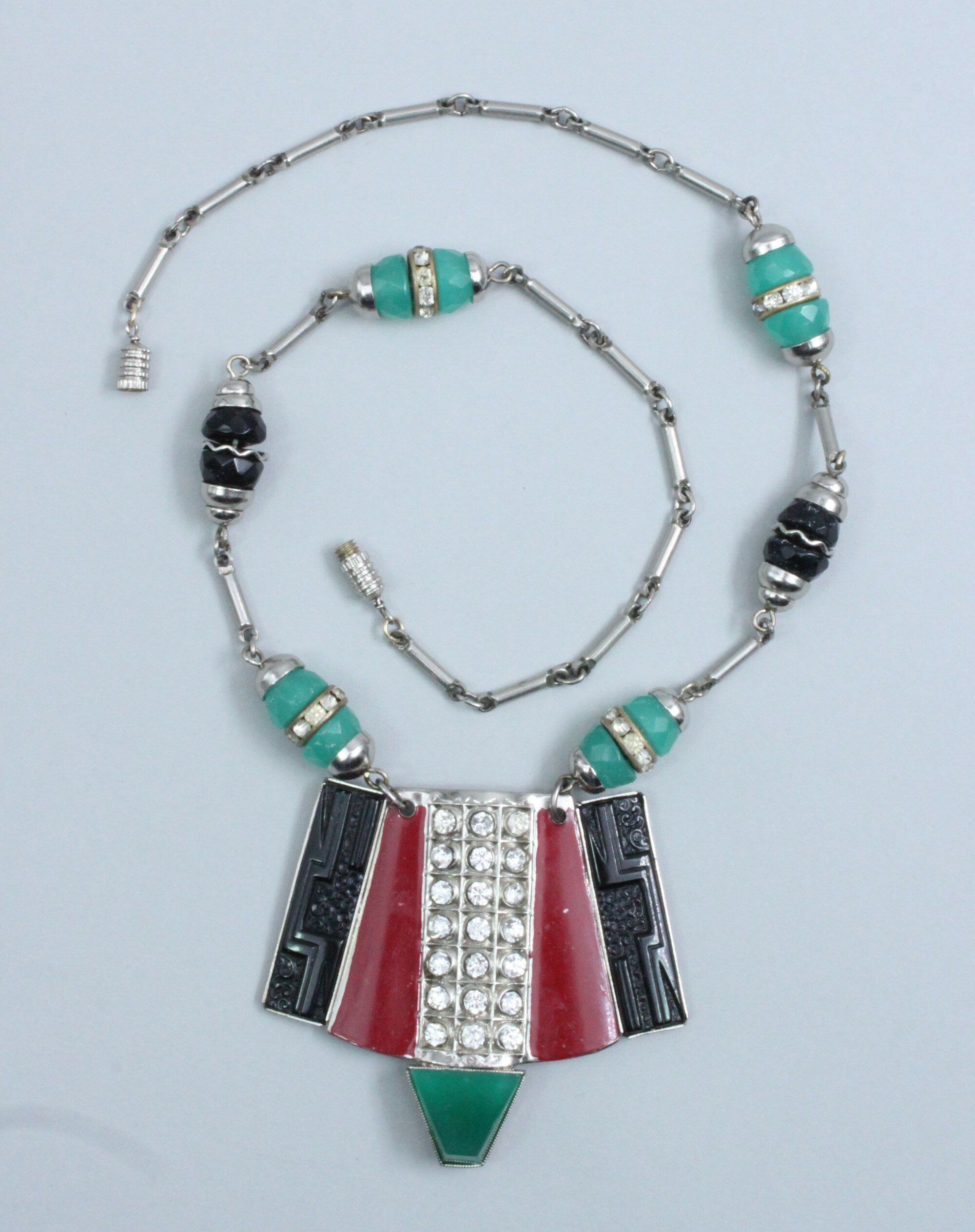
French Art Deco Machine Age galalith paste necklace 1920s
Price: £75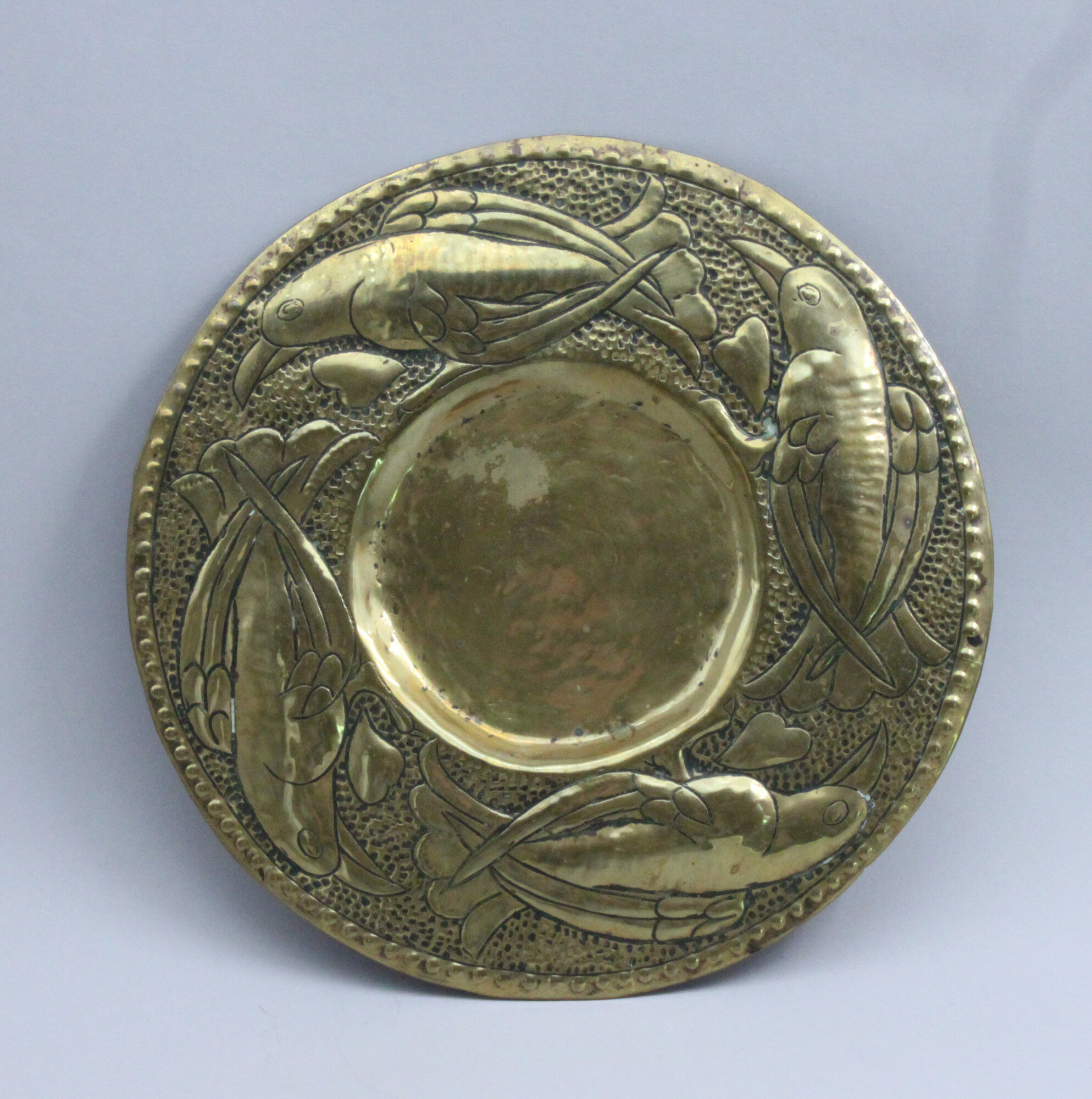
An Arts and Crafts small Brass Tray, English early twentieth century
Price: £40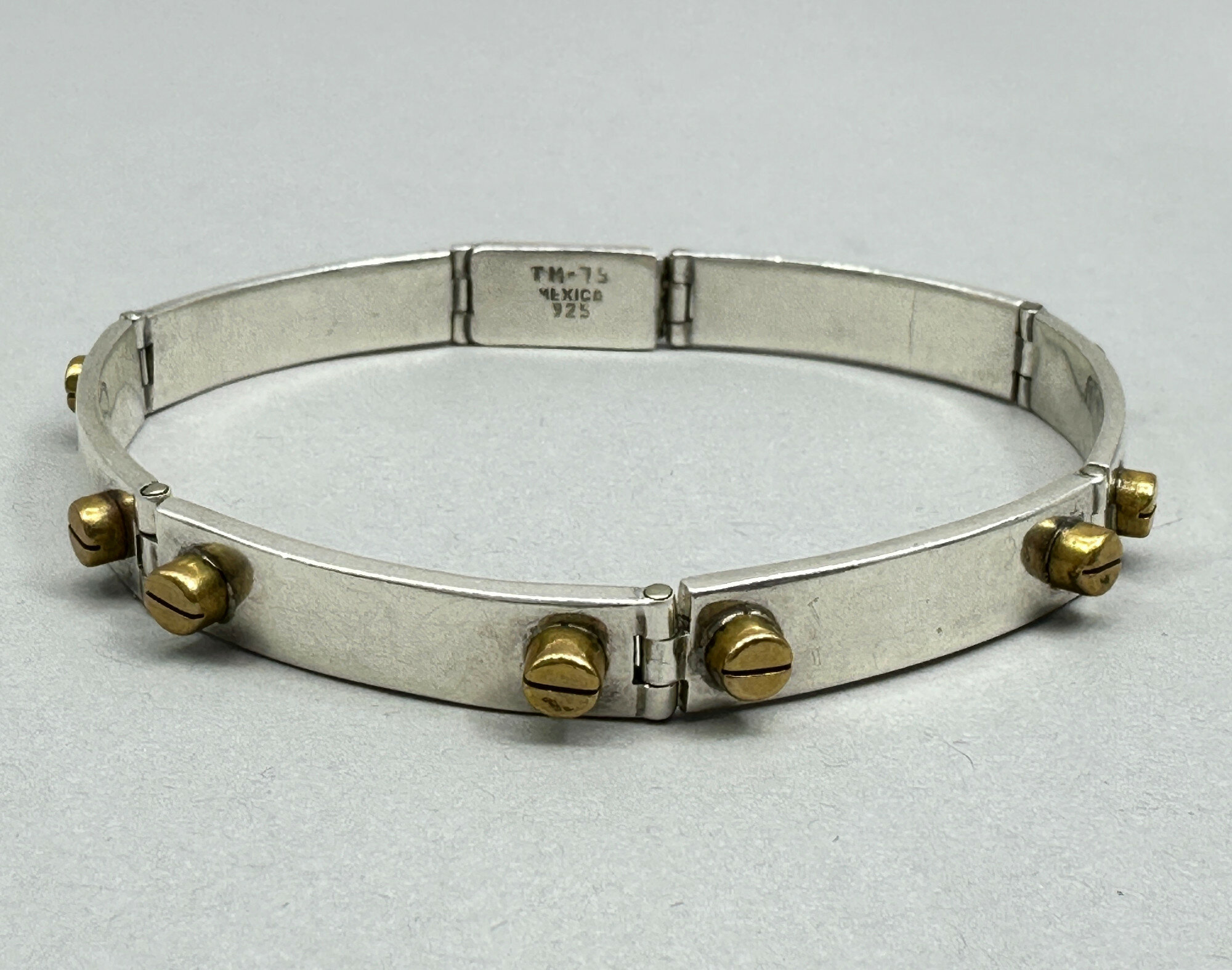
Taxco bracelet with rivet details c1980
Price: £85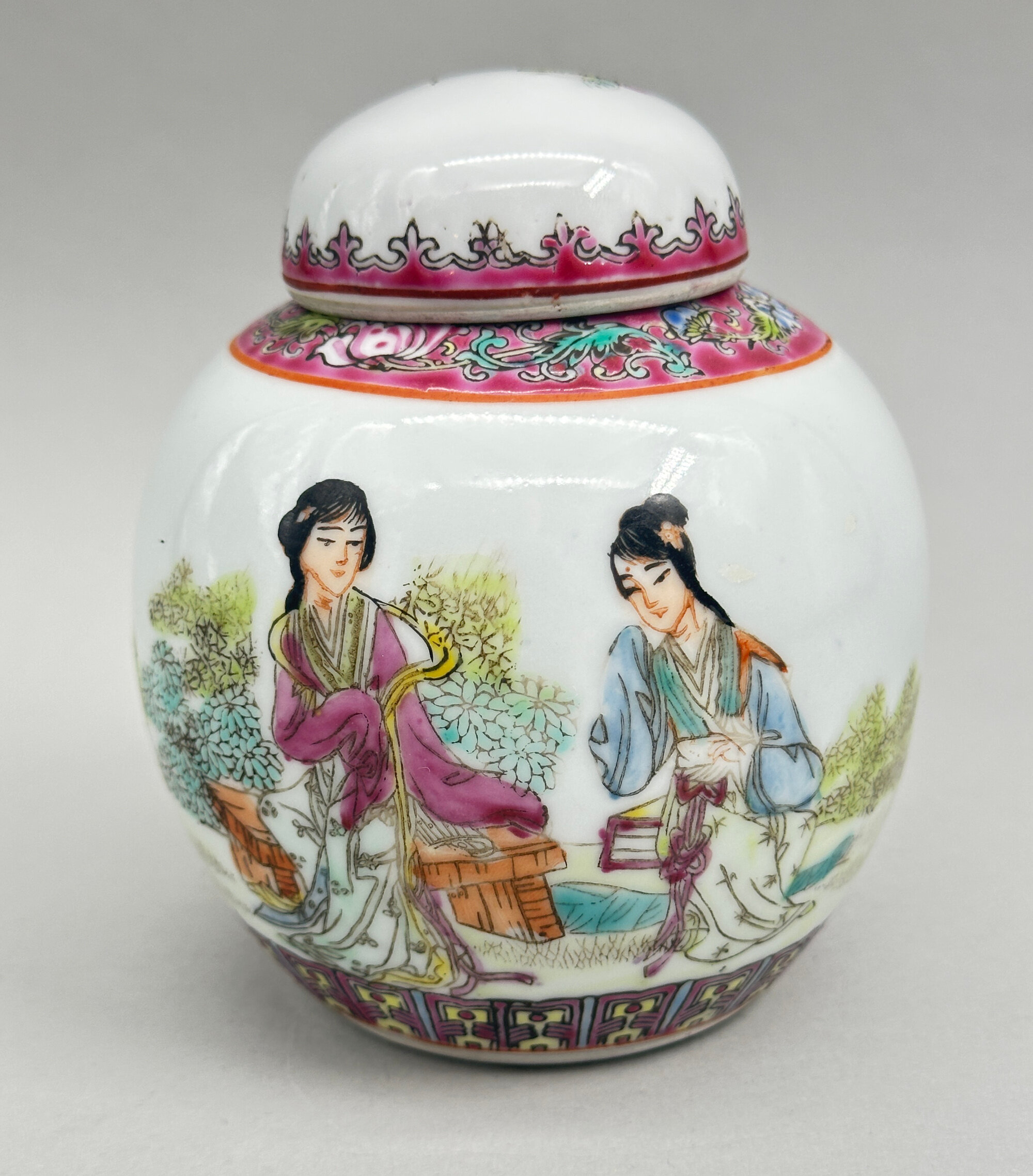
Chinese Republican Style small Famille Rose Ginger Jar and Cover, late c20th
Price: £20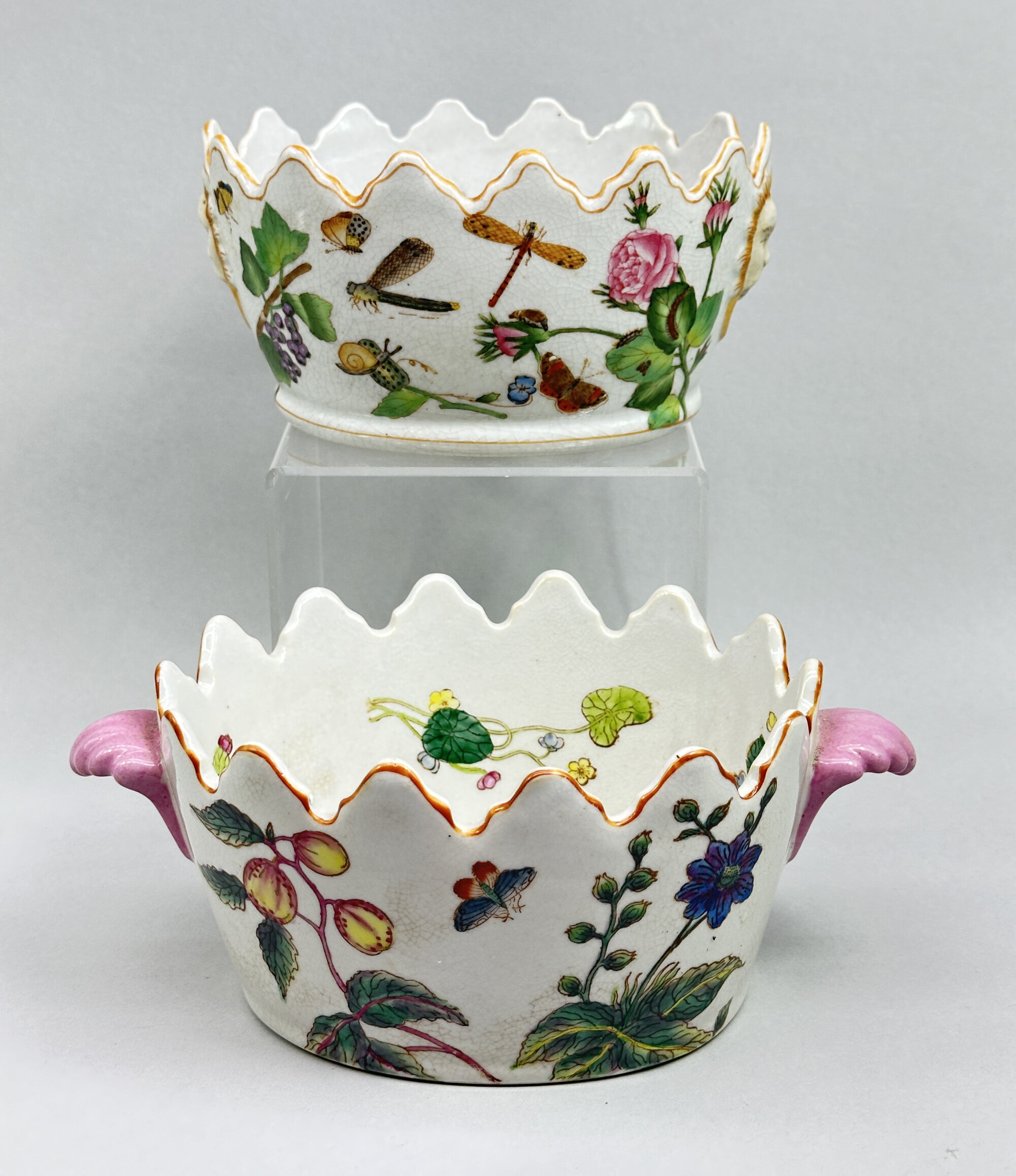
Two similar Chinese Export Style Monteith Form Jardinieres, C20th
Price: £75The form here is a miniature version of the Chinese ‘Monteith’ first produced in the early to mid eighteenth century. The wavy rim was designed to hold the stems of glasses which were stood to cool in iced water placed in the interior. The style of the decoration is in Chinese Export taste as well, but dating here is to the C20th probably around the 1960s. Some similar examples have Chinese seal marks and one the name of a Chinese manufacturer implying that these pieces were most likely made in China but this does not assist with establishing their age. Purely decorative objects then with no intent to deceive but amusing creations in themselves and pleasing to a contemporary eye.
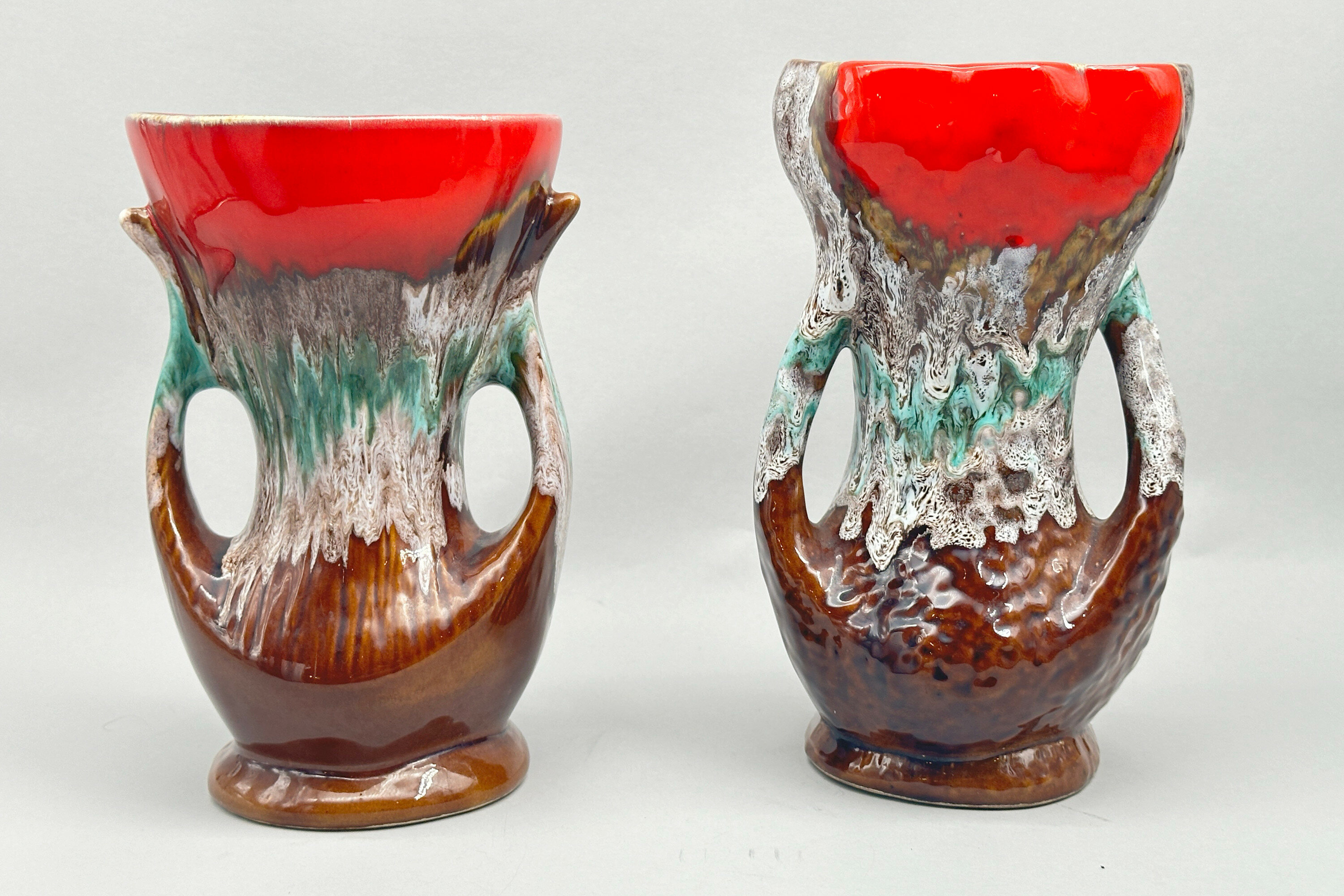
Two Vallauris Lava Vases, French 1950s/1960s
Price: £150………………………………………………………………………………………………….....................................................................
Vallauris is a tourist town of the French Riviera near Antibes taking its name form the Provencal ‘Valauria’ meaning ‘the golden valley’. It is divided into two parts: the upper town which is the old centre and the seaside district which runs from the port along the coast, towards Antibes. Deposits of clay were found there in Roman times giving the impetus for the creation of potteries which tended to concentrate on domestic wares. Production was then continuous with an infux of craftsmen from Genoa, Italy, in the sixteenth century and the development of artistic activity in the seventeenth. The advent of the railways in the late nineteenth century led to an even further expansion of production and companies were established there which achieved widespread fame and recognition notably those of Massier and Foucard-Jourdan.
After the war, Picasso, along with a group of fellow artists, settled in Vallauris and it proved to be a congenial stimulus. He began to experiment with producing ceramics in 1947 and was to continue working extensively in this field until his death in 1973 (see image 12). There were collaborations, one with the ceramicist Robert Picault and another with Suzanne and Georges Ramié, the owners of the Madoura workshop, where Picasso worked on his productions. Indeed it was at the Madoura workshop that Picasso met Jacqueline Roque, a saleswoman working there and 44 years his junior. They married in 1961 and remained together until his death in 1973, Jacqueline being the inspiration for many of the designs which Picasso created.
It would be fanciful, though, to see the influence of the famous artist on these vases although they were very much created in the tradition of Vallauris pottery with which he was so in sympathy. The town seems to have become particularly fashionable in the 1950s and 1960s and it was around that time that these vases were made. Many pieces were created in lead glazed earthenware, the overall decoration resembling the ‘lava’ glazes used in West German pottery of the same period. These two vases are similar and complementary. The bodies are concave with a short foot and a widely flaring mouth; there are loop handles at each side. The brown glaze at the base is succeeded by a blend of mottled greens and greys and topped with a vibrant red at the mouth. The interiors are glazed brown as is the base with the unglazed foot rim showing the fairly coarse clay used. Some but not all Vallauris pieces are marked and there are many unmarked examples as here. Considerable skill must have been required to produce the variety of glaze effects and the results are striking. As two matching items, these vases have considerable decorative appeal and are worthy examples of a long established tradition of ceramic production.
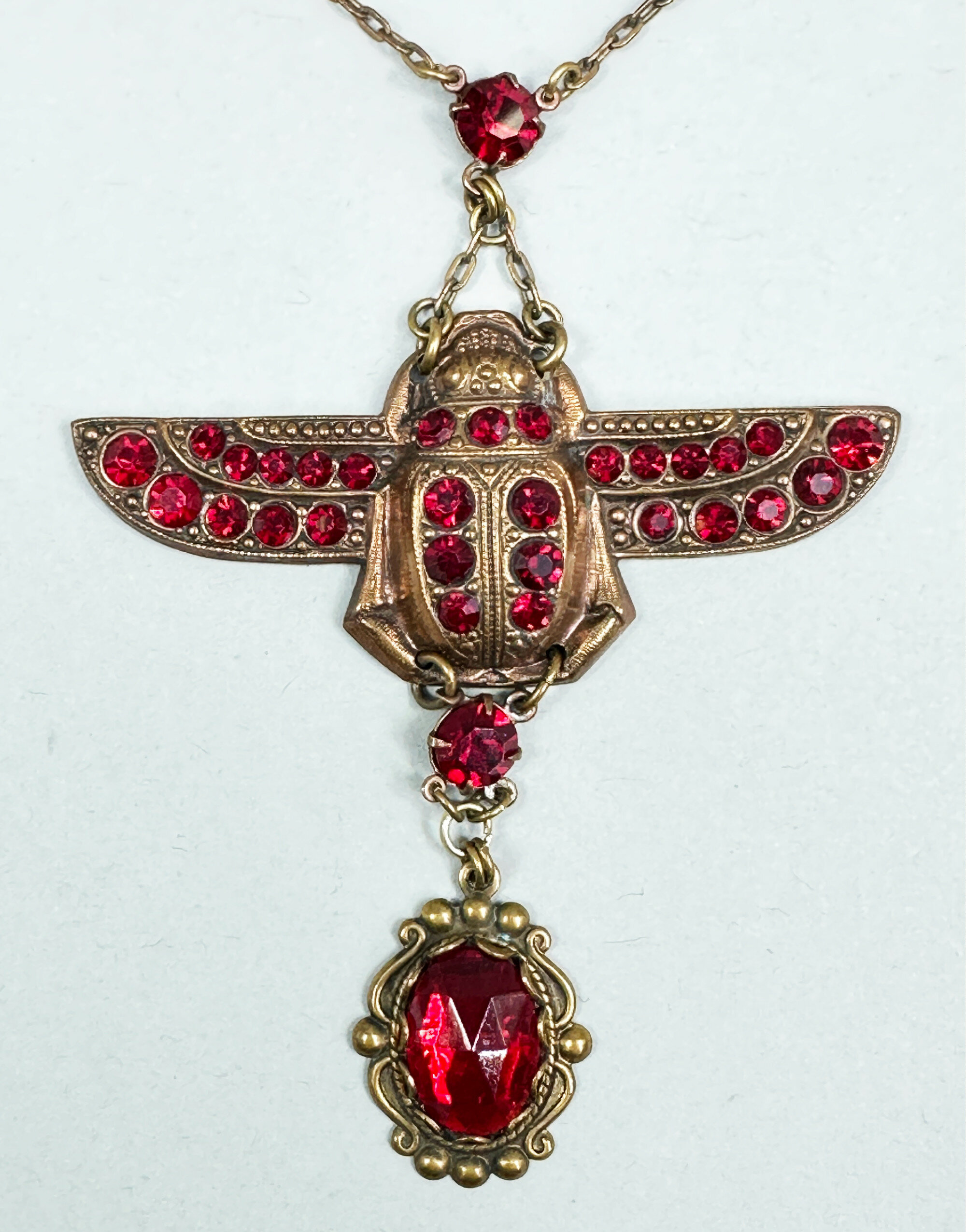
Early Egyptian Revival necklace c1900
Price: £65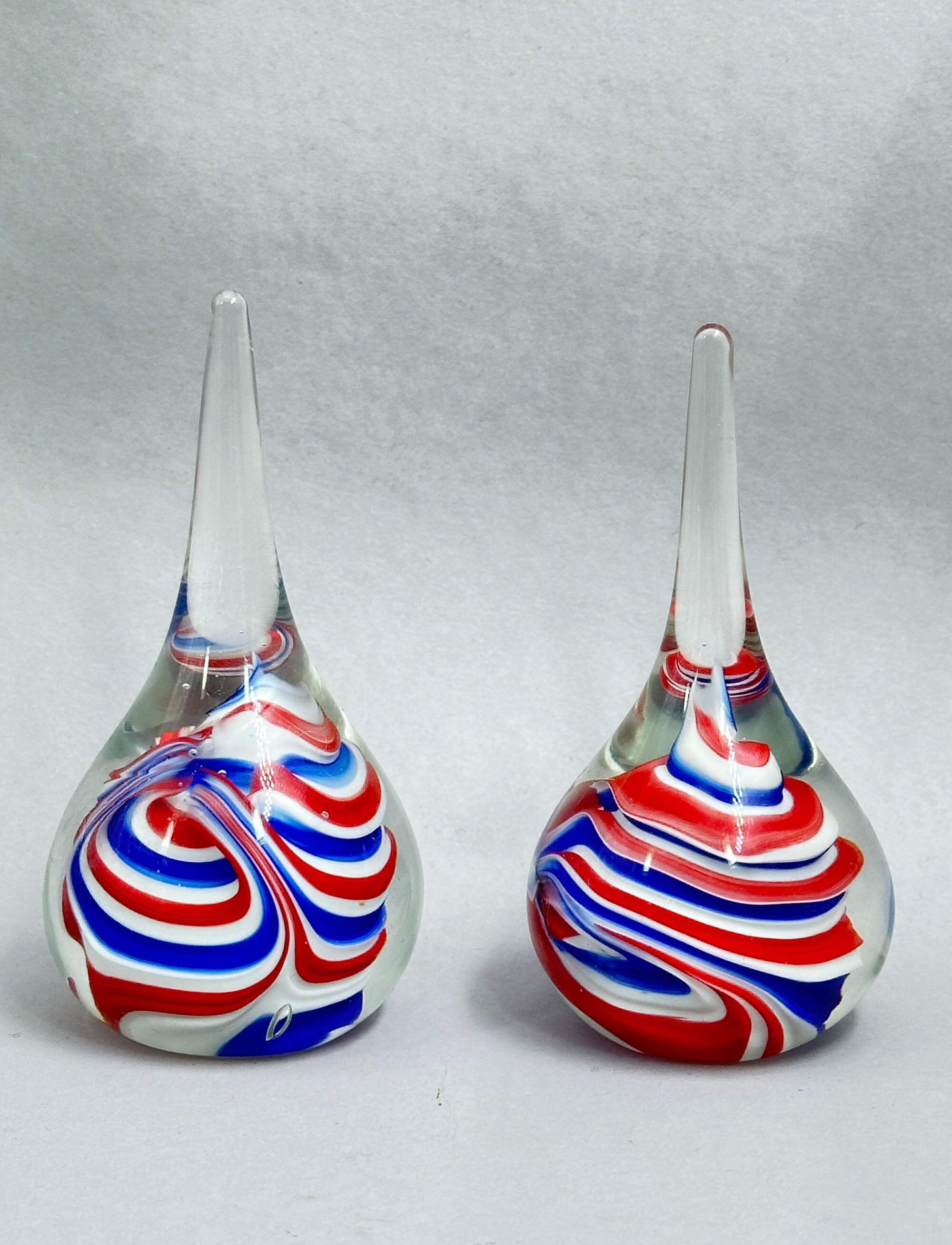
A Pair of Glass Vases or Paperweights, probably Selkirk Glass, Scotland, 1980s/1990s
Price: £25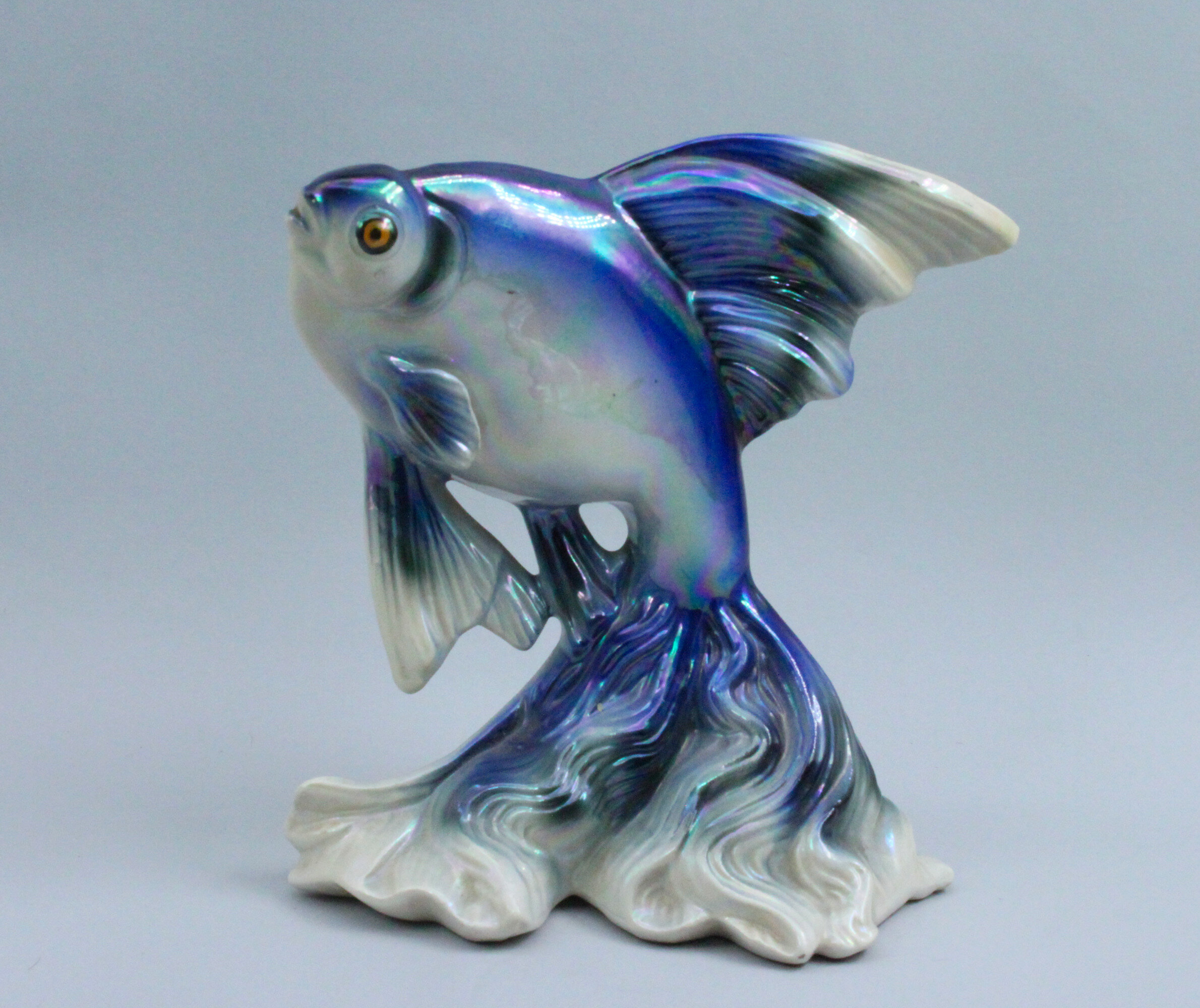
Ceramic Model of a Fish, Jema Holland, signed, 1950s/1960s
Price: £30The Jema factory in Holland was started by two brothers, Jelis Mager ( born 1912 in Rotterdam, Netherlands) and his brother Johan Willem Mager (born 1919 also in Rotterdam) both living in Maastricht who took over an existing ceramics factory, founded originally by J.Meussen, in 1942 and traded together in a partnership which was dissolved in 1955 when the firm JEMA KERAMISCH ATELIER N.V. (jema ceramic studio; the first JE standing for Jelis and MA standing for Mager) was created under a new agreement between them. Ceramic products of many types were produced with figurines a speciality and the business continued until 1984 when it became insolvent and closed its doors.
Most of the pieces seem to have been marked, usually with an impressed script as here indicating the factory itself and the model number of the piece. For modest decorative items the quality of the manufacture is of a high standard as can be seen in both the modelling and the glazing of this piece. Their animal figurines were immediately approachable and provided modest but amusing items of decoration.
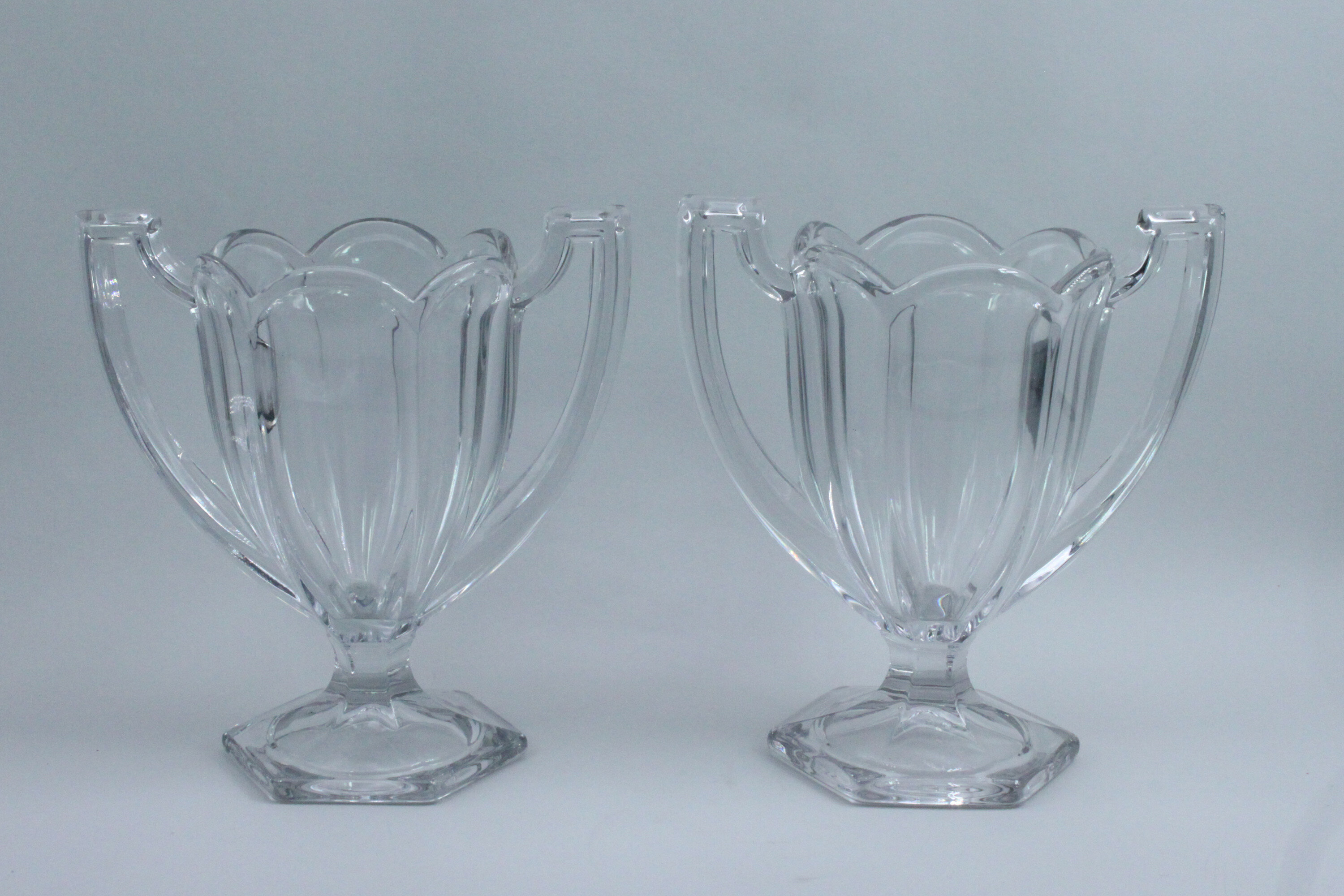
A Pair of Art Deco Pressed Glass Trophy Form Vases, Davidson, 1930s
Price: £45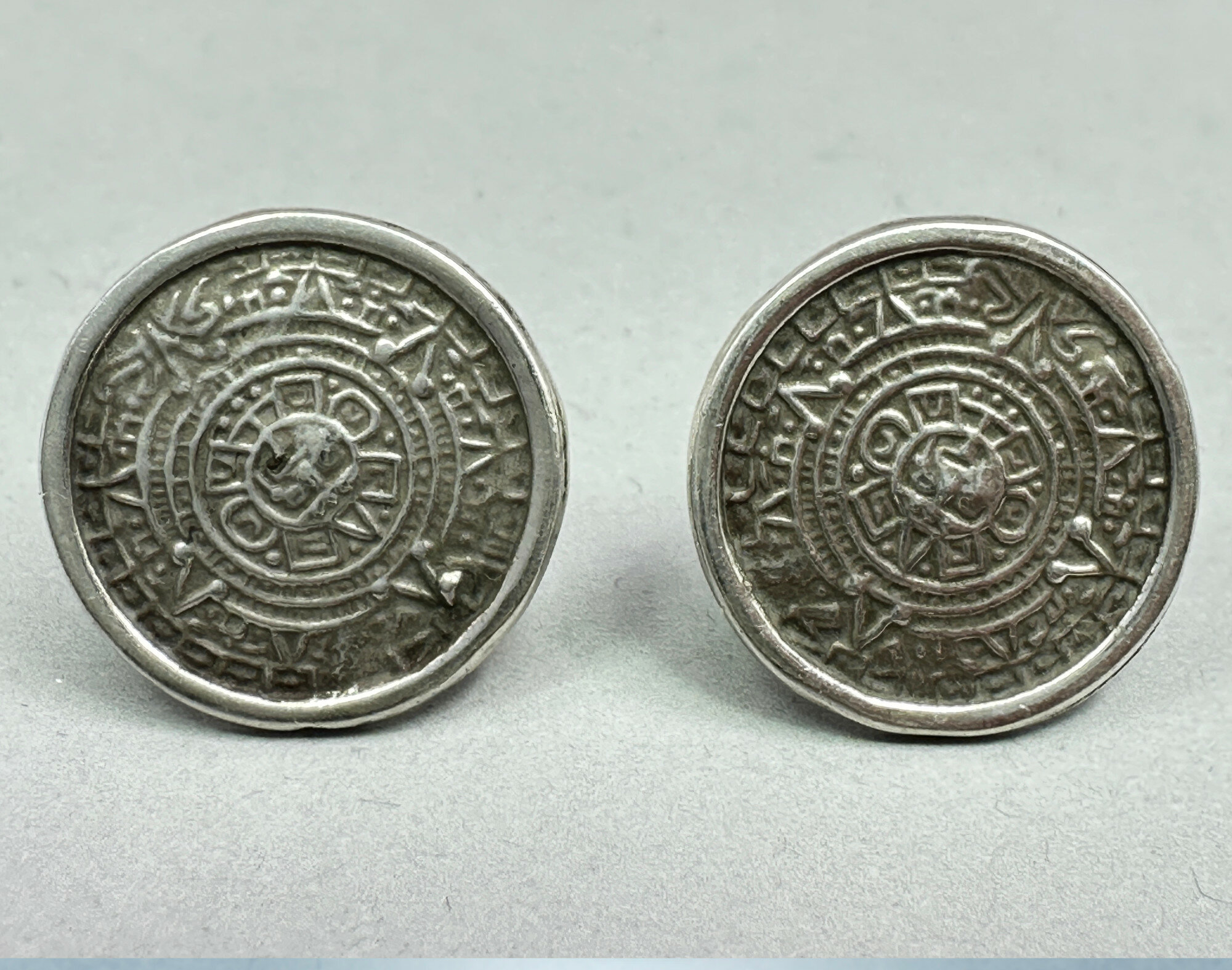
Taxco Mayan Sundial earrings, c1980
Price: £25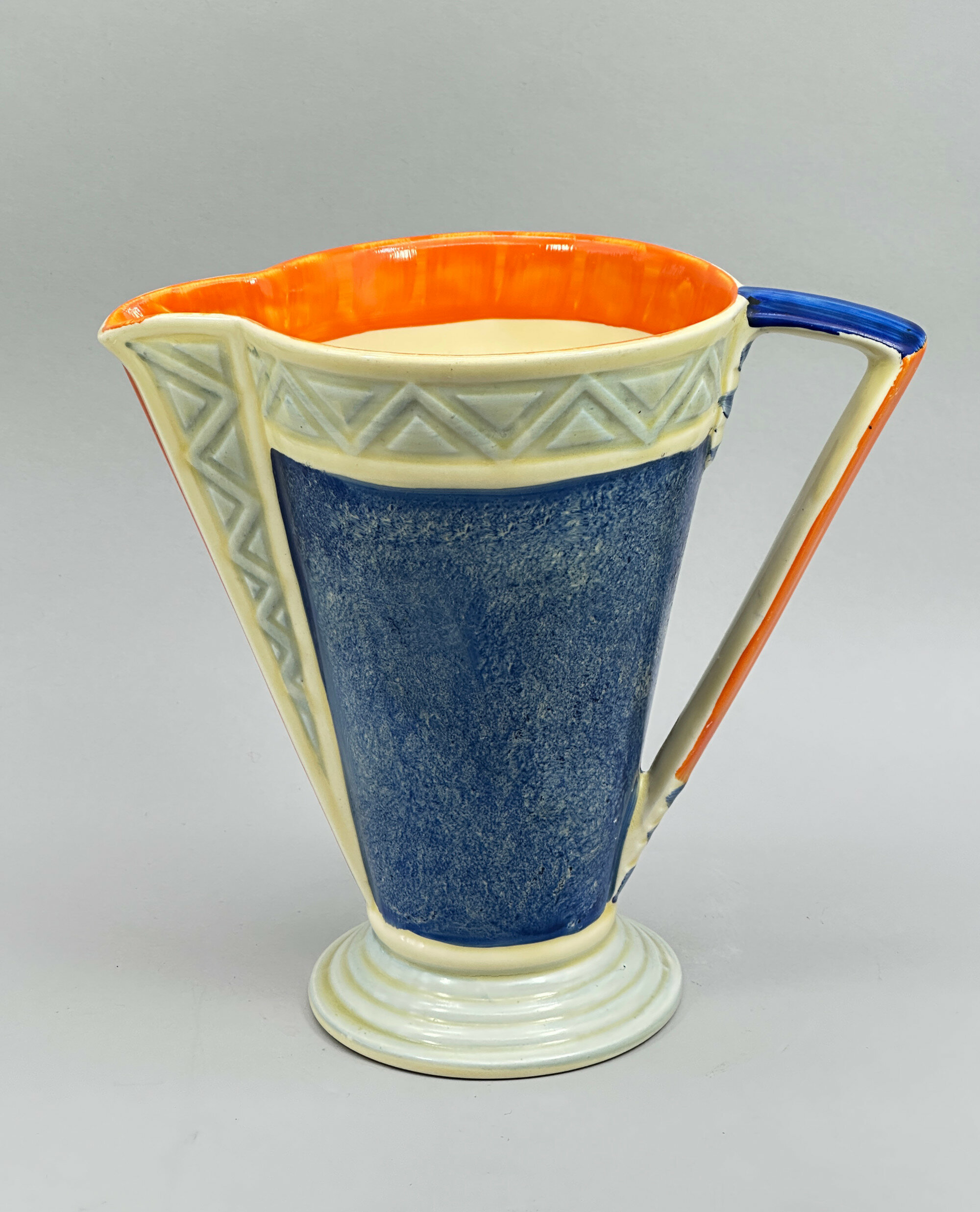
Myott Son & Co Art Deco style Jug, 1930s
Price: £75Myott Son & Co was one of famous the Staffordshire Potteries and traded for over 90 years. Founded in 1898, it began production in Stoke moving to Cobridge four years later. Its output was continuous but in 1949 the firm suffered a disastrous fire which reportedly destroyed the firm's records and pattern books and probably for this reason it relocated to Hanley. In 1969 it was bought by the American firm Interpace, but the Myott name was retained until 1976 when the company merged with Alfred Meakin Ltd, who were based in Tunstall, to form Myott-Meakin Ltd.
Myott now are best known for their Art Deco inspired designs from the 1930s. Following the success of their competitors, most notably the designs of Clarice Cliff, Myott established their own popular following and produced pieces which could rival the output of their celebrated competitors. This jug, with its clean lines and bold colours is an excellent example and like others of the same form bears the pattern umber ‘8498’. Some of their glazes were easily subject to wear and blue was less commonly used so both the condition and the colour range of this jug make it a highly desirable collector’s item.

Harmony Kingdom Trinket Box with Puffins, dated 2001
Price: £20Harmony Kingdom is a business set up by Peter Calvesbert in 1992. Their studio is situated in the Malvern Hills and they have been producing whimsical figurine sculptures for over 25 years which have an enthusiastic following, particularly in the USA. ‘In Fine Feather’ is a discontinued item so now has a very modest rarity value in addition to its intrinsic charm.
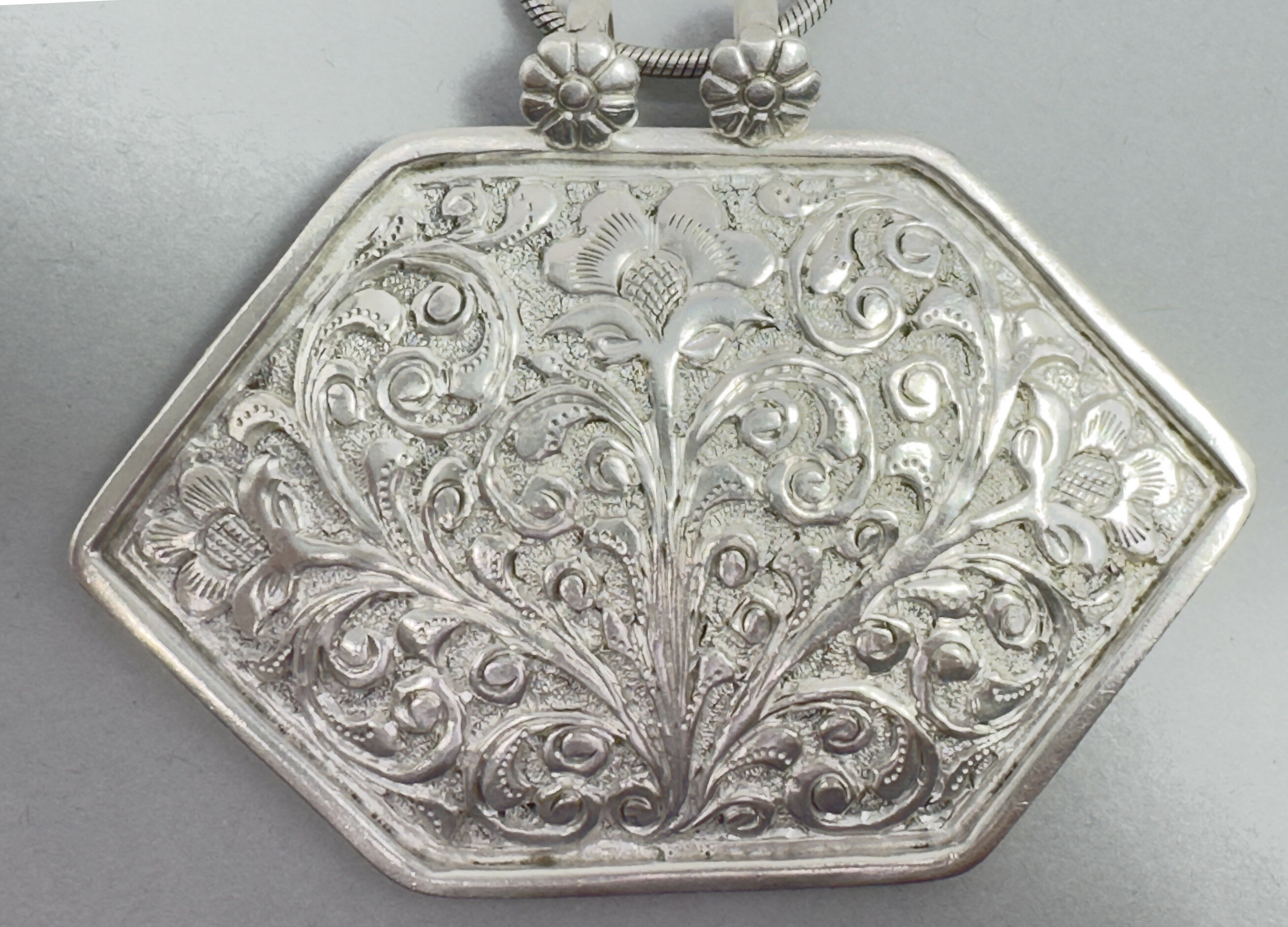
Very fine Indian silver repousse plaque Necklace, c1970
Price: £55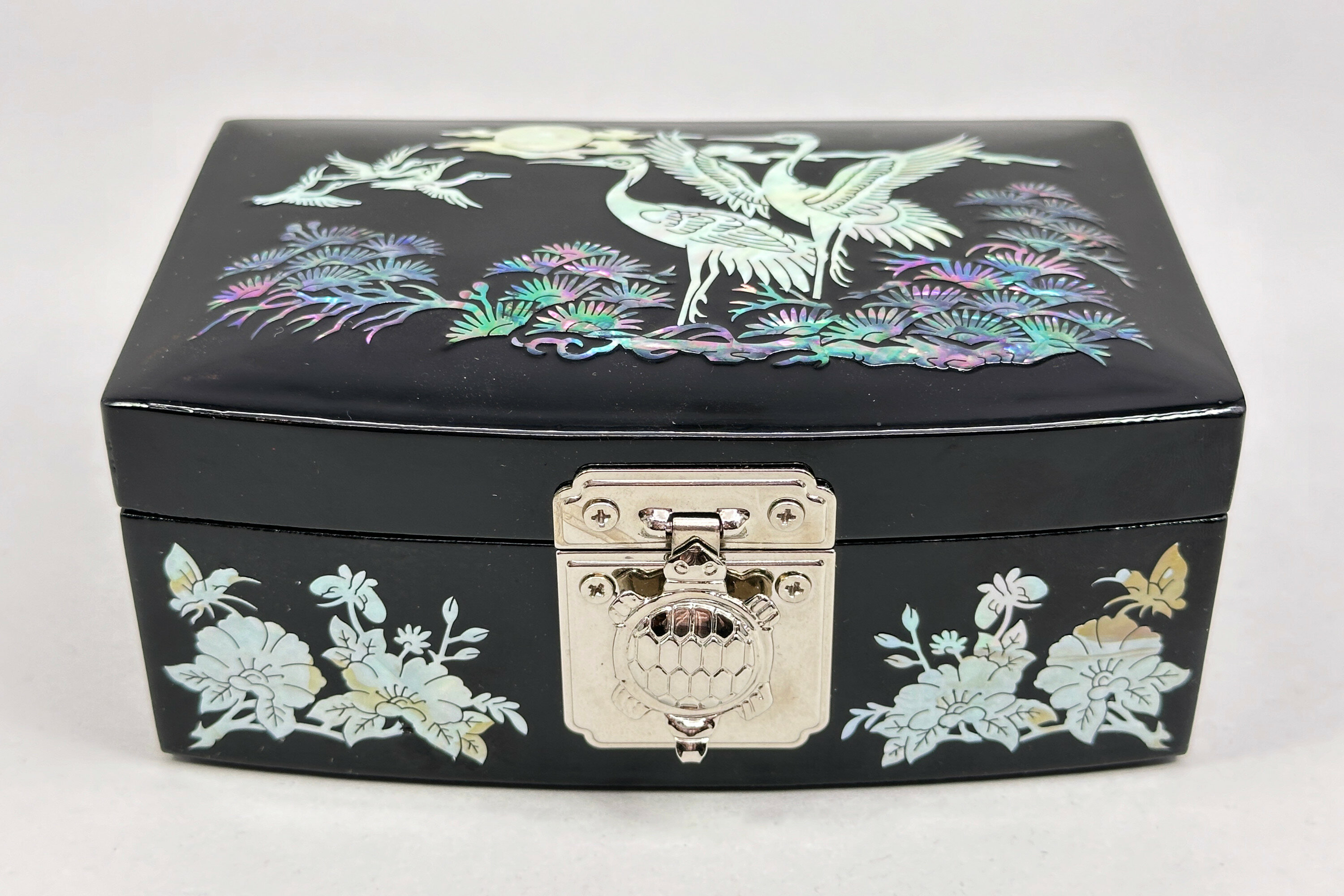
Korean Najeonchilgi lacquerware jewellery Box, C20th
Price: £25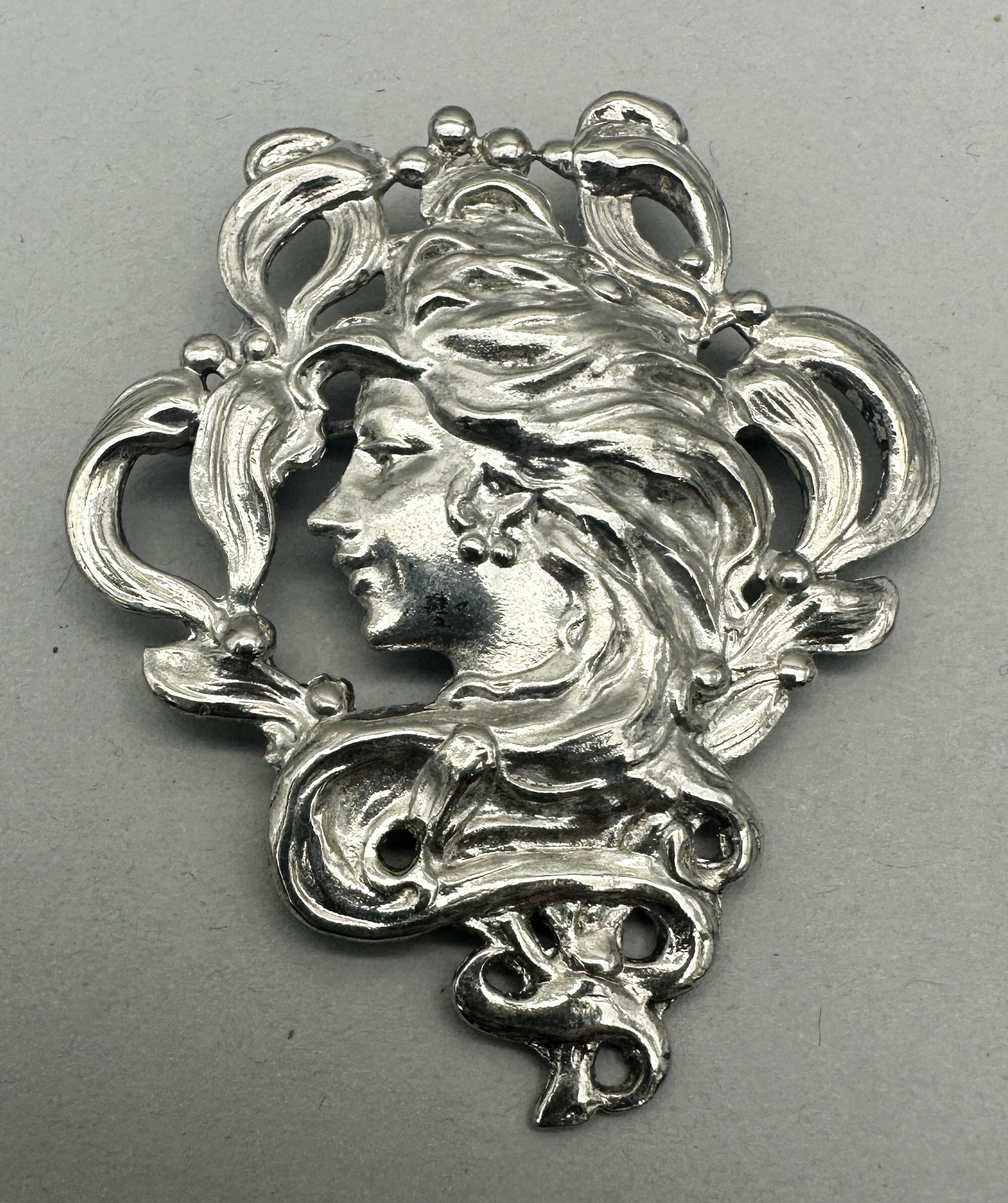
Silver Art Nouveau Mucha style brooch c1910
Price: £35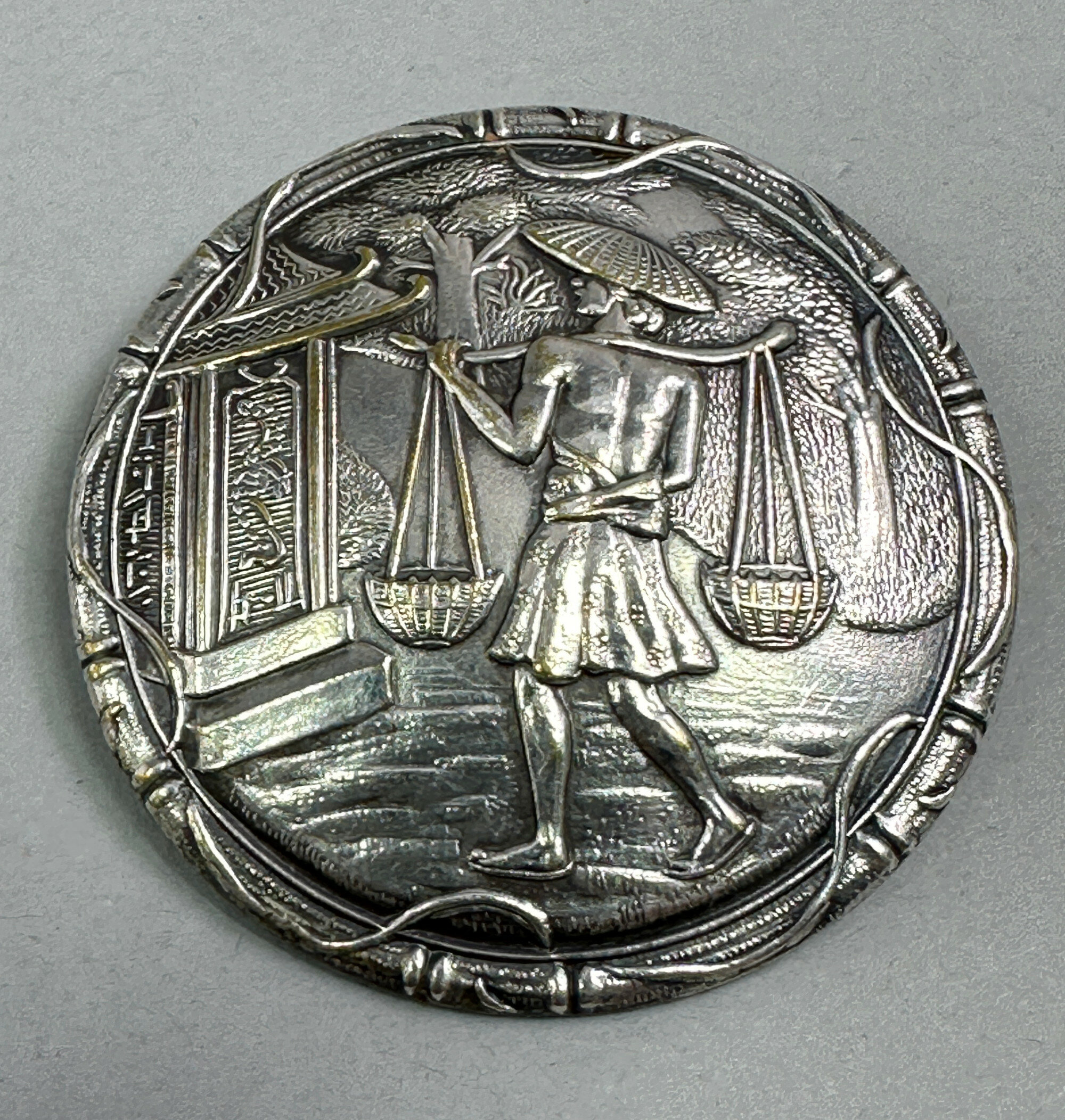
Japanese silver souvenir brooch c1950
Price: £18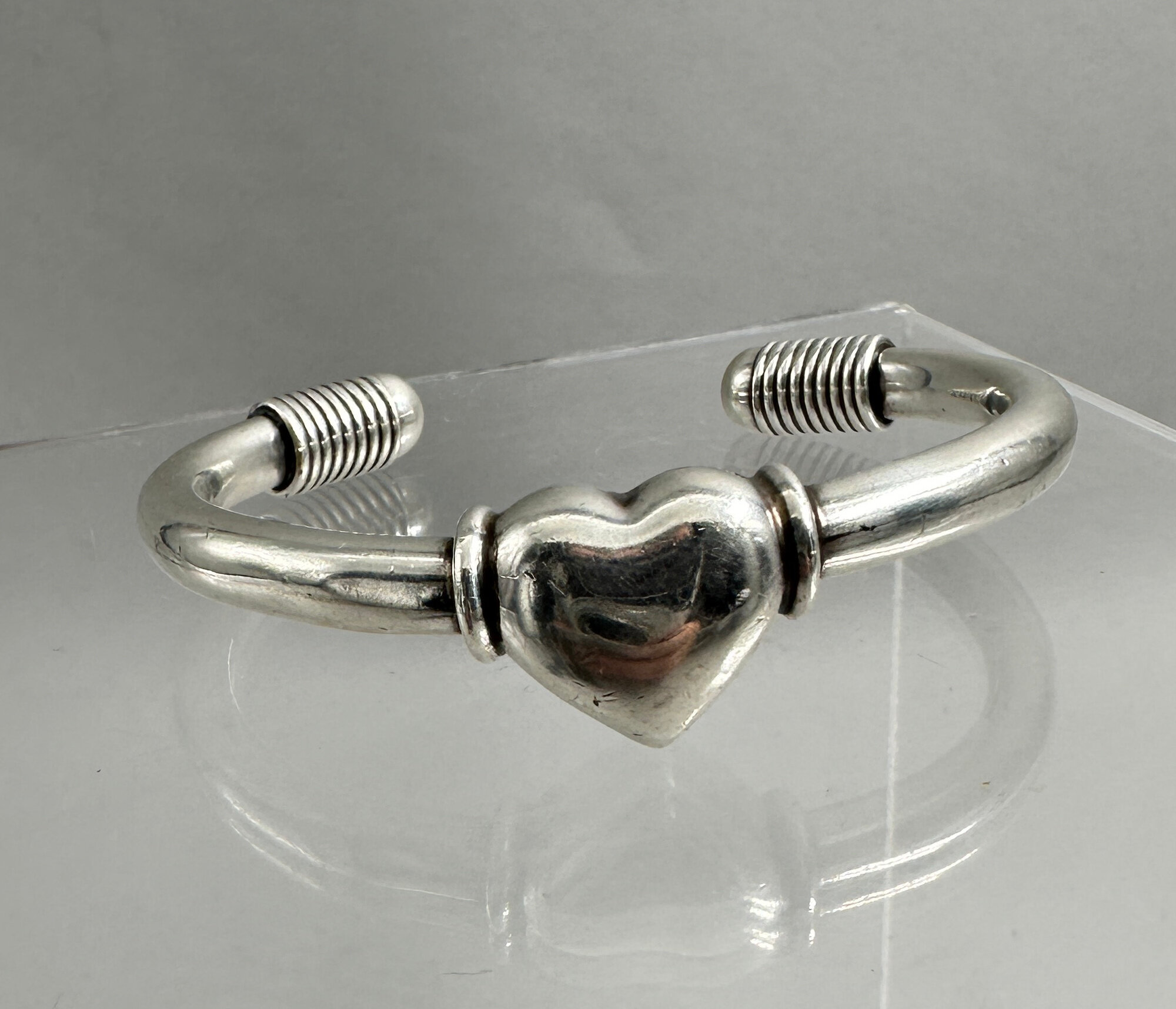
Sweet Taxco heart bracelet c1980
Price: £75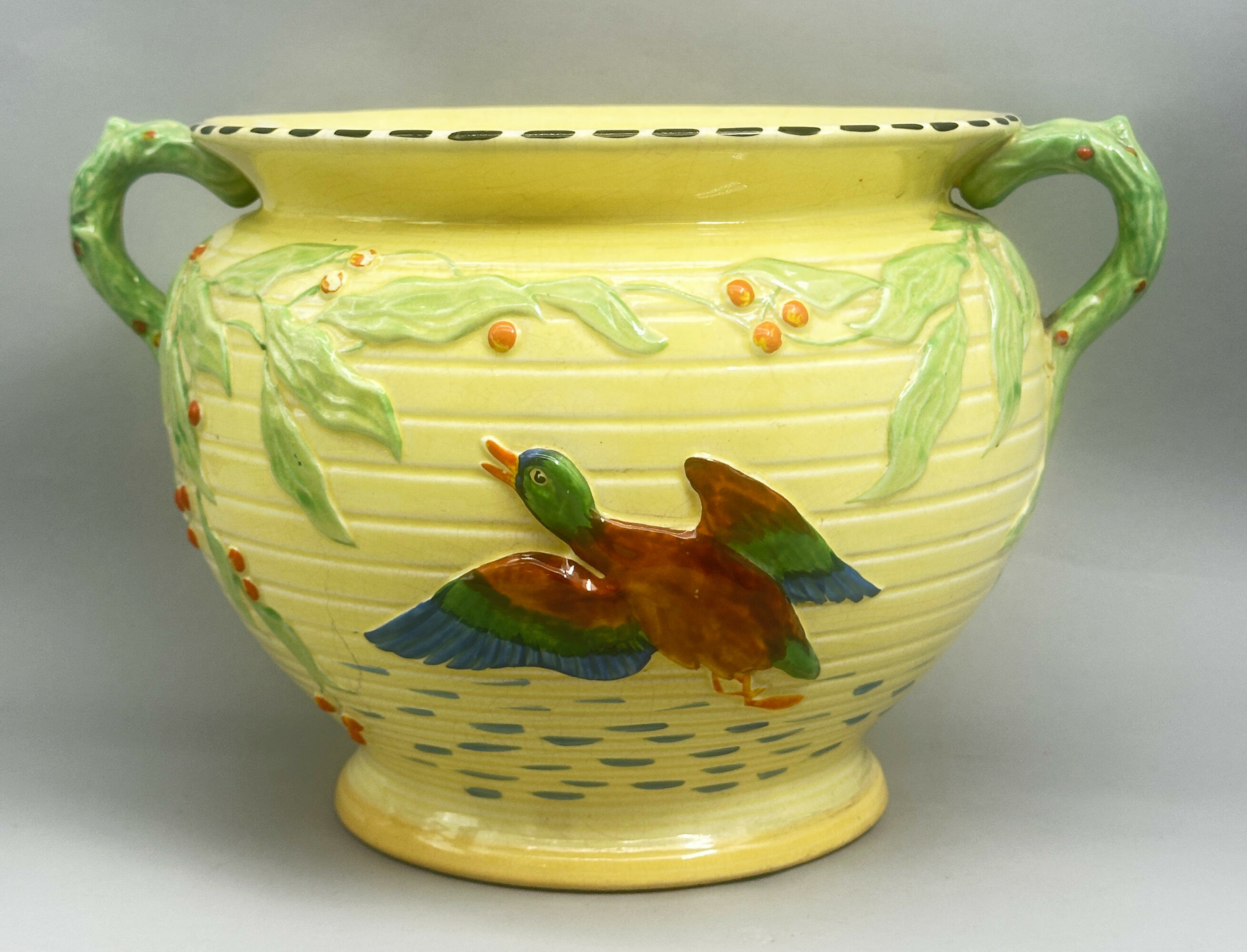
Falcon Ware Jardiniere decorated Mallard Duck and Foliage, 1930s
Price: £65Falcon Ware was the trade name for pieces produced by Thomas Lawrence, later Thomas Lawrence (Longton) Ltd, a business founded by Thomas Lawrence in 1885 which moved to the Falcon works, Longton, in 1895. In the same year he took his nephew, John Grundy into partnership and around 1920 Grundy became the Managing Director. Thomas Lawrence died in April 1932 and John Grundy became the sole proprietor until his death in 1938 when the business was sold to Grundy's son-in-law Mr Richard Hull (jnr) and Mr. E.J. Dennis and the name was changed to 'Thomas Lawrence (Longton) Limited'. At the same time the firm merged with Shaw and Copestake Ltd of which Richard Hull was a Director but the two businesses still operated independently until 1962 when the Thomas Lawrence business was fully subsumed by its partner with the ‘Falcon’ name ceasing to be used two years later in 1964.
Falcon Ware was known for colourful and decorative designs often with naturalistic themes. This jardiniere is an excellent and unusual example. The cipher ‘LG’, for Lawrence and Grundy, which is not so often found, implies a dating to the 1930s which corresponds with the general style of the piece with its hint of Art Deco associations.

Art Deco style Glass Box and Cover decorated with a dancing Ballerina, mid C20th
Price: £35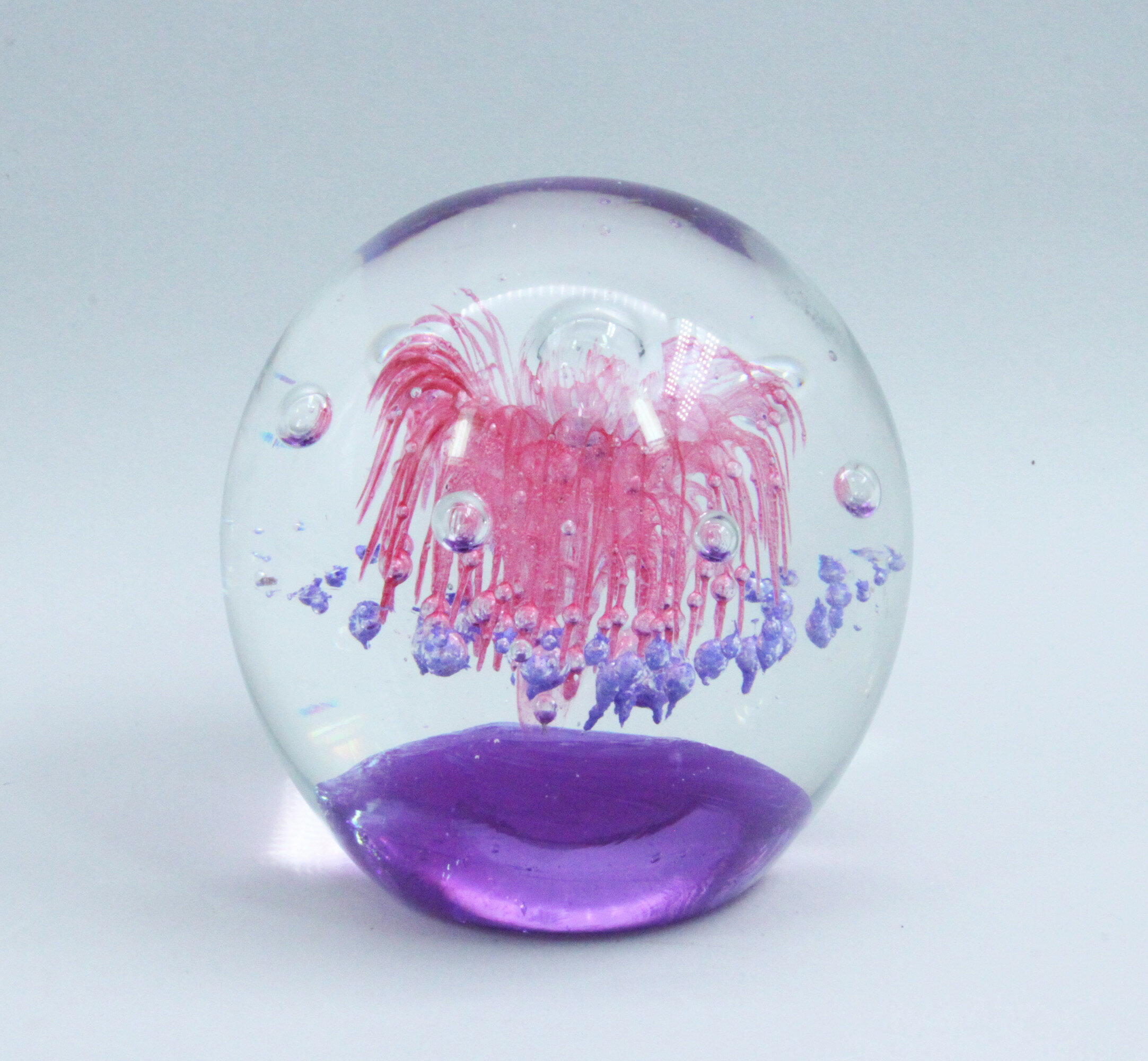
Art Glass Doorstop with Starburst and Bubble designs, perhaps British, late C20th
Price: £45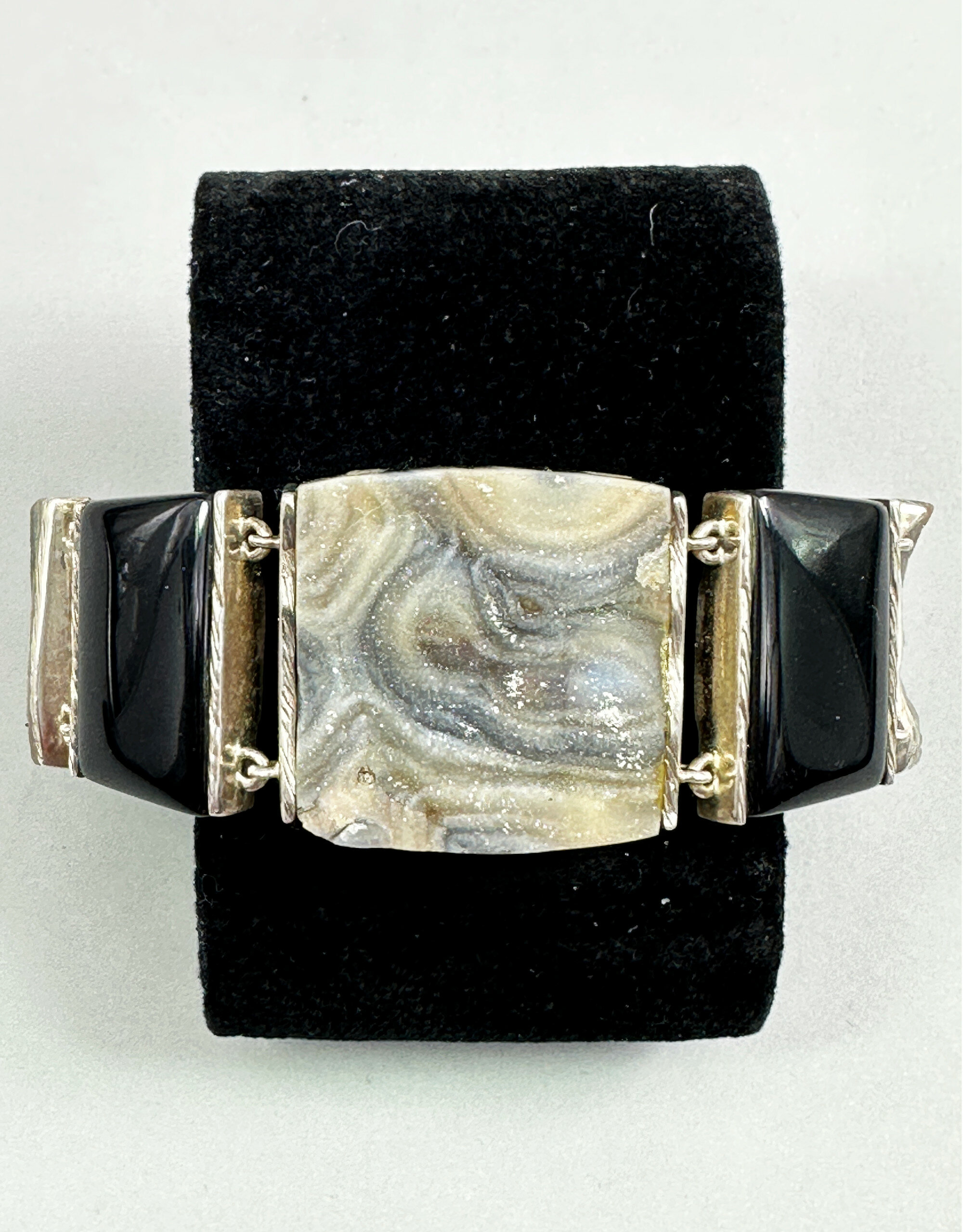
Druzy Quartz and Onyx panel Bracelet, c1940
Price: £125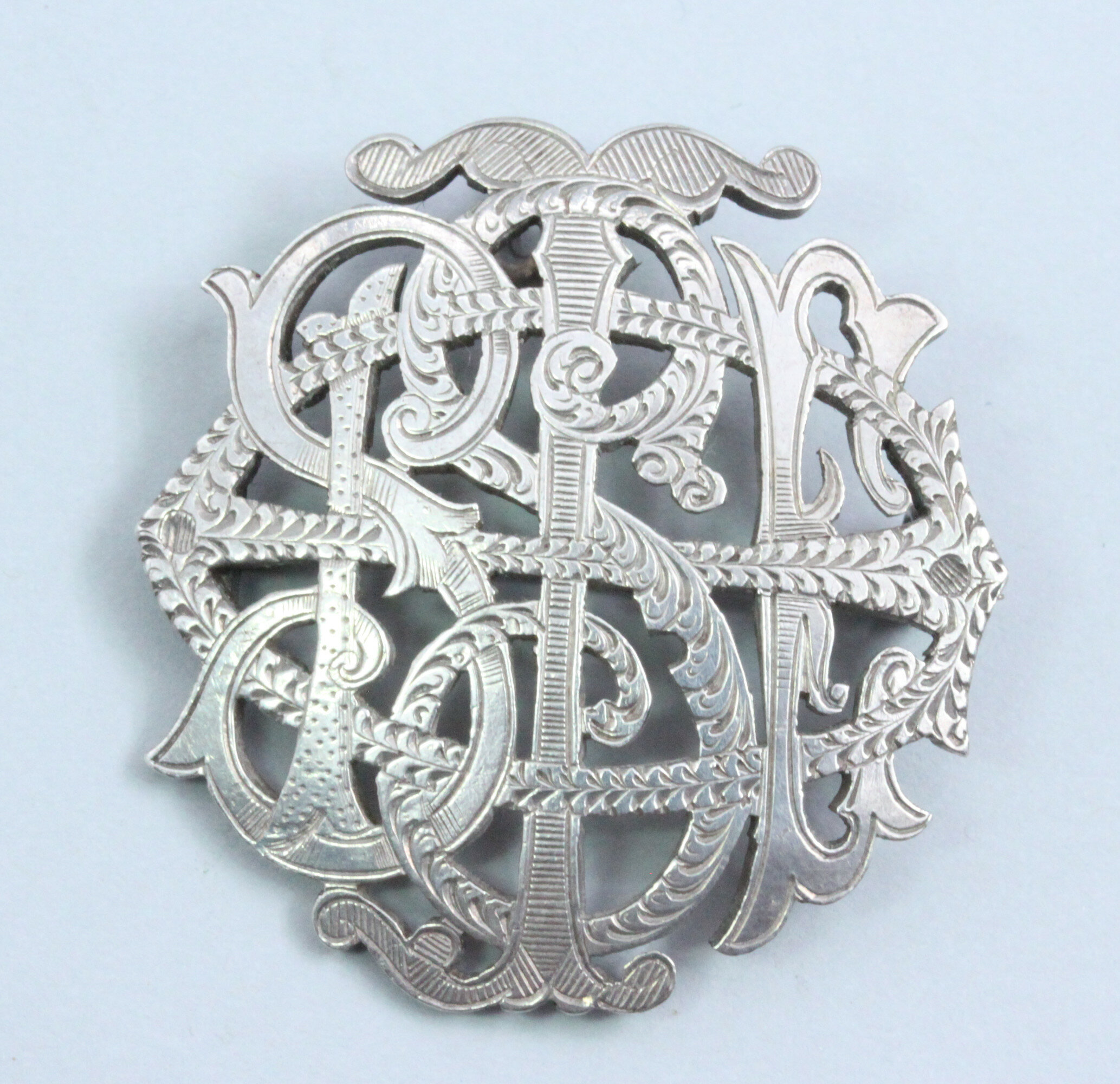
Silver Monogram Celtic Style Brooch Hallmarked 1878/1879
Price: £45An advert for Edwin Umfreville appeared in 'The Bazaar, The Exchange and Mart - 19th April 1879' where one of his pieces is described. "Like all the “ E. U." jewellery that we have seen, the workmanship is first-class, and the design most tasteful."
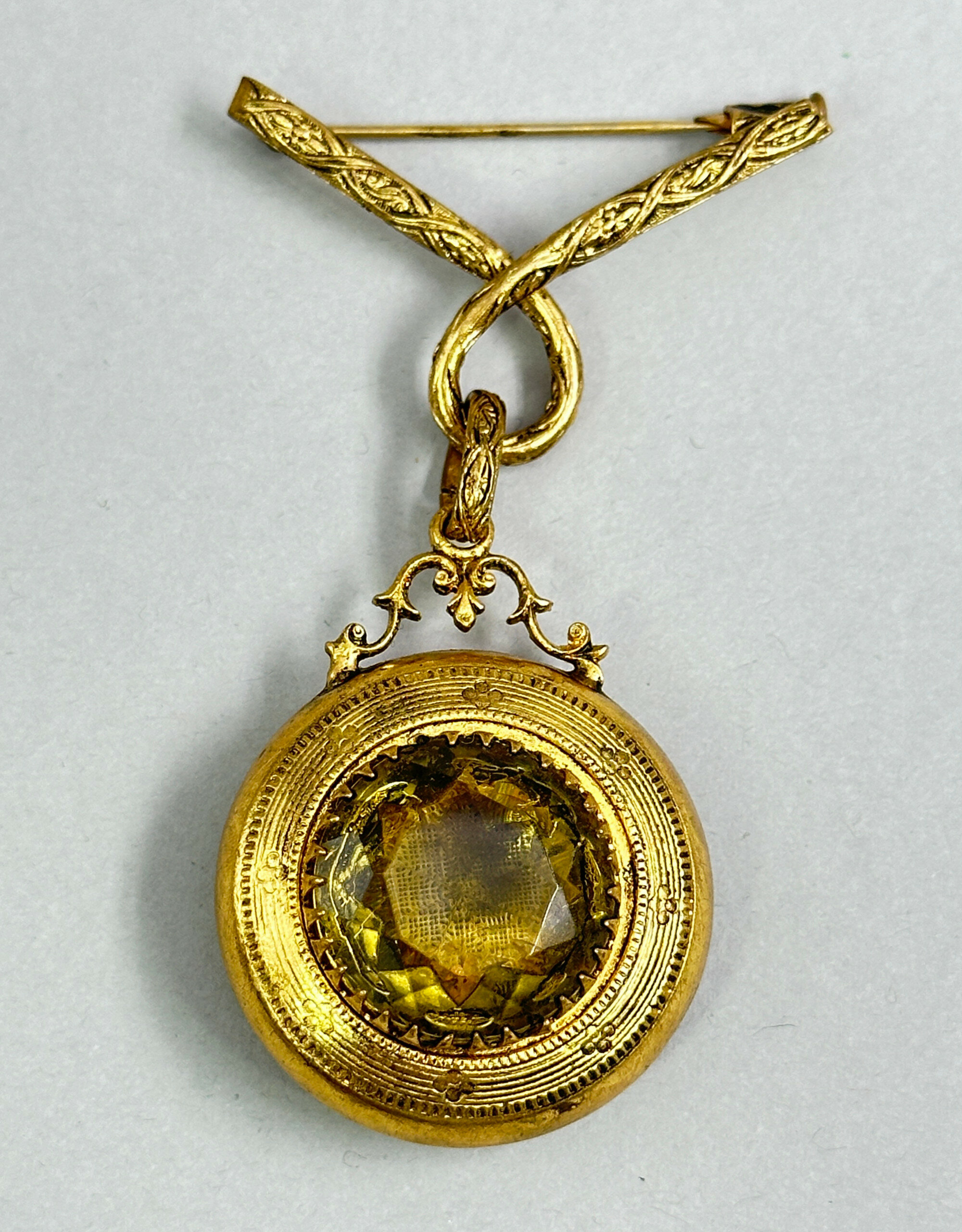
Statement fob brooch with large faux citrine drop c1950
Price: £15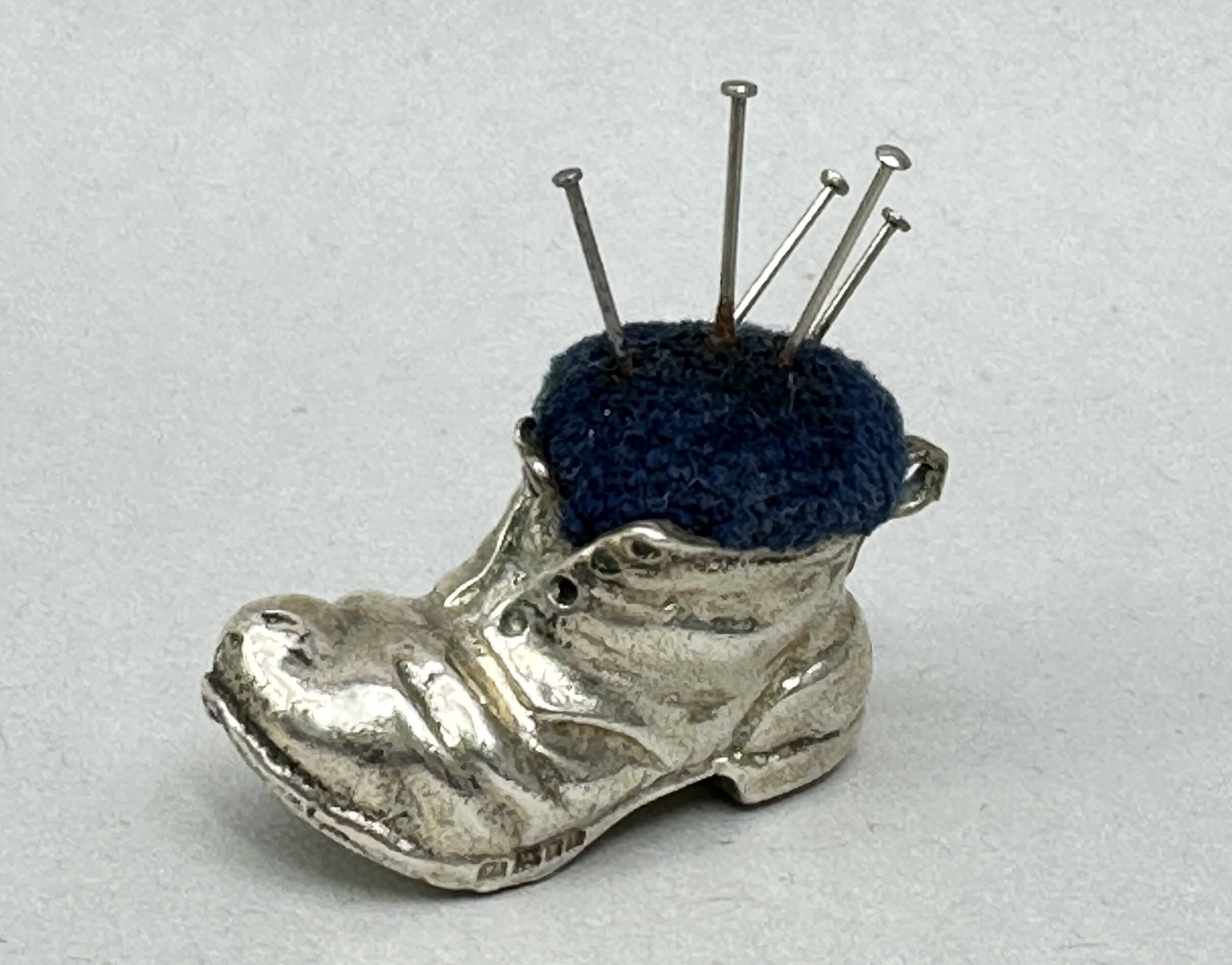
English Silver pin cushion in the form of a boot, London 1991
Price: £75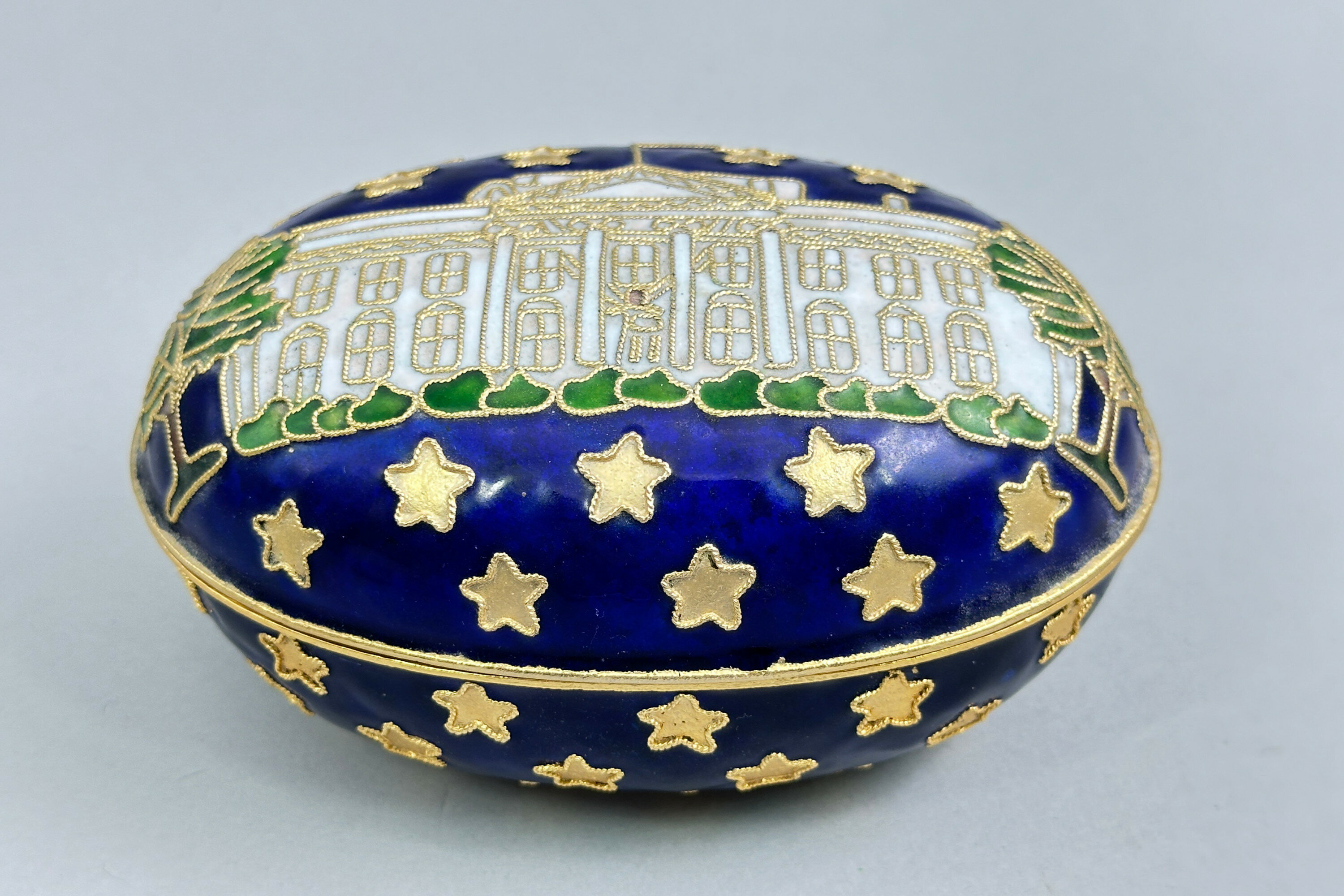
Souvenir White House Enamel Box and Cover
Price: £15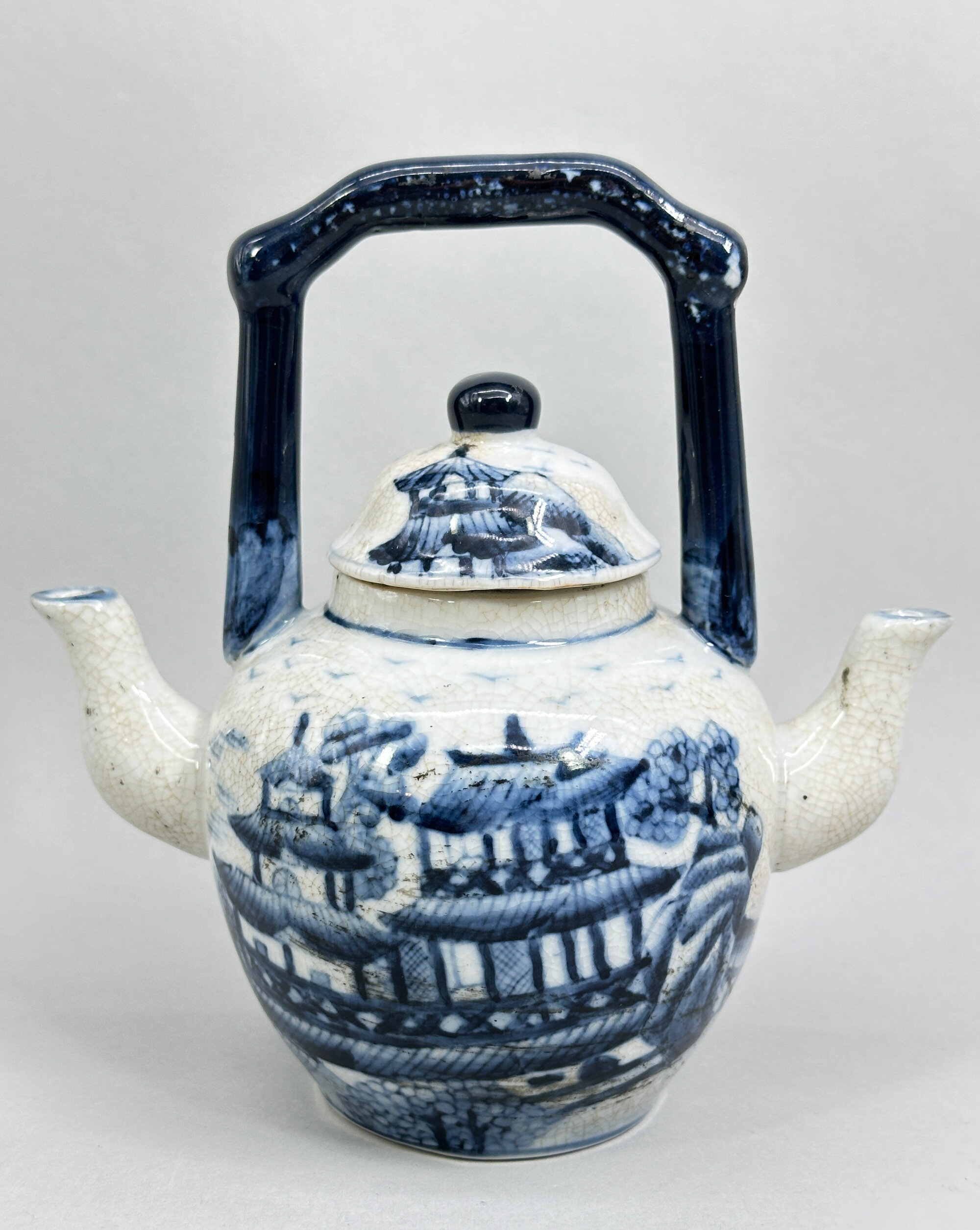
Chinese provincial double spout Teapot, early C20th
Price: £55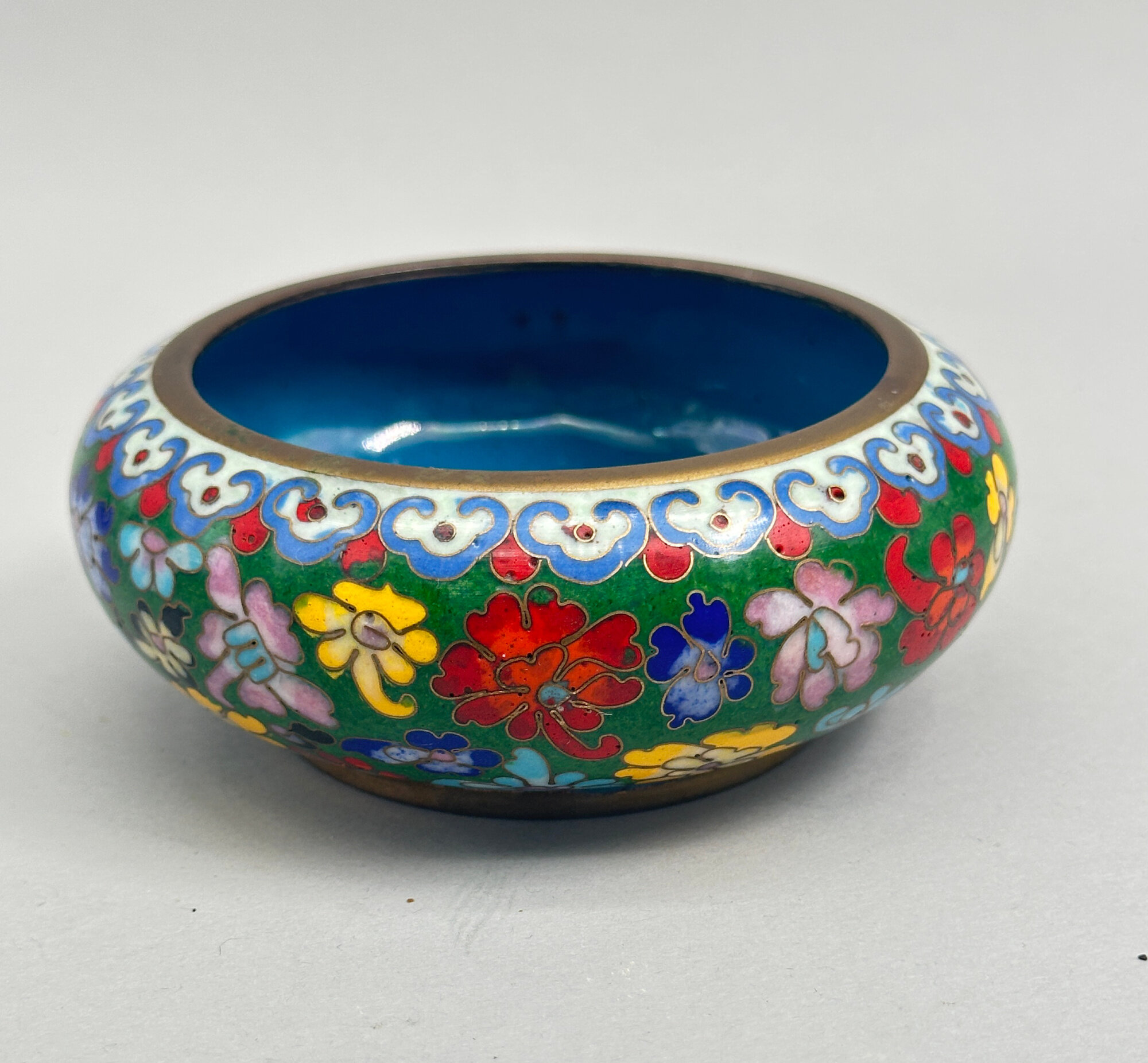
Chinese Cloisonne Shallow Bowl, C19th
Price: £45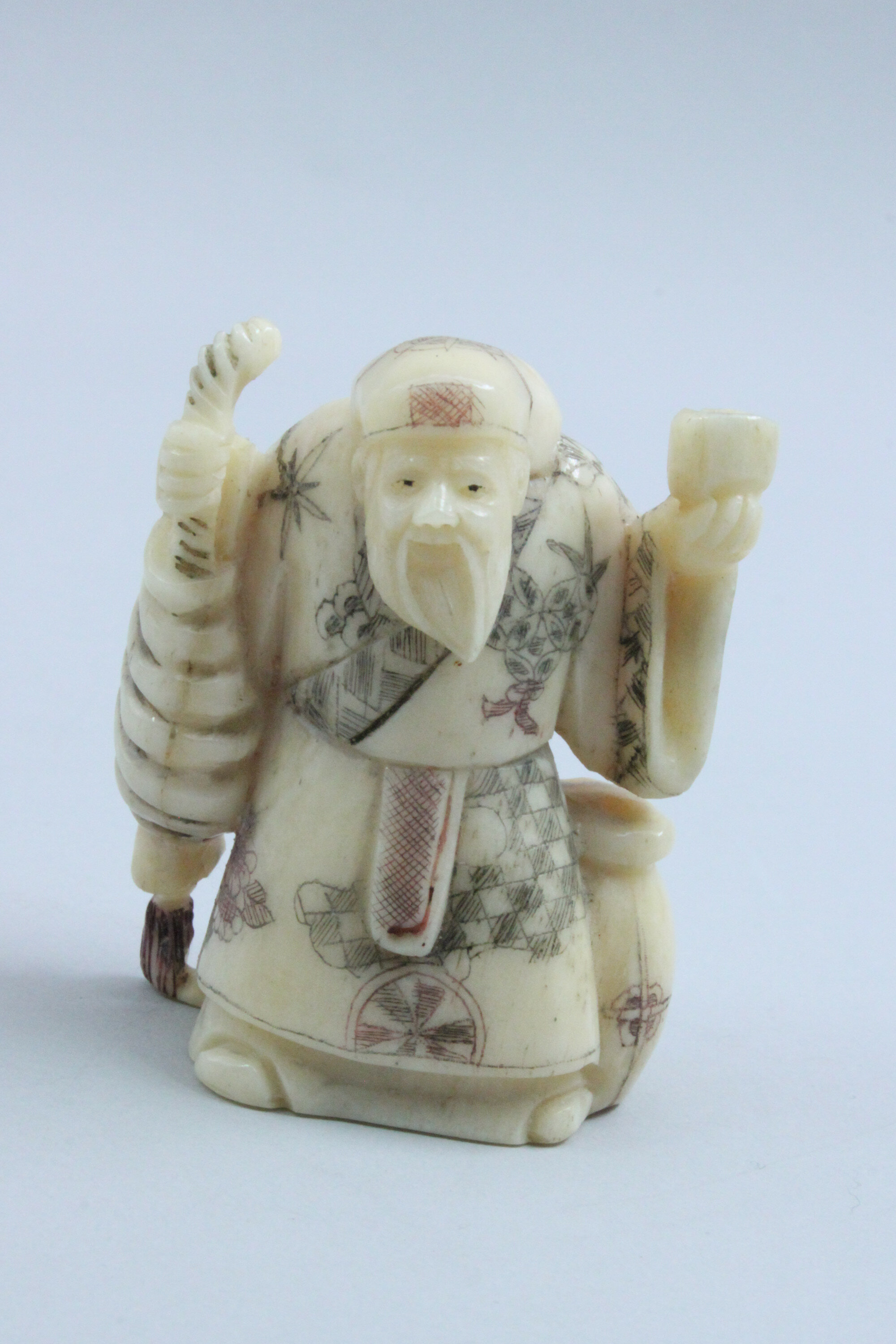
Chinese Bone Netsuke carving of a Sage, early C20th
Price: £45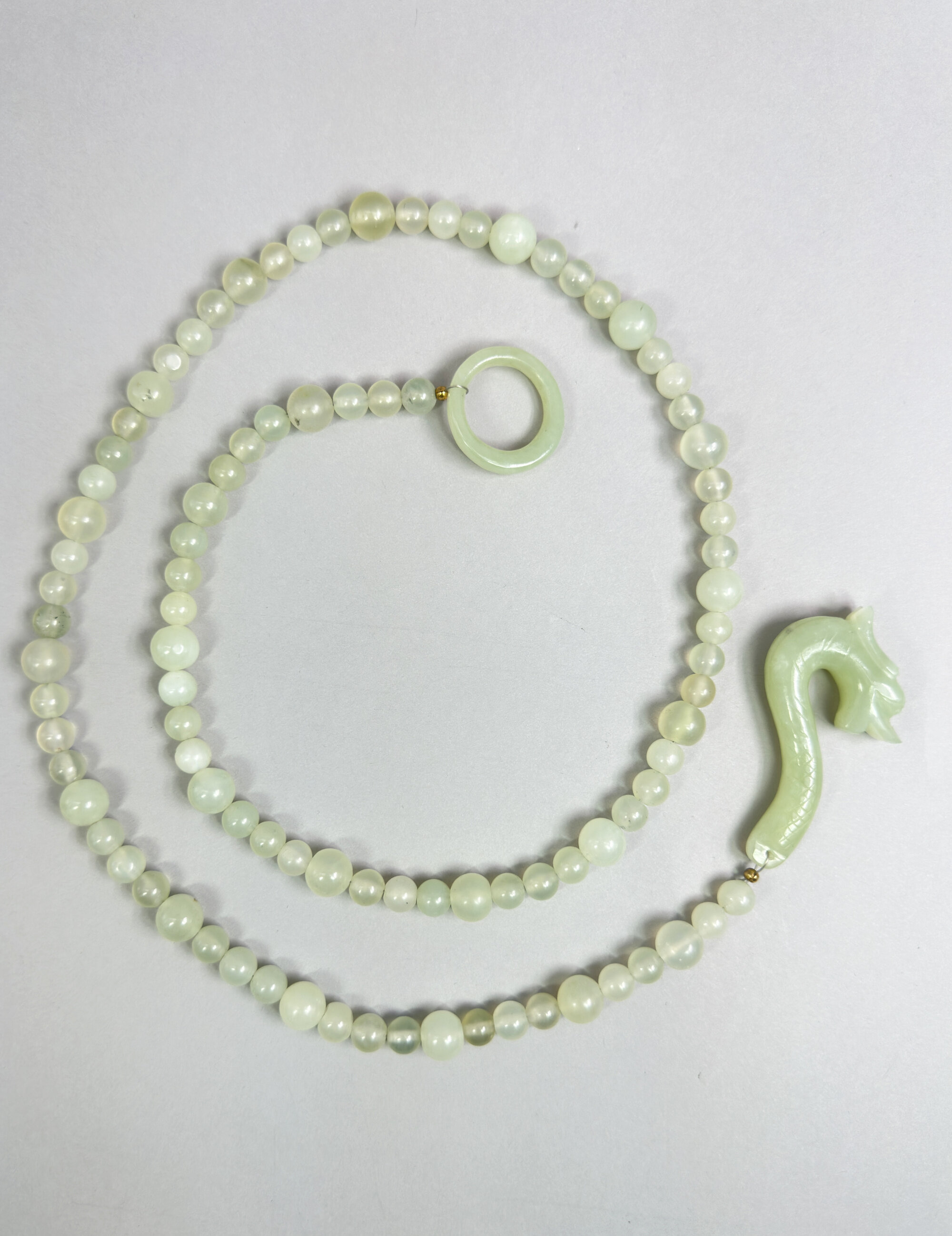
Fun vintage jade necklace with hook and ring closure c1980
Price: £25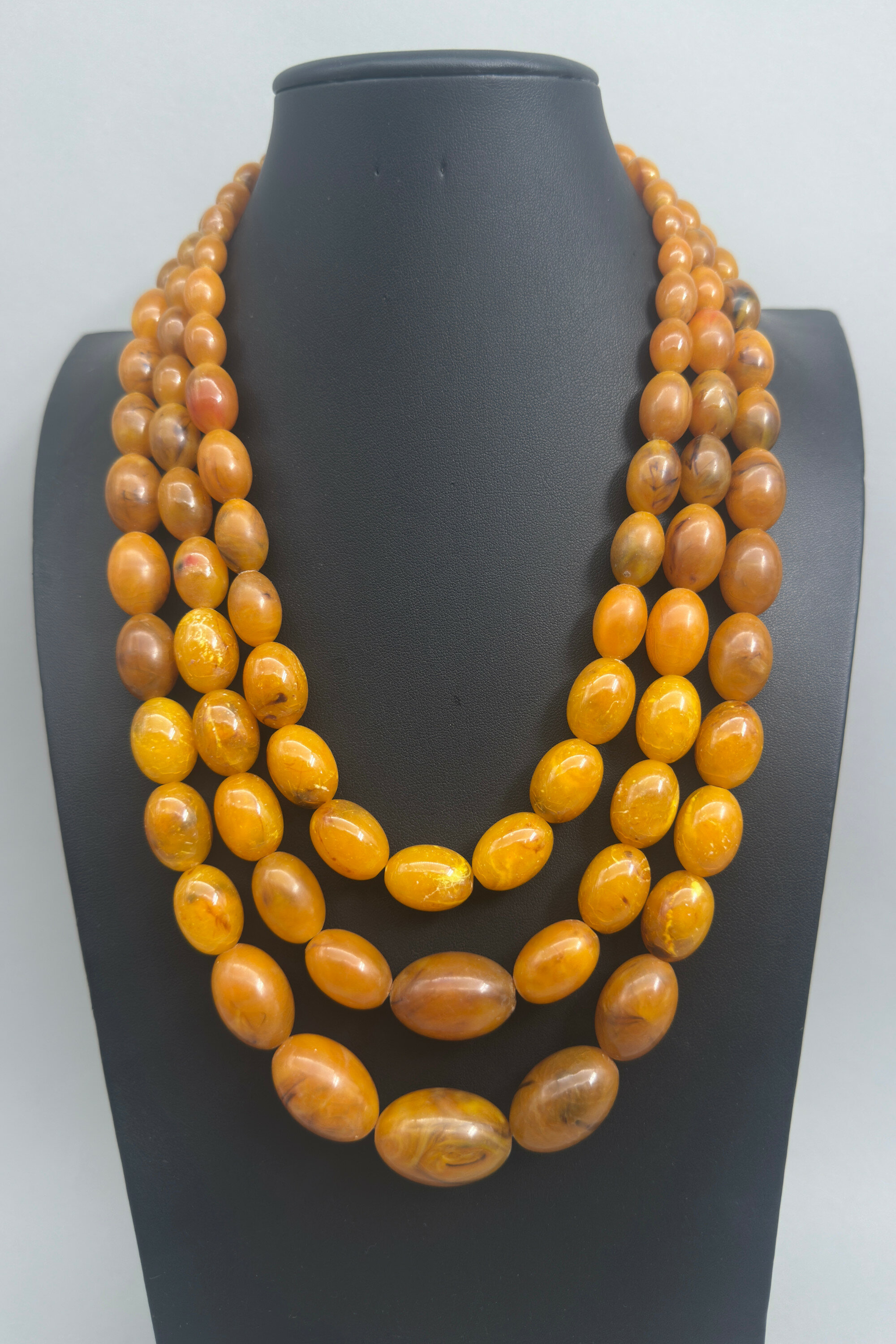
Triple strand of amber Bakelite beads, British 1930s
Price: £750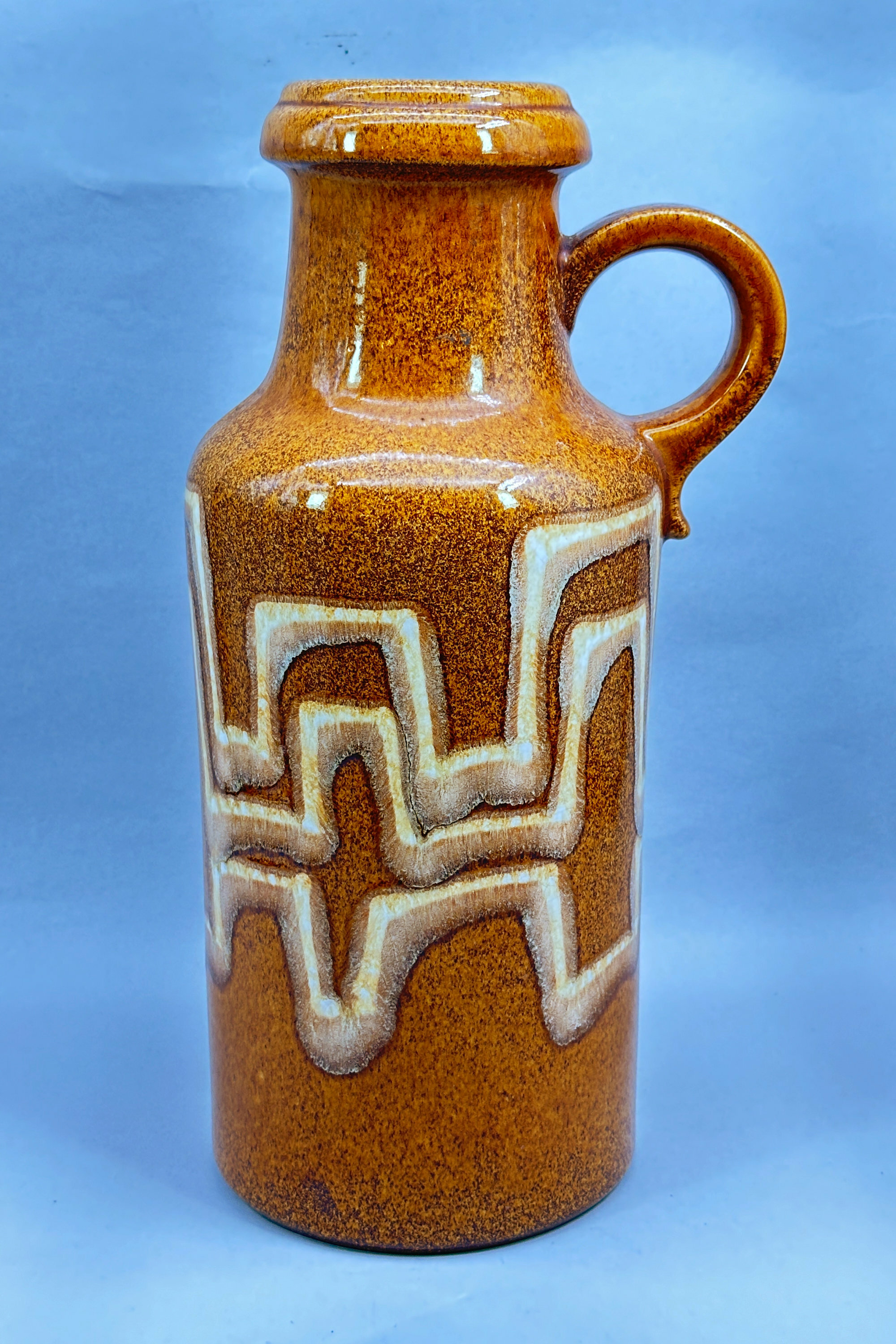
Scheurich West German Vase in Brutalist Style, late C20th
Price: £55Although not marked with their name (few pieces were until the later years of production) this vase has all the hallmarks of the Scheurich factory founded in 1954 by Alois Scheurich who had been a partner before then in the firm ‘Scheurich and Greulich’ (S&G) since 1927. While founded later than many of its competitors, Scheurich grew to become the principal exporter of West German ceramics through until the 1980s and beyond, making vases in a wide variety of shapes and designs. This piece is rather more austere than many of their productions and the clean lines of the form combined with the rather stark decoration perhaps make it particularly suitable for a contemporary interior.
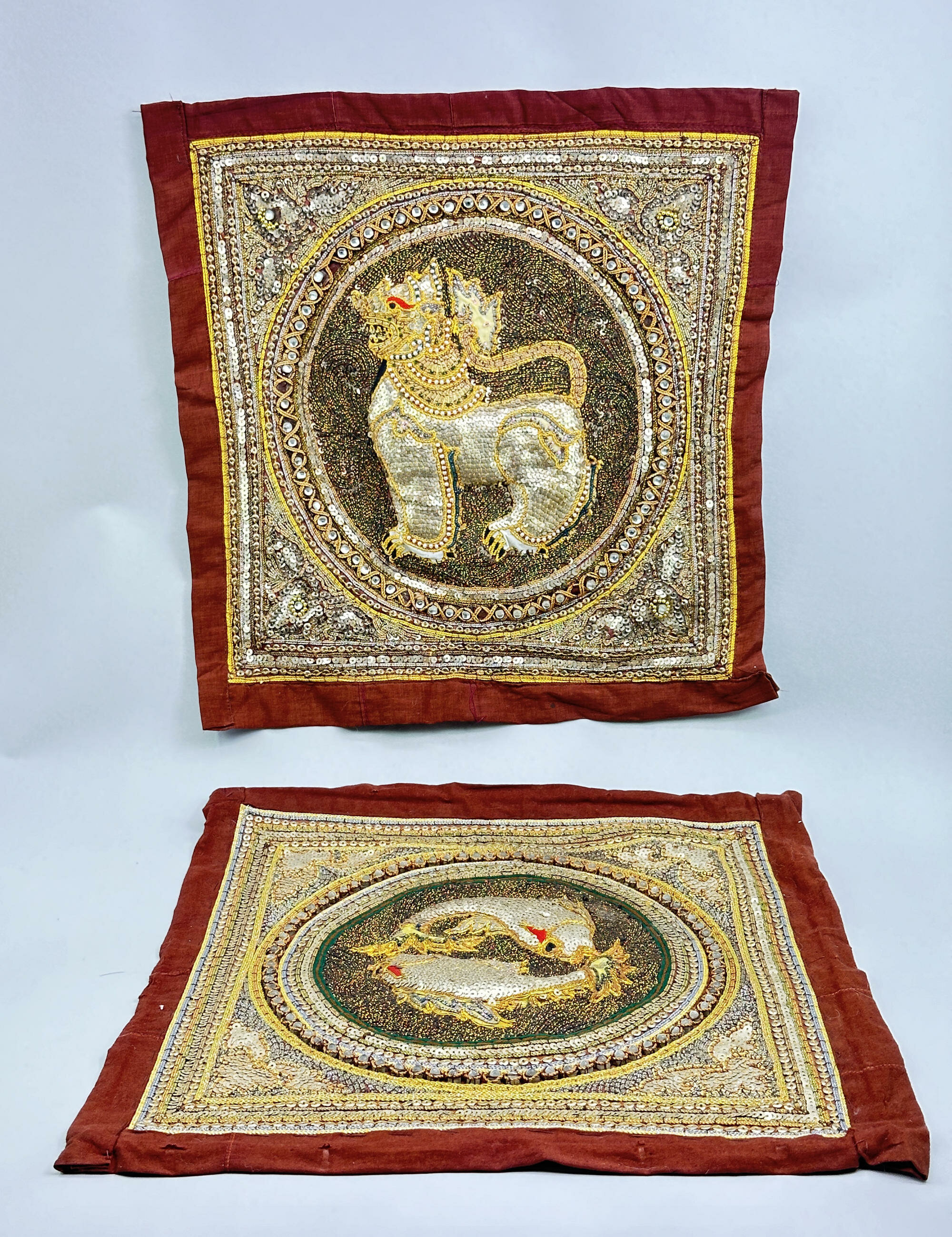
Two Burmese Textiles, mid C20th
Price: £55The distinctive style of embroidery and applied work here is typical of Burmese work known as ‘Kalaga’ which means ‘curtain’ in Burmese and is used to refer to heavily embroidered appliqué tapestry sewn with a technique called ‘shwe gyi do’. First produced around 150 years ago, Kalagas are generally linen, silk, cotton or velvet background fabrics embellished with sequins, embroidery, beads, coloured stones, tiny pearls, coral, braids and metal threads, the choice of materials depending in part on the client’s budget. Cotton padding was used to produce the ‘3D’ effect seen here and on many other examples of the work. The elaborate decoration meant that some of the larger pieces could take many months to produce. These two panels are an excellent example of the genre with the lavish use of gold thread. They have survived in excellent condition and can decorate an interior today in the same way that they graced the interiors of the makers’ contemporaries. Dating is difficult and a mid C20th attribution is probably sensible but an earlier period of manufacture is quite possible.
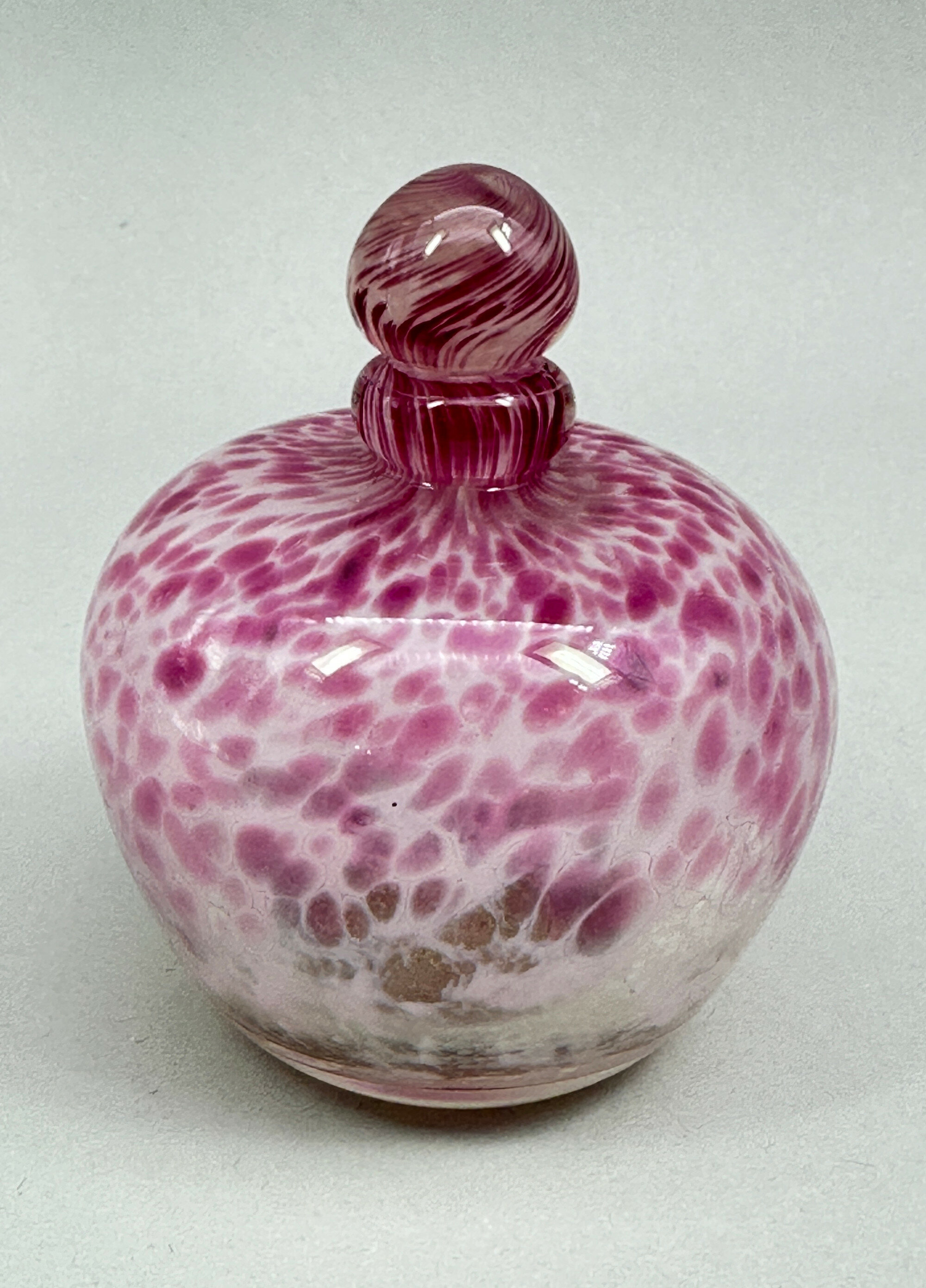
Caithness Glass Perfume Bottle and Stopper, late C20th
Price: £30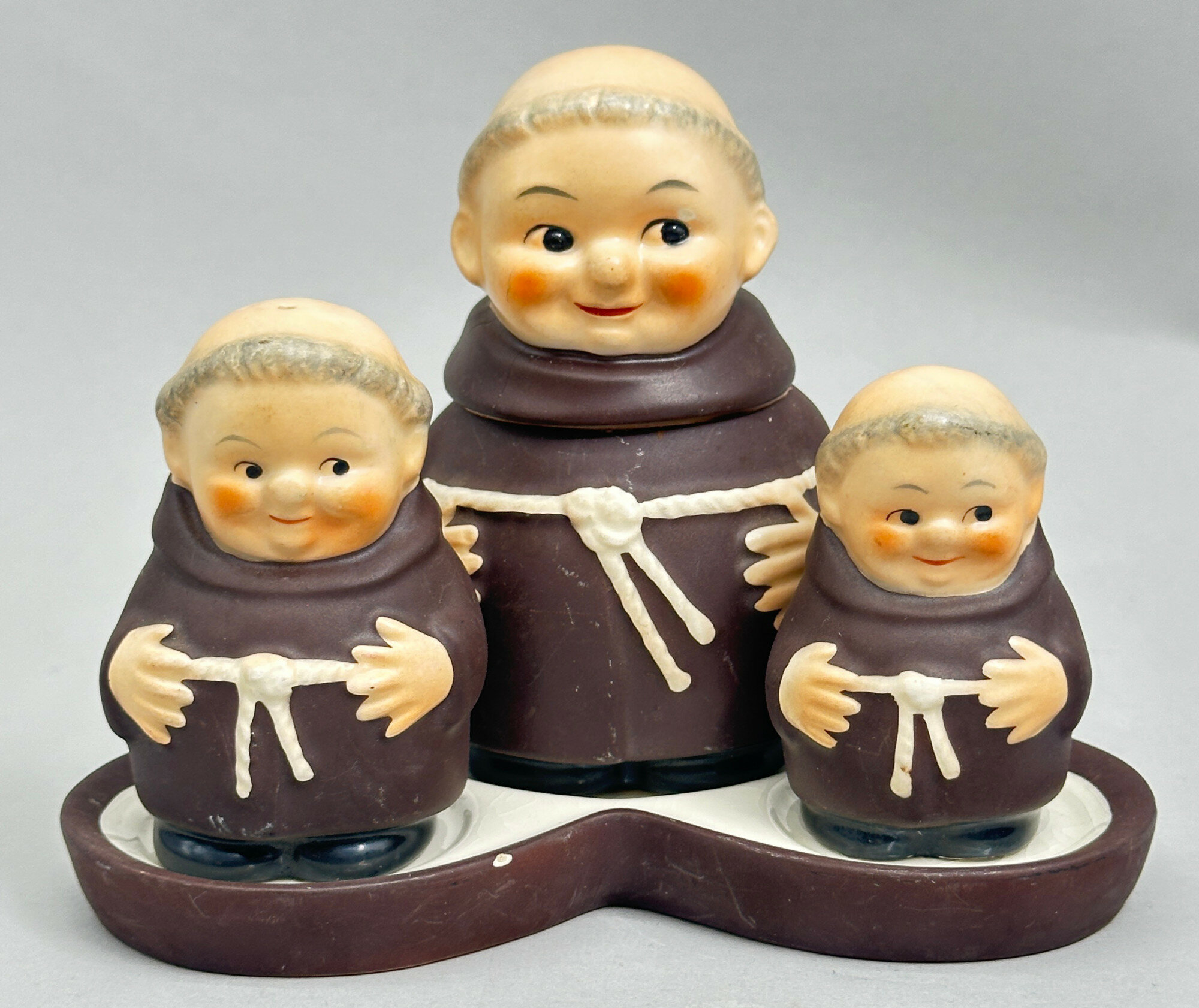
Cruet set in the form of three Friar Tuck Monks on a Tray, Hummel, West Germany, 1960s
Price: £55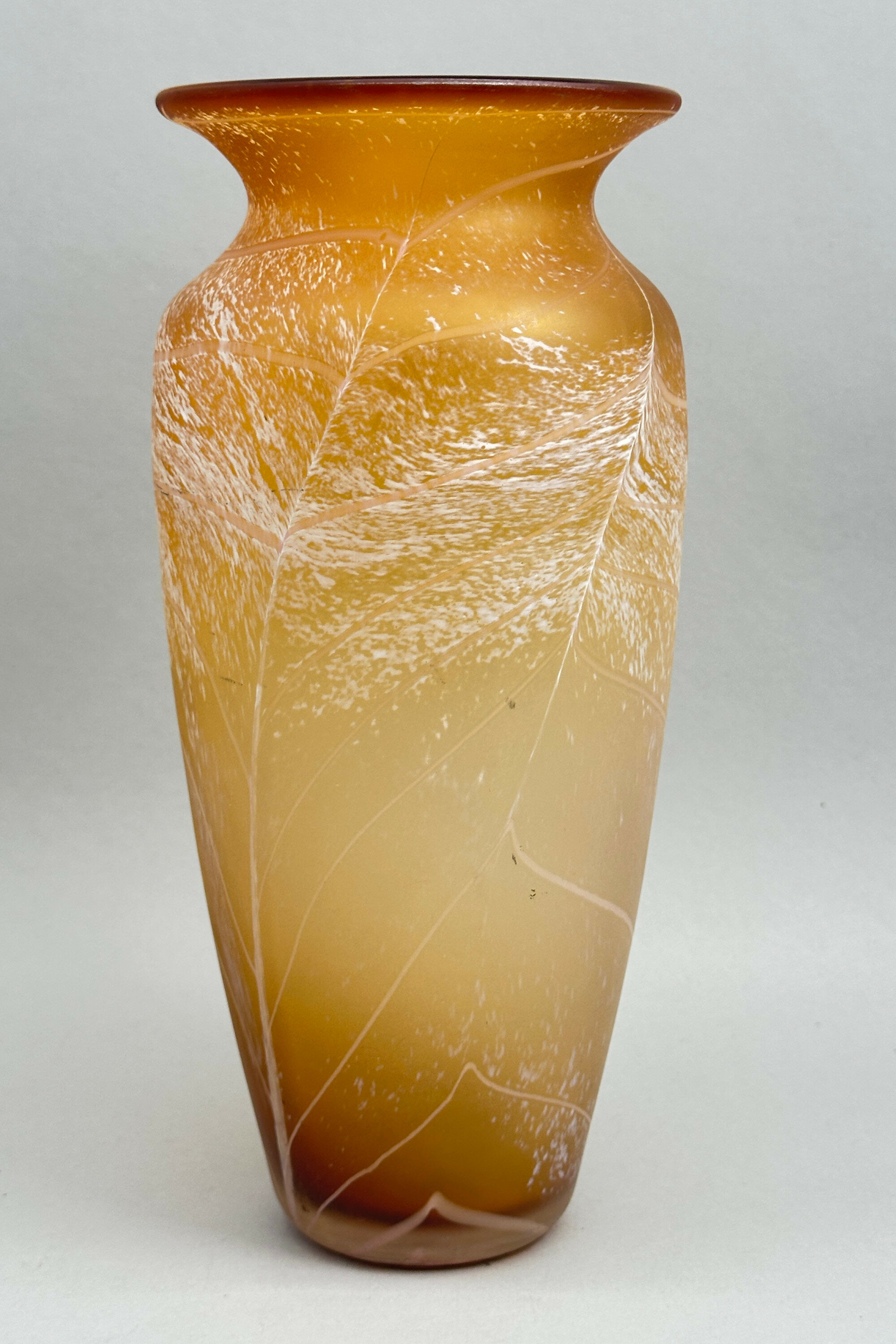
Art glass feather design Vase, probably German second half C20th
Estimate: £30 – 40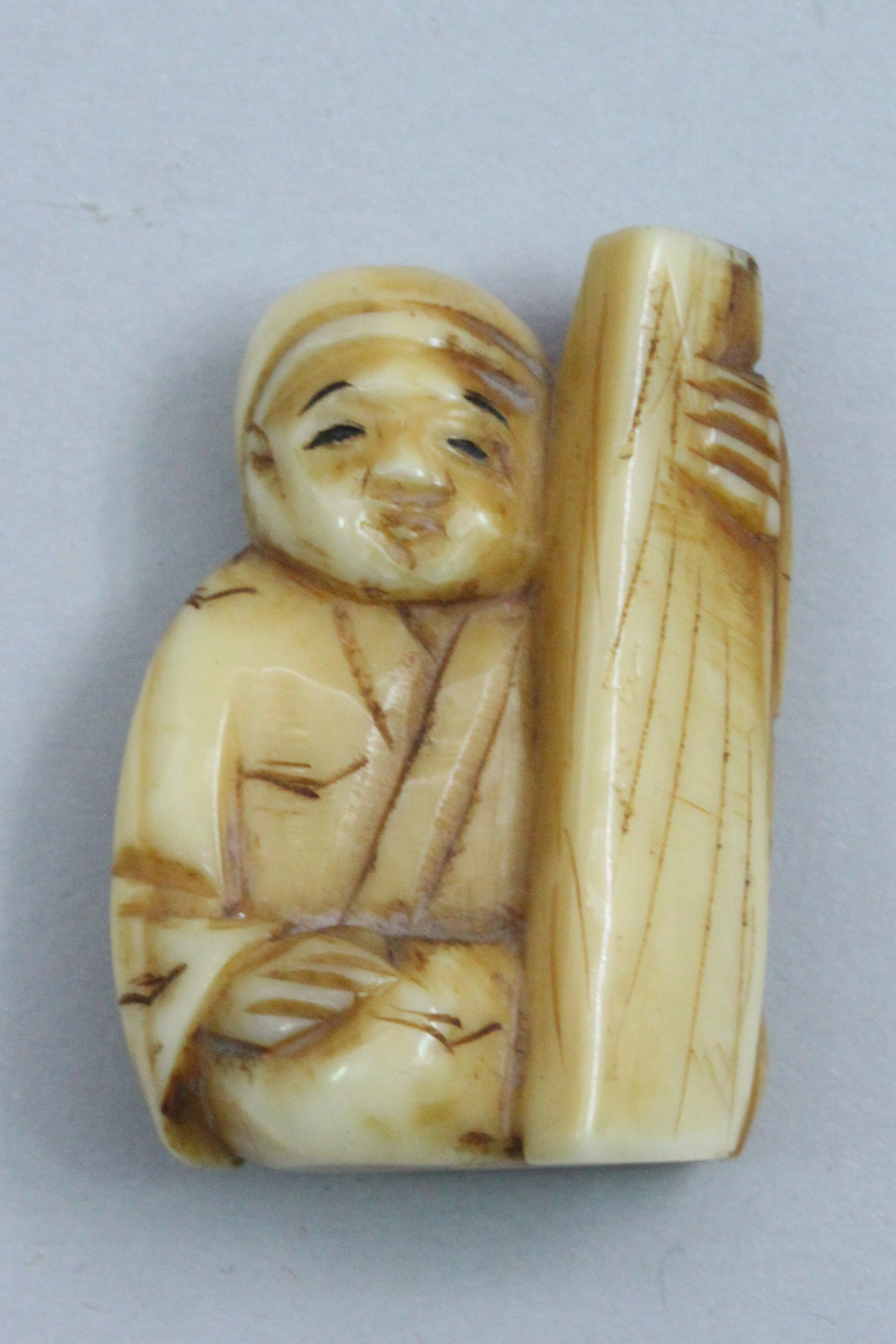
Chinese Bone Netsuke carving of a man holding a musical instrument, early C20th
Price: £25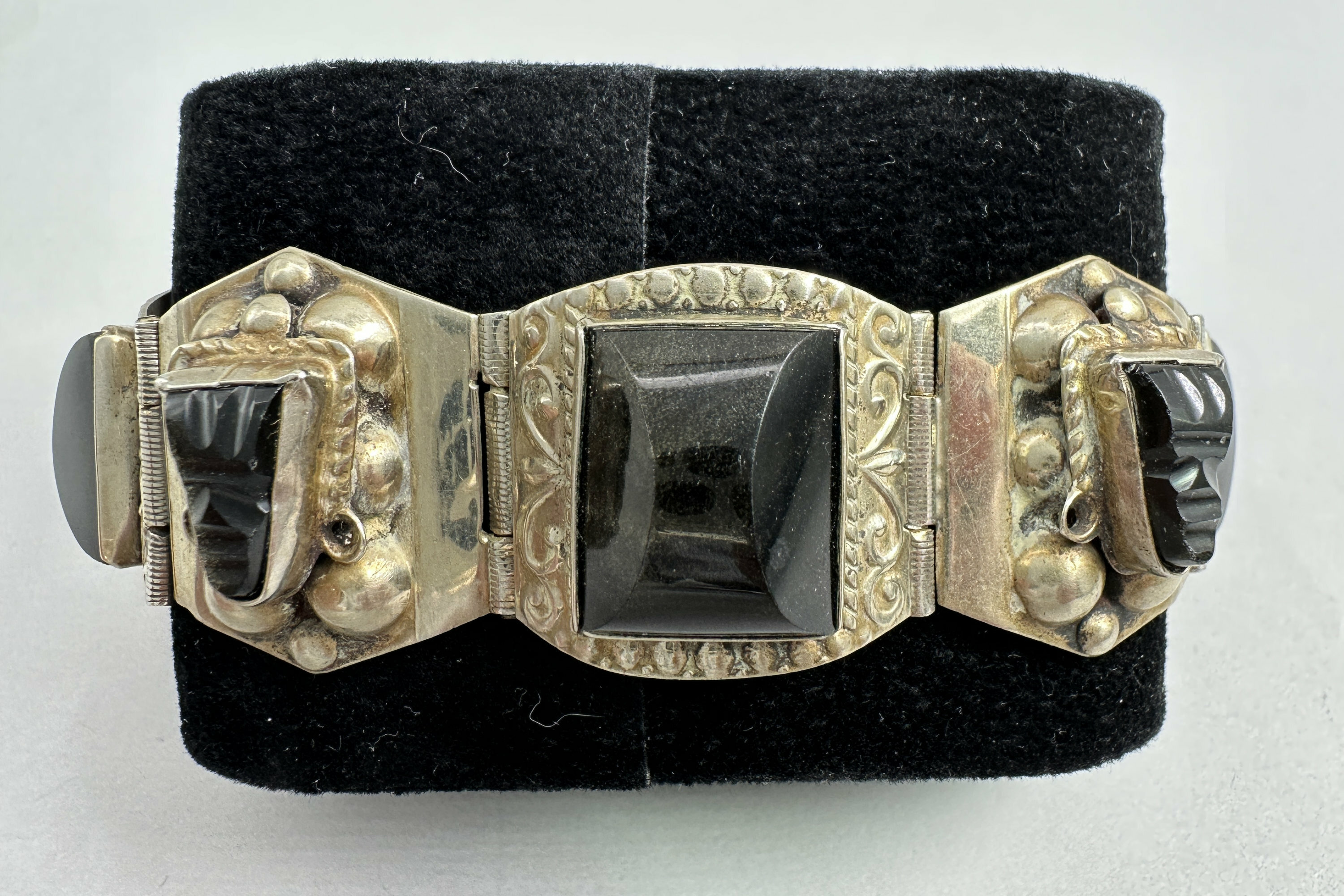
Taxco bracelet set with carved obsidian stones c1950
Price: £55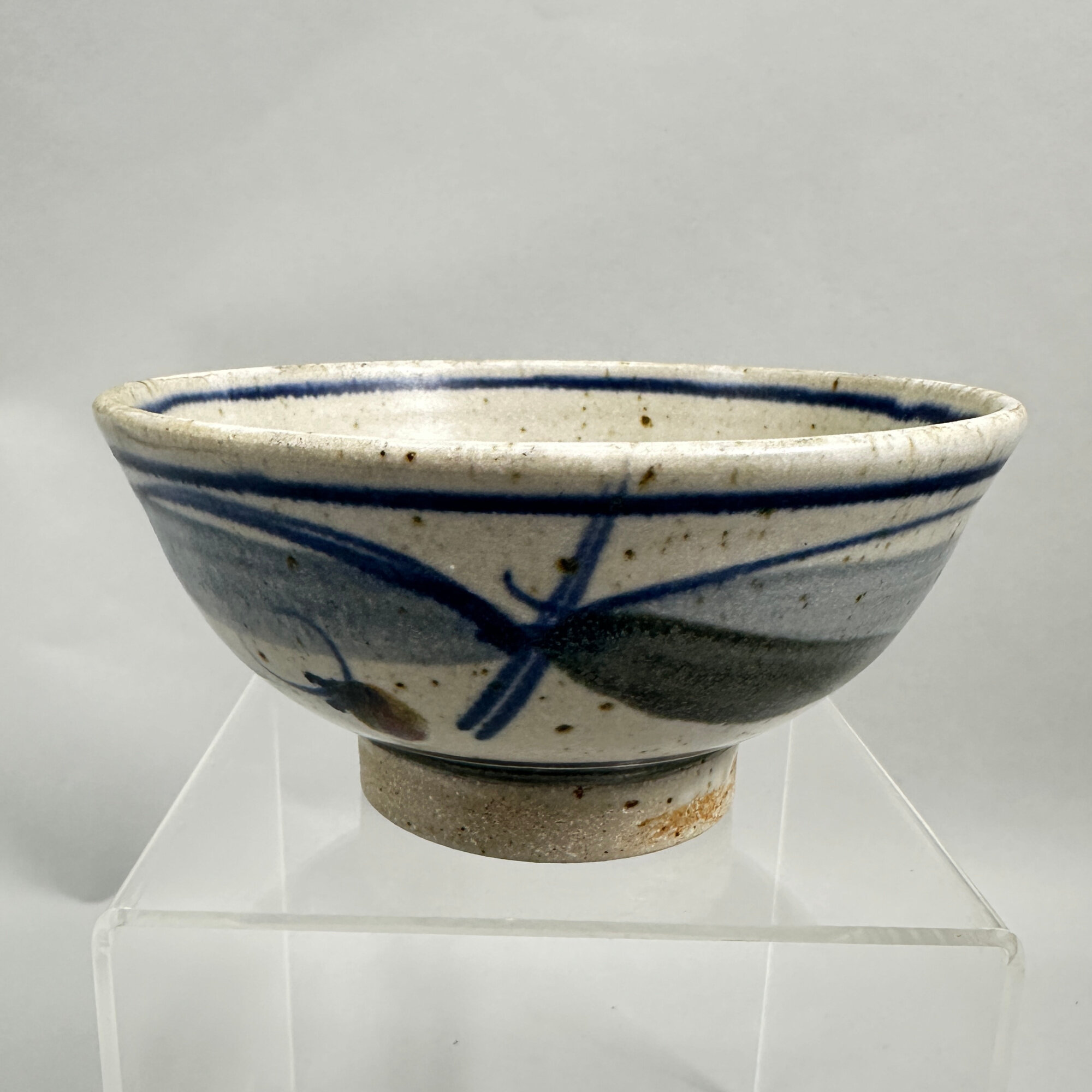
Studio Pottery Bowl, possibly Derek Clarkson (1928-2013) with impressed mark, C20th
Price: £55While it is not absolutely certain the mark on this piece is possibly that of Derek Clarkson (1928-2013). Clarkson trained at the Manchester college of Art between 1944-47 and Burnley School of Art from 1959-61 and then combined a successful lecturing career with the making of his own work which is now to be found in international and private collections including the Victoria and Albert Museum, London. In 1980 he retired from lecturing to focus on his work as a potter, continuing to produce pieces of great skill and attraction until his death in 2013. There are other pieces signed by him which strongly resemble the bowl here (see images 8,9) making it a possibility that this is his work. Certainly, the potter who created this piece and impressed his mark at the bottom was clearly accomplished and this bowl is more than worthy to stand comparison with pieces by more famous contemporaries.
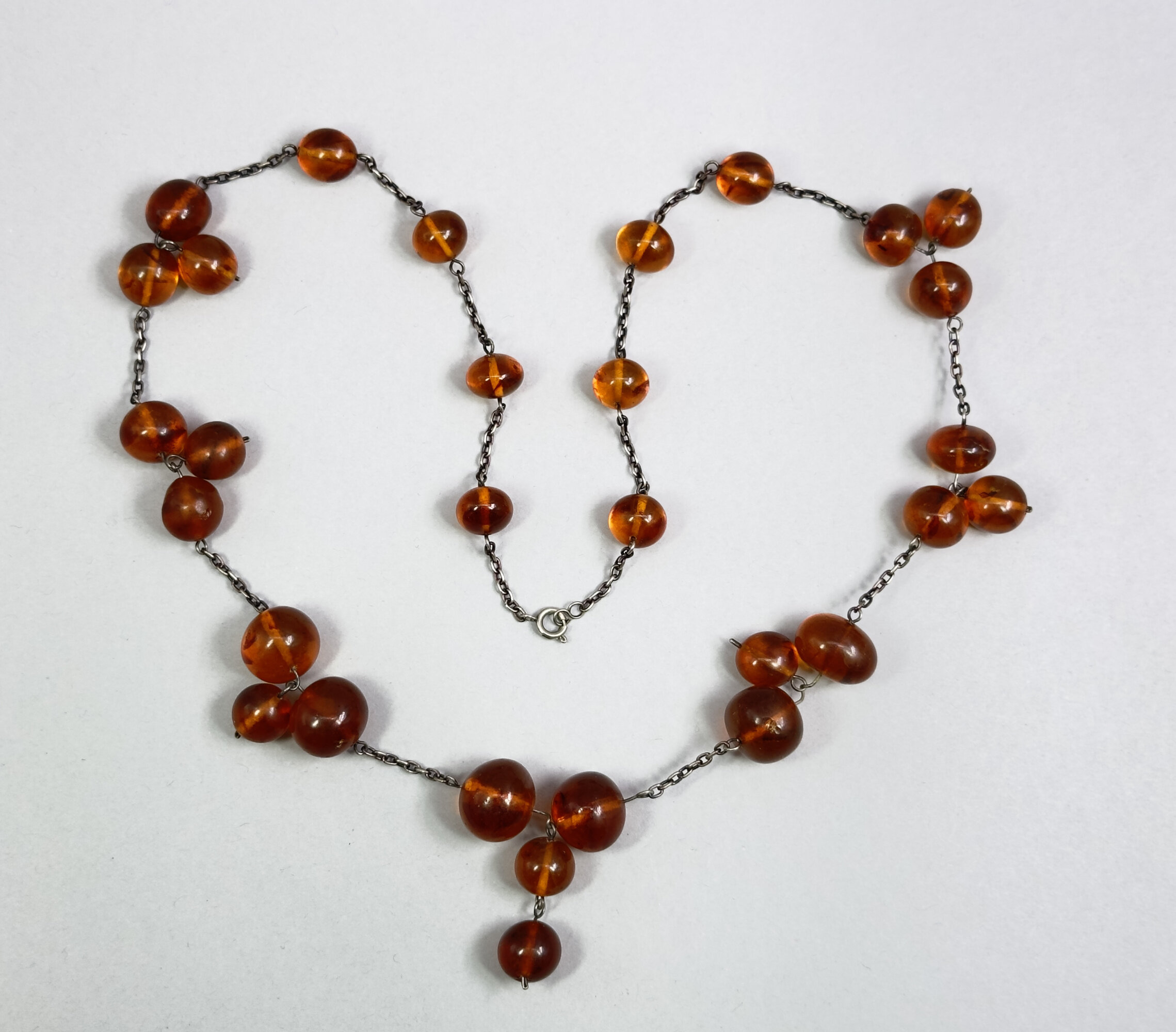
Amber statement necklace with round drops c1960
Price: £65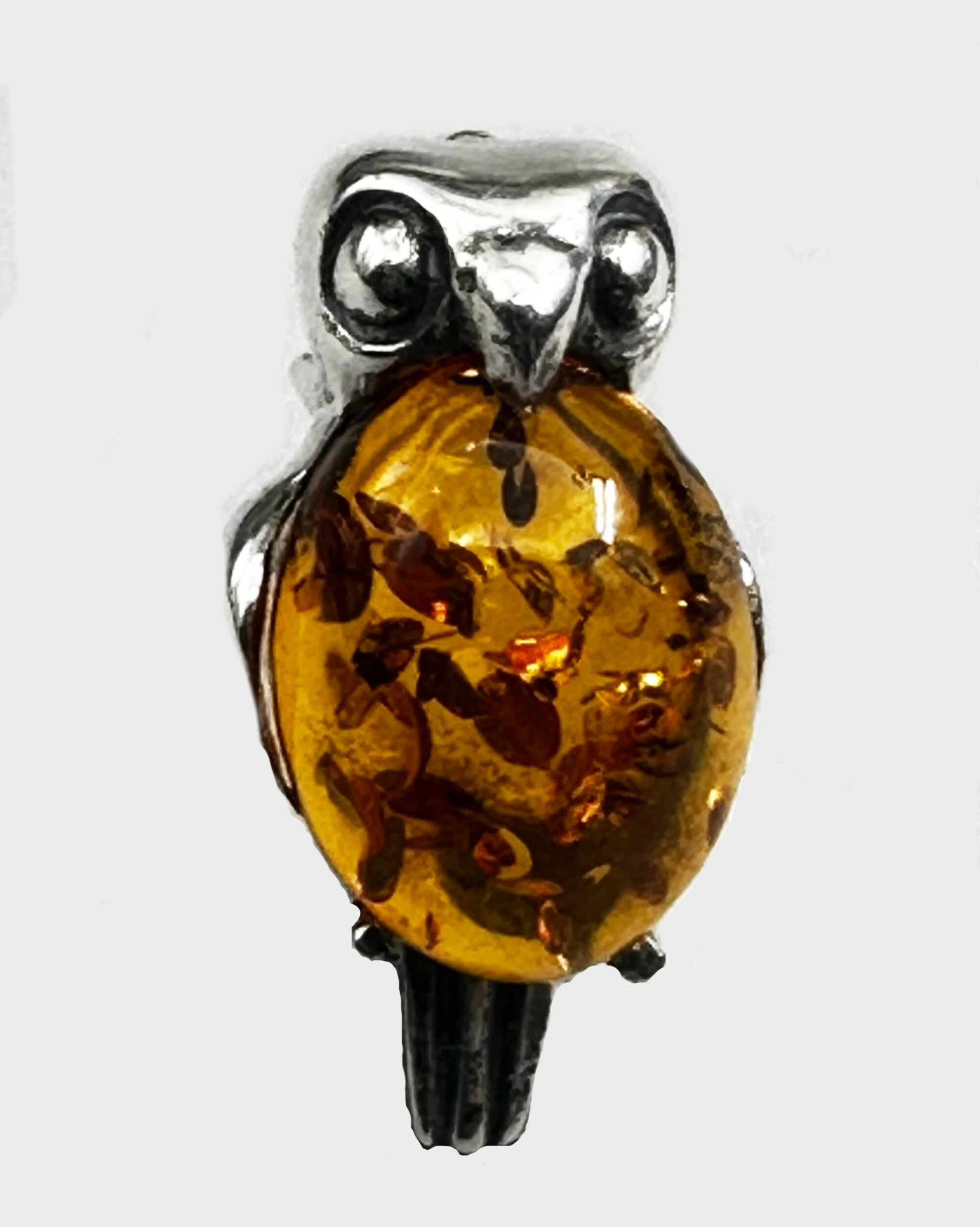
Charming small amber pendant brooch set as an owl c2000
Price: £15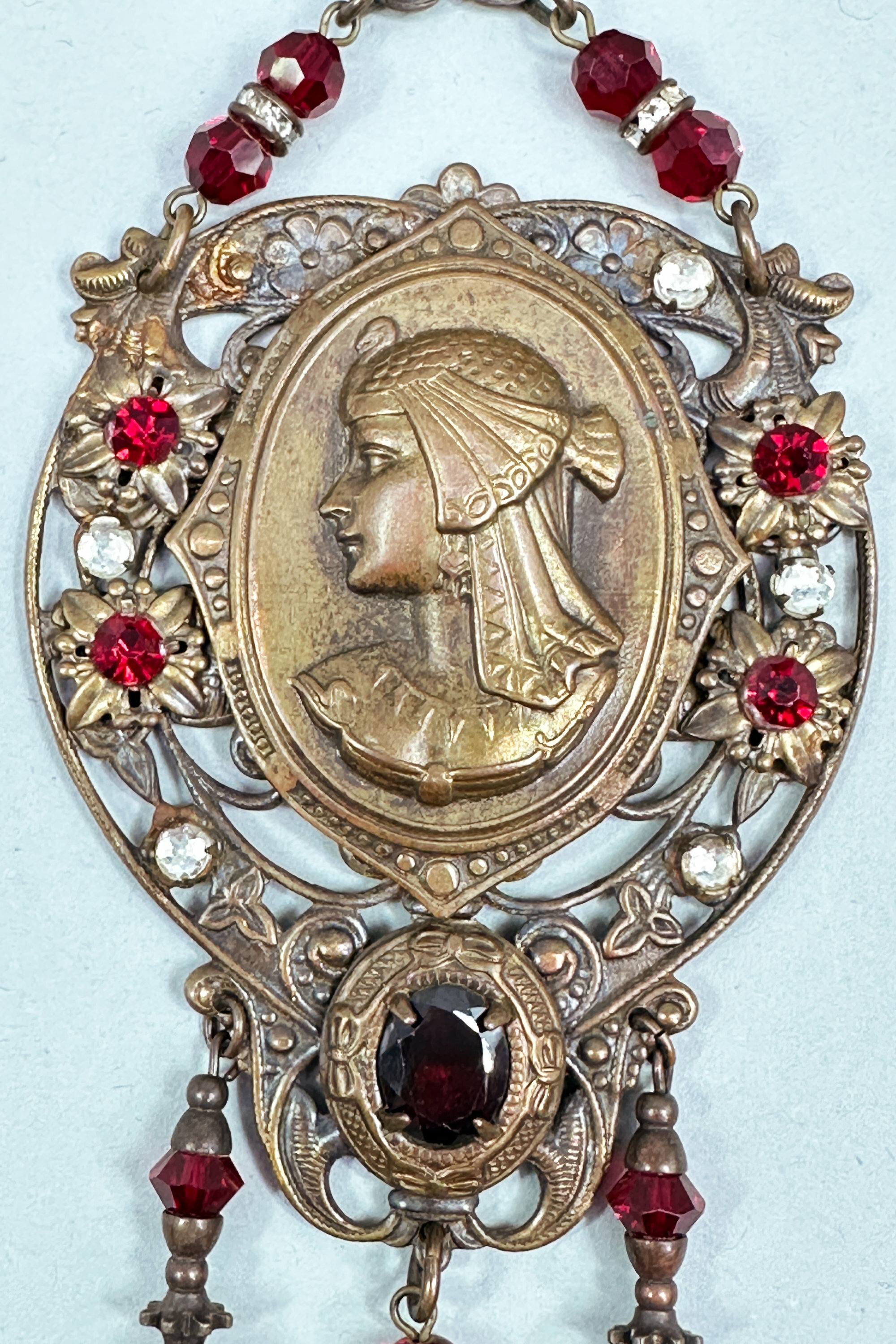
Victorian Egyptian Revival motif necklace with red stones c1900
Price: £85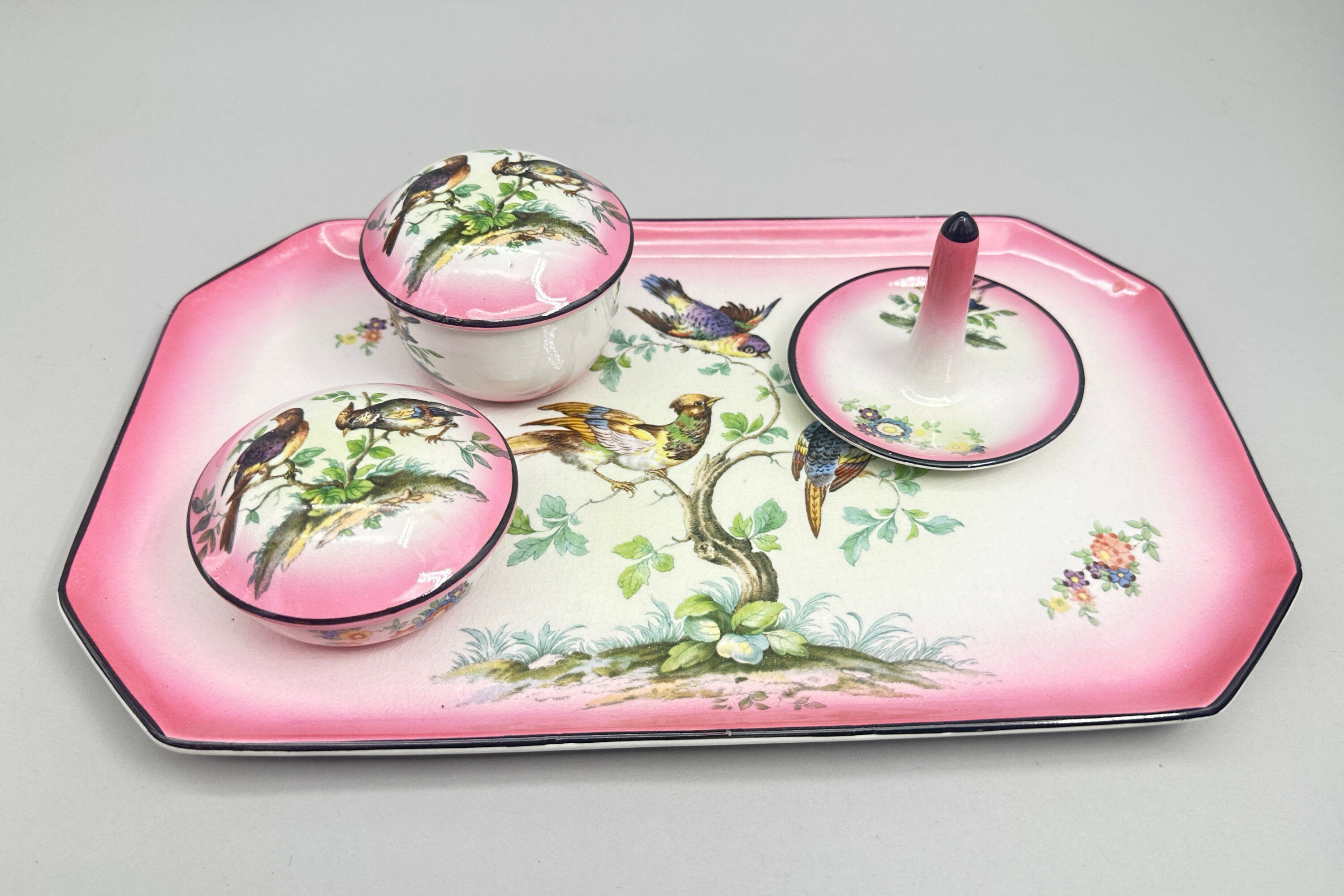
Kiralpo ware Dressing Table Set, marked, 1930s
Price: £35Kiralpo ware was one of the trade names used by Kirkland and Co, earthenware and ceramic manufacturers based at the Albion Pottery, Etruria, Stoke-on-Trent, England who traded from 1891 to 1938 when the business was bought and renamed by Mr A.E.Gray. The format of the mark gives a dating between 1928 and 1938 with ‘E’ standing for Etruria. Kirkland and Co made various modest but colourful decorative items to furnish the home. In a 1907 guide they are described as ‘general earthenware, fancy goods, and majolica manufacturers’. Their designs were not sophisticated but obviously had a popular appeal and this set with its bold transfer decoration of birds set within a rather vivid pink border is typical of their work.
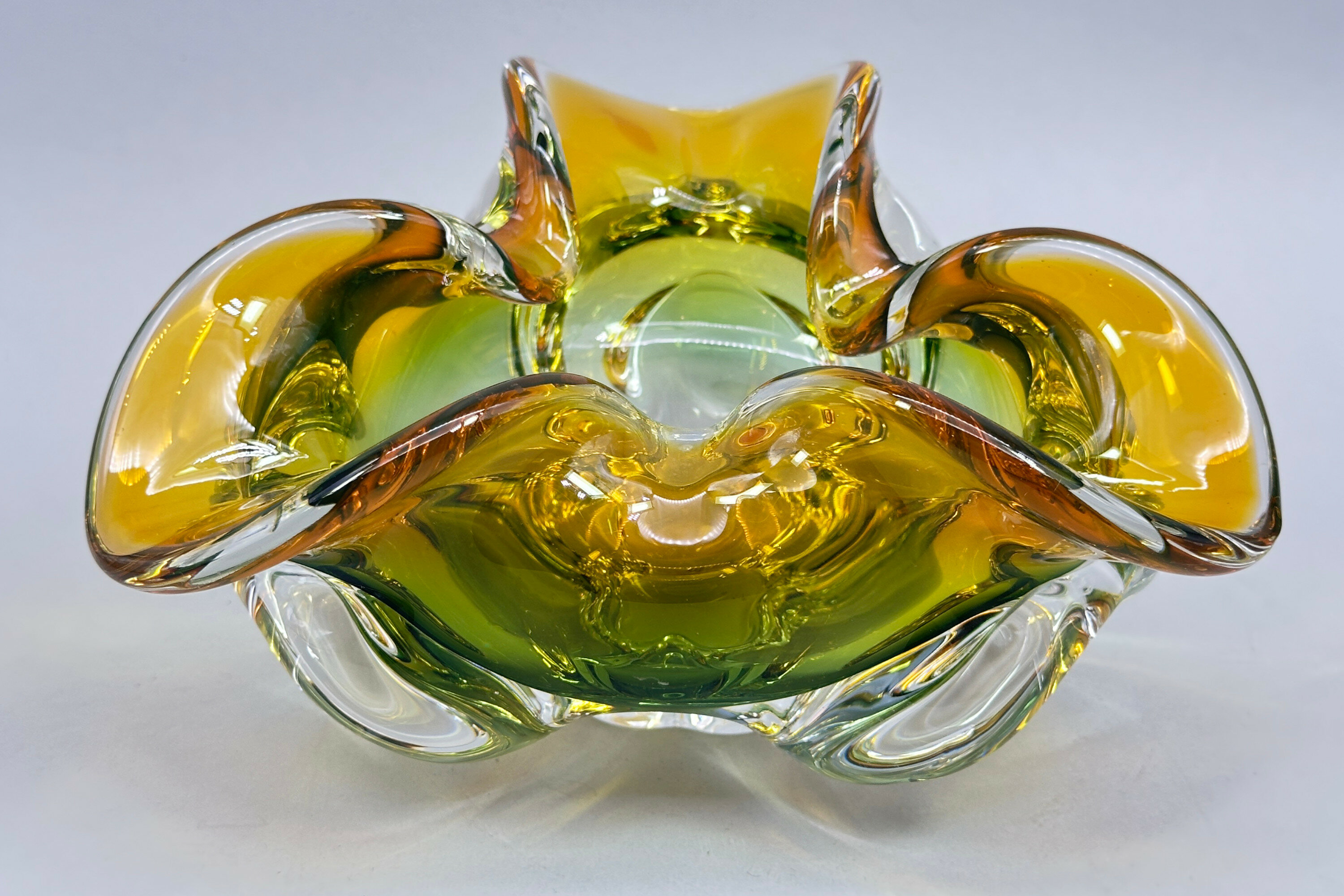
Chřibská Glass bowl designed by Josef Hospodka, Czech 1970s
Price: £75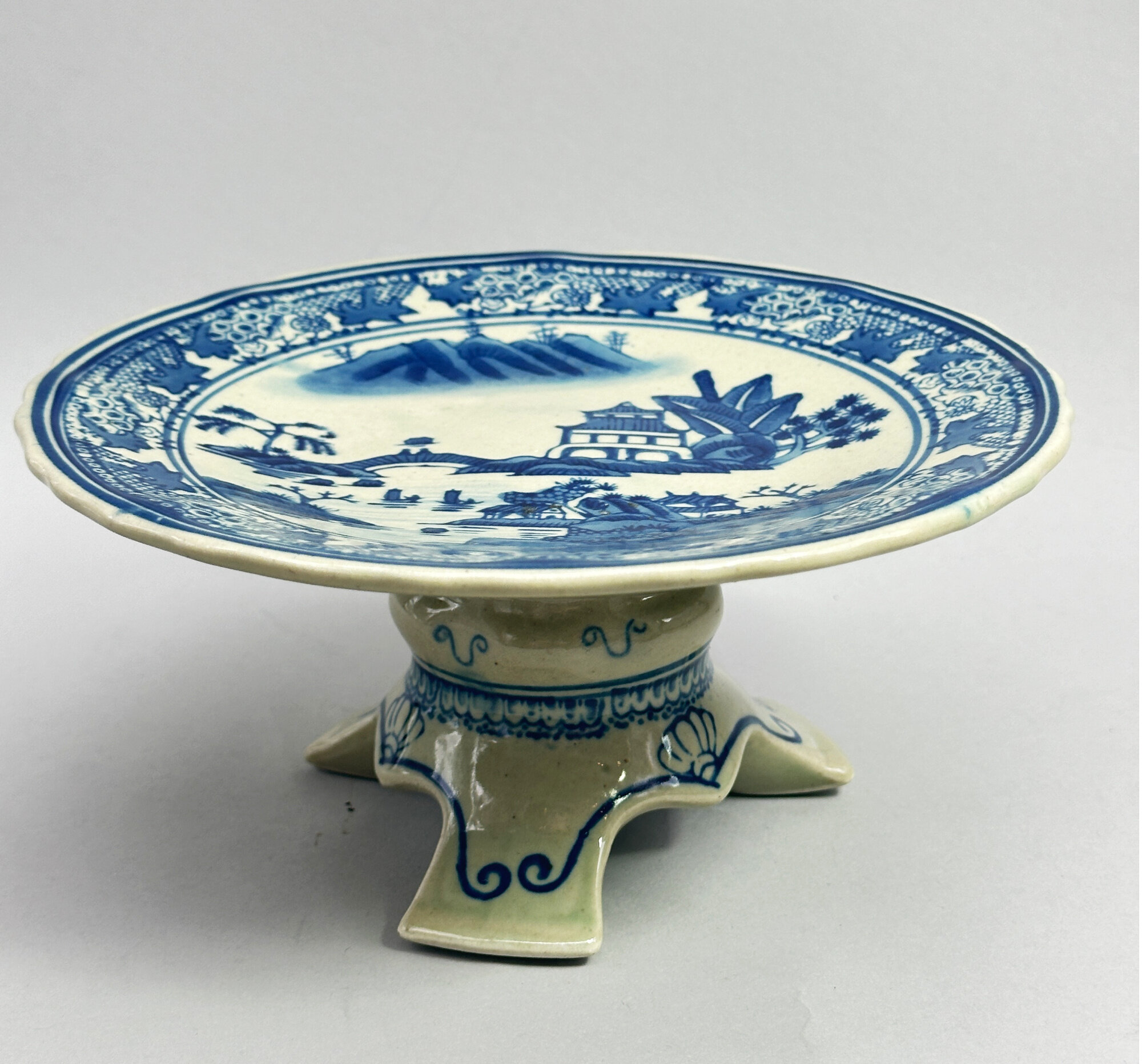
Japanese Celadon Ground Tazza with Chinese Nanking decoration, late C19th
Price: £25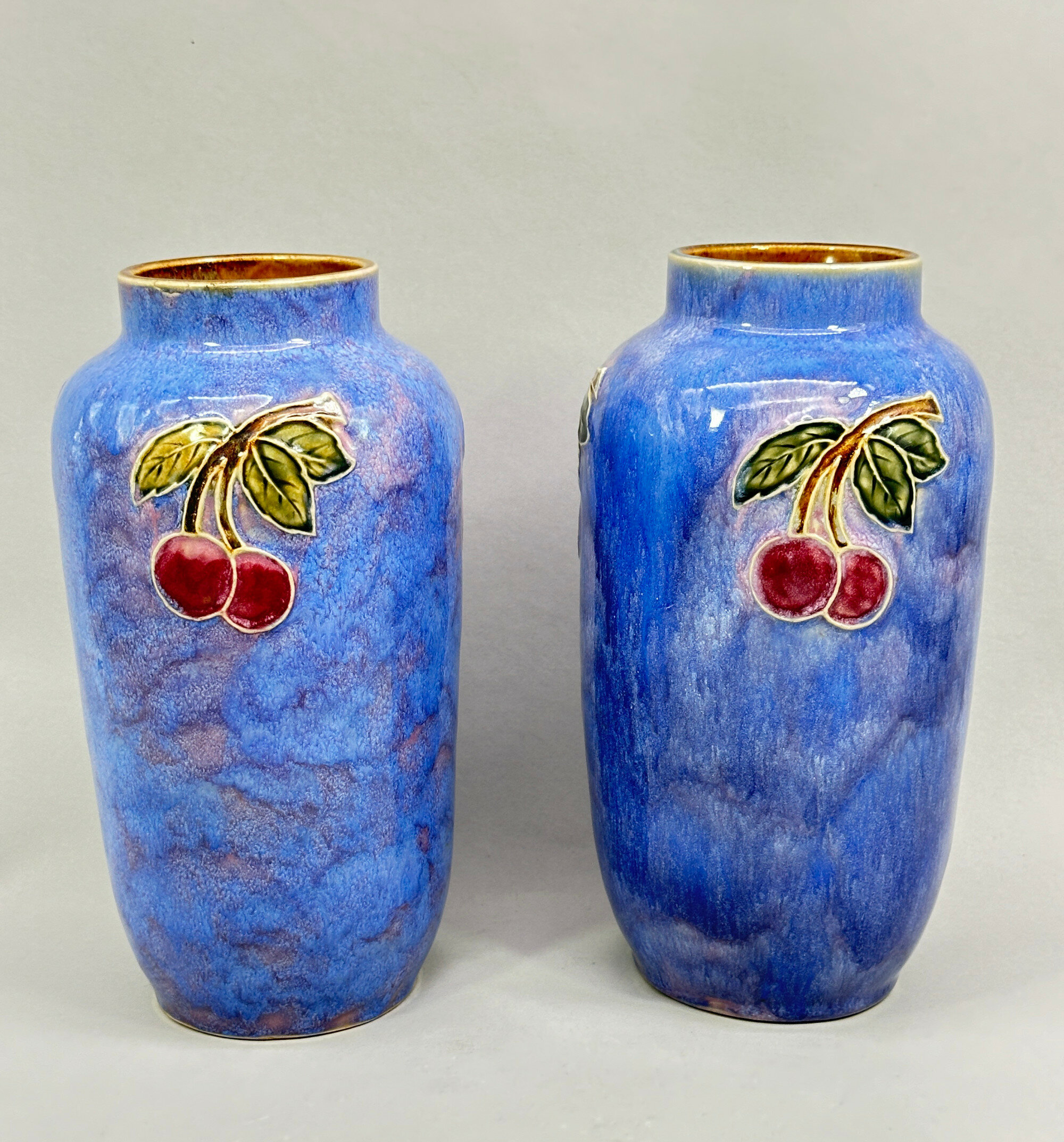
Pair of Royal Doulton Vases decorated Cherries, early C20th
Price: £95The mark for Doulton is one of the standard impressed 'Royal Doulton England' marks where the lettering forms part of a circle combined with three thick lines and the centre is filled with four interlocking 'D's. The addition of a lion but not with the usual accompanying crown allows a fairly precise dating to between 1923 and 1927 which matches with the pattern number ‘8546’, one of the range of numbers used between 1924 and 1927. The artist’s signature cannot be identified but he/she produced a pair of vases of great skill and charm which follow the Art Deco trends fashionable at the time.
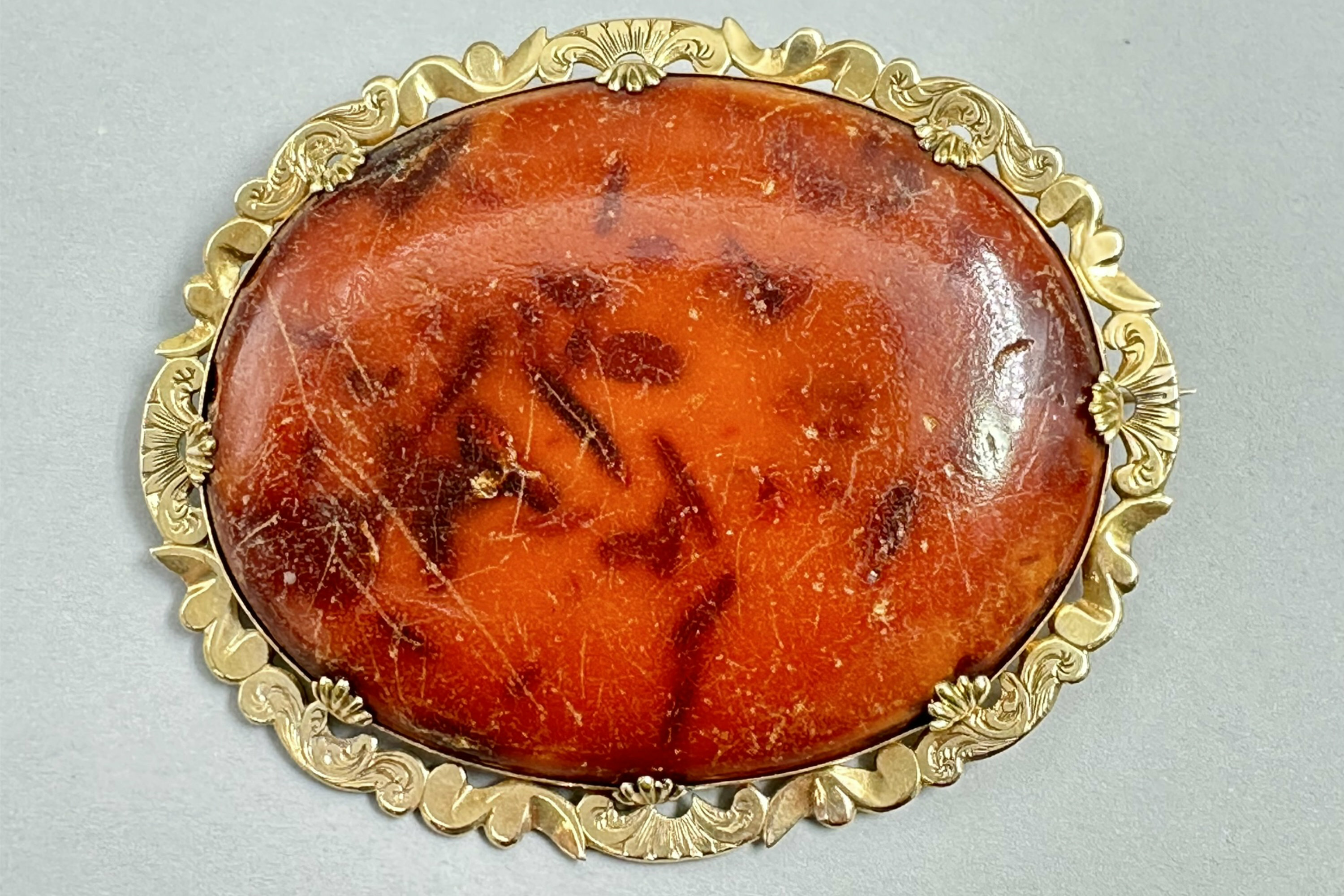
Victorian large 9ct gold brooch set with amber c1900
Price: £200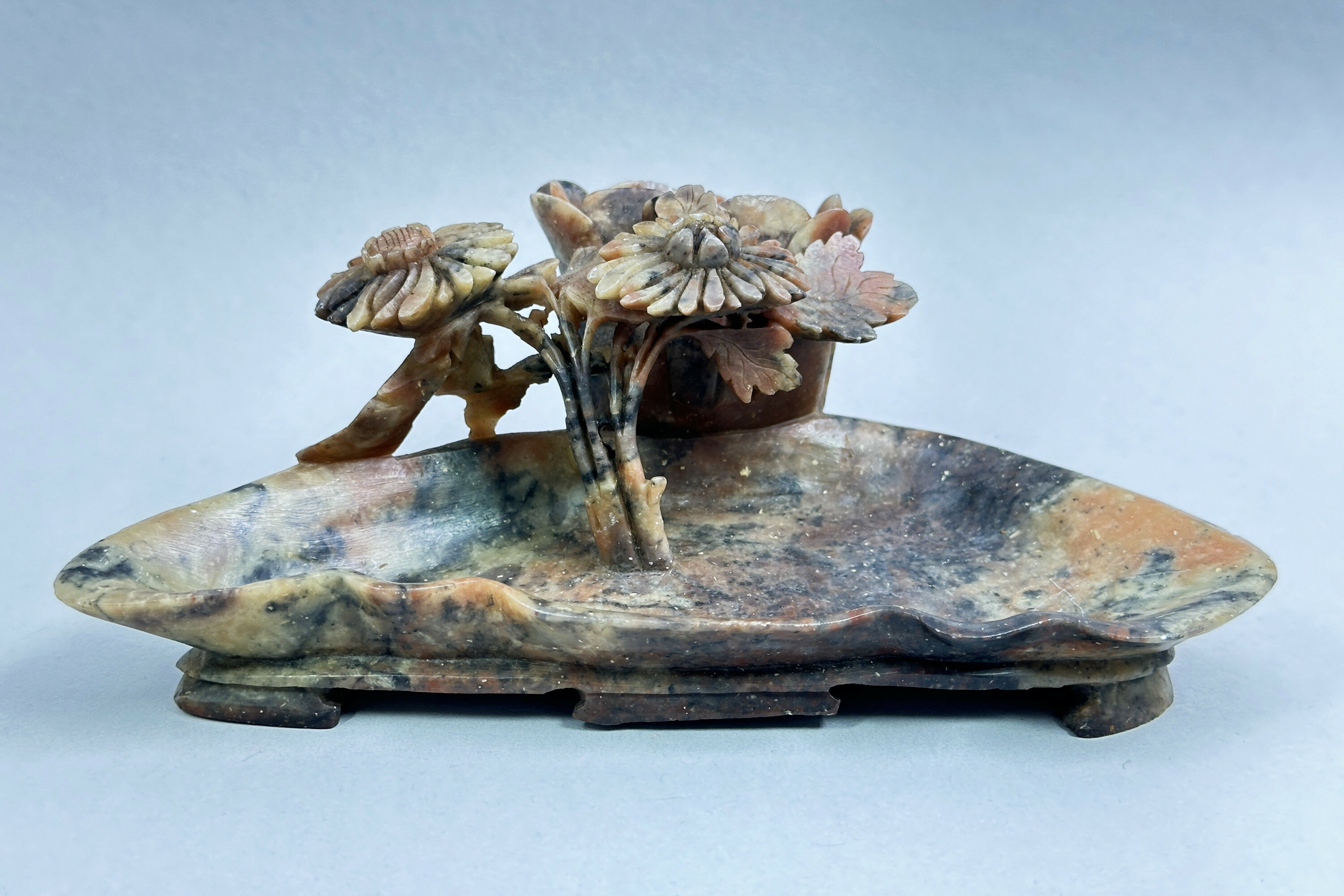
Chinese Soapstone Brushwasher with flowering lotus, early C20th
Price: £95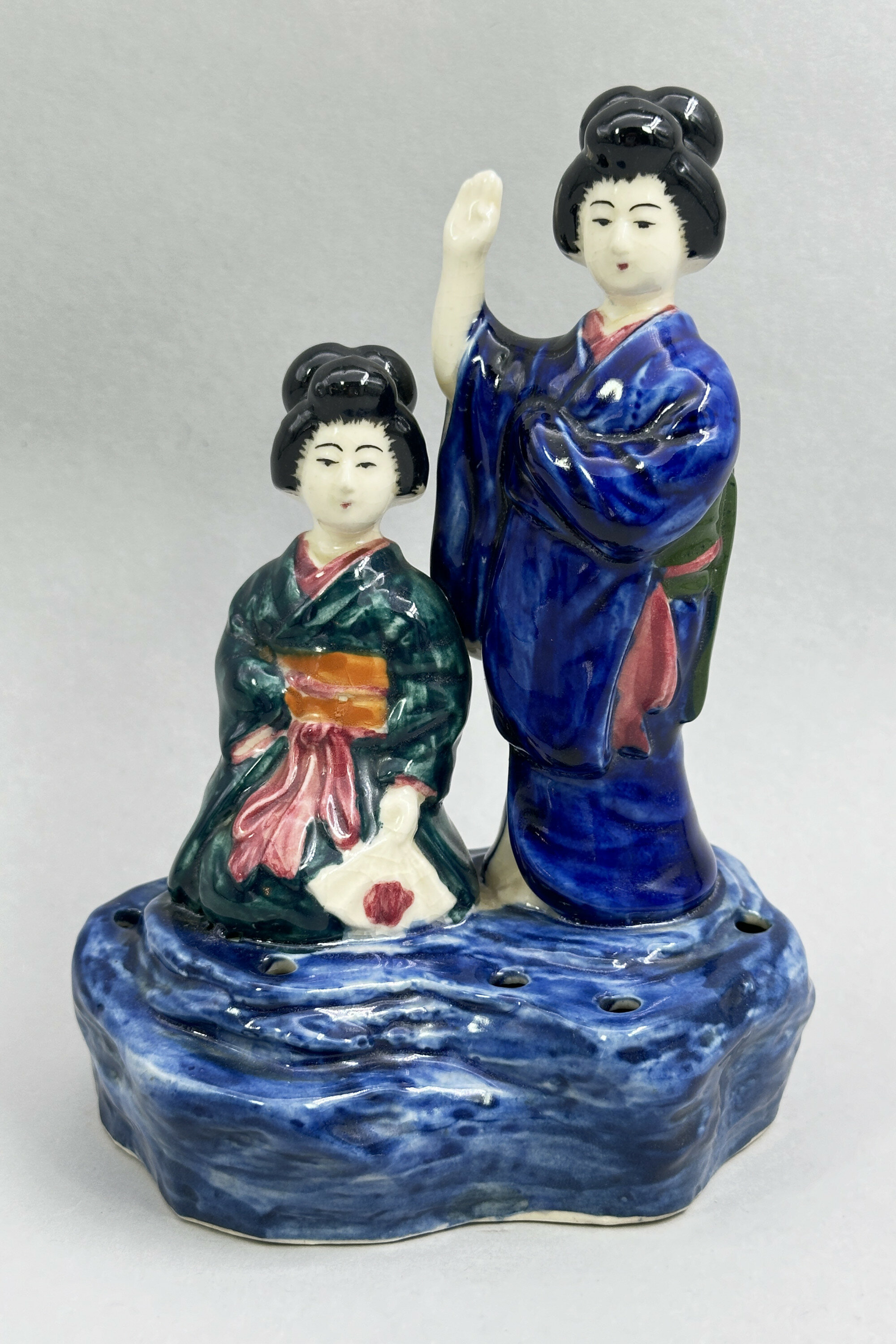
Japanese Ceramic Figural Group of two Geisha, late C19th
Price: £25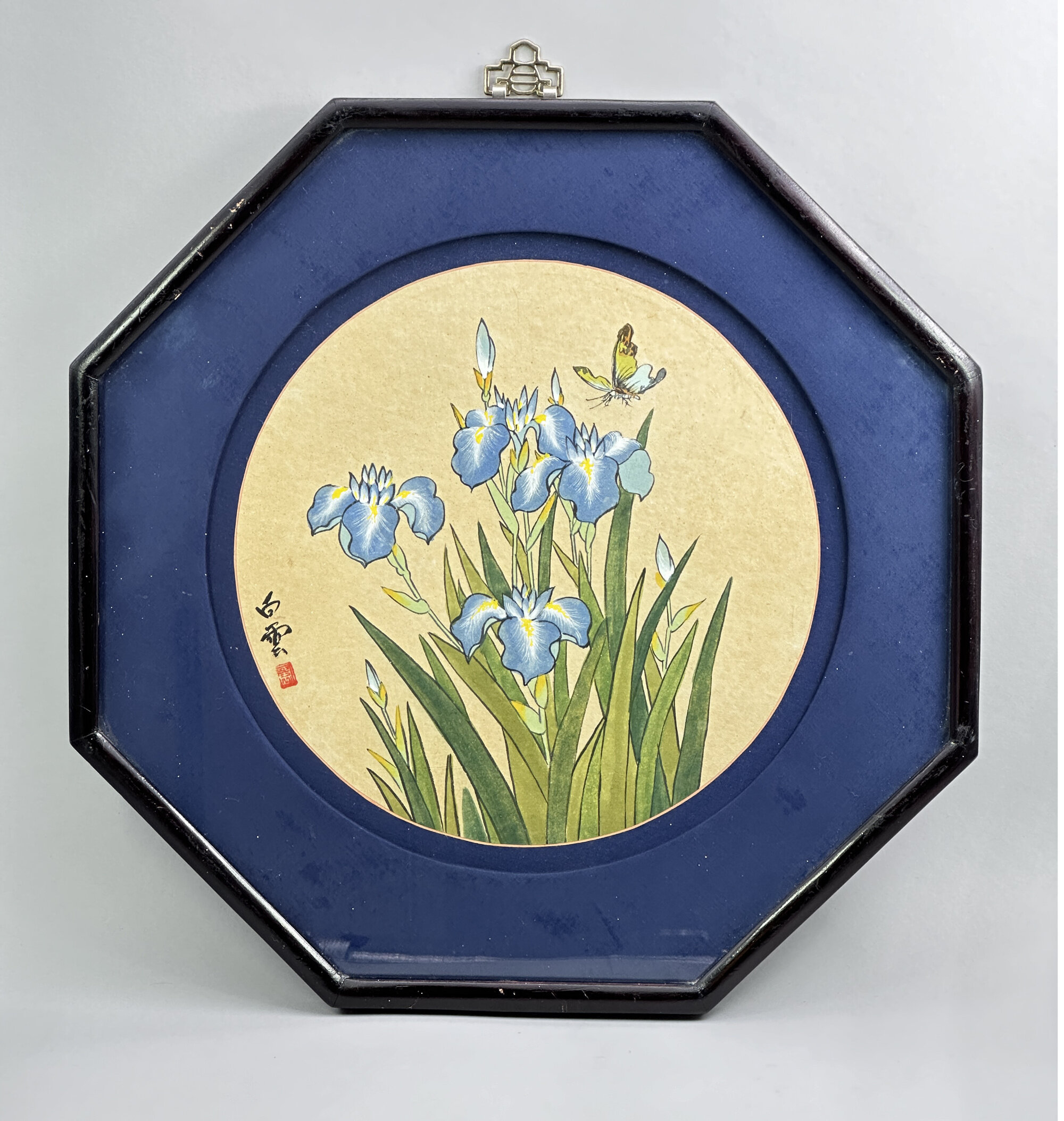
Japanese Gouache Painting of Flowering Lotus, signed and framed, C20th
Price: £45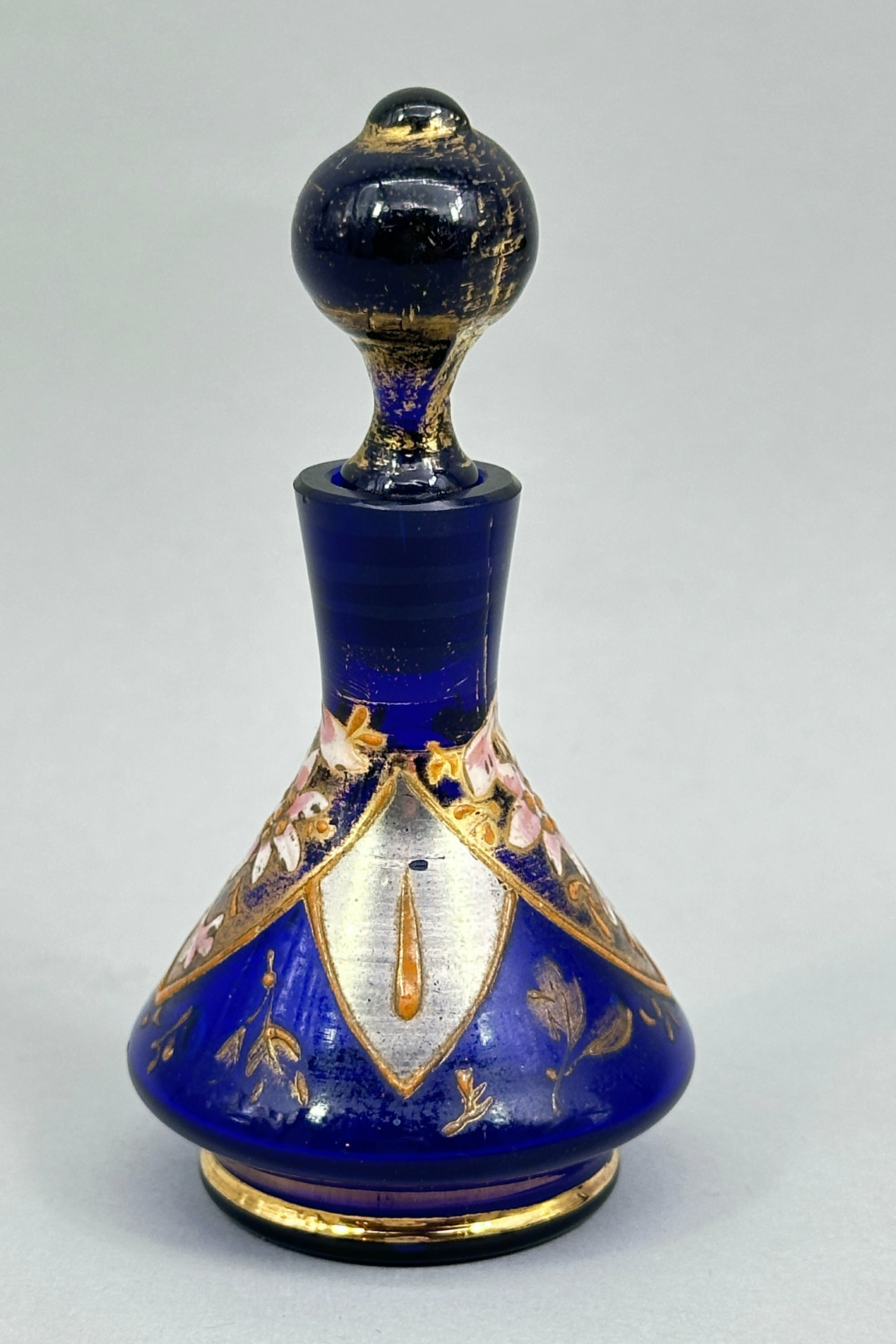
Bohemian cobalt blue Perfume Bottle and Stopper with enamel decoration, C20th
Price: £45So called ‘Bohemian’ glass was produced for export from the second half of the nineteenth century onwards by the workshops from the regions of Bohemia and Silesia, now parts of the Czech Republic. With its origins in the renaissance, Bohemian glass with its elaborate forms and colourful decoration of thickly enamelled floral subjects was made in substantial quantities to satisfy a keen demand from both Europe and America. The angular shape here along with the geometric elements to the decoration reflects the Art Deco style and suggests a dating to the 1930s.
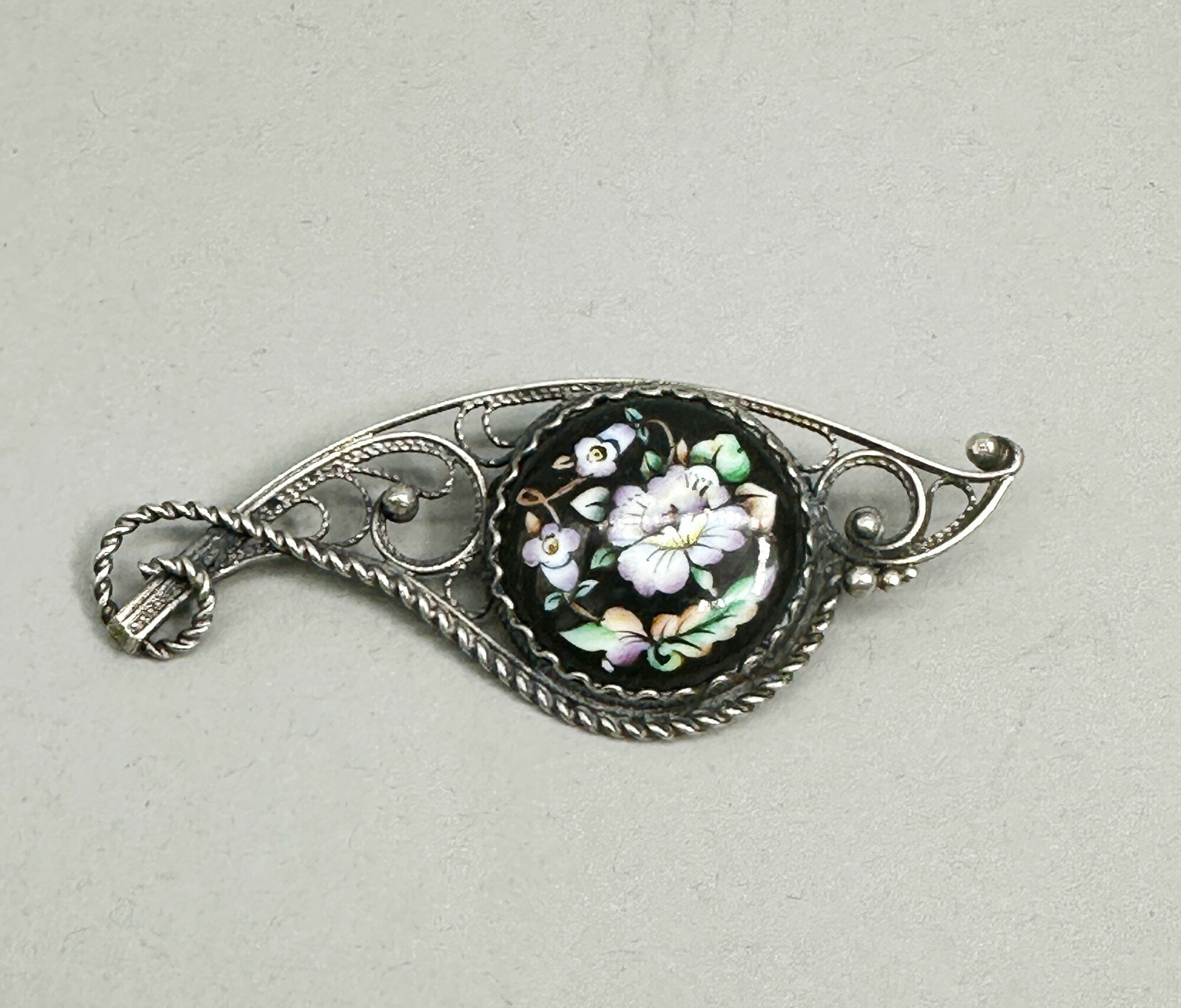
Russian Enamel Brooch, probably Rostov Finift, mid C20th
Price: £20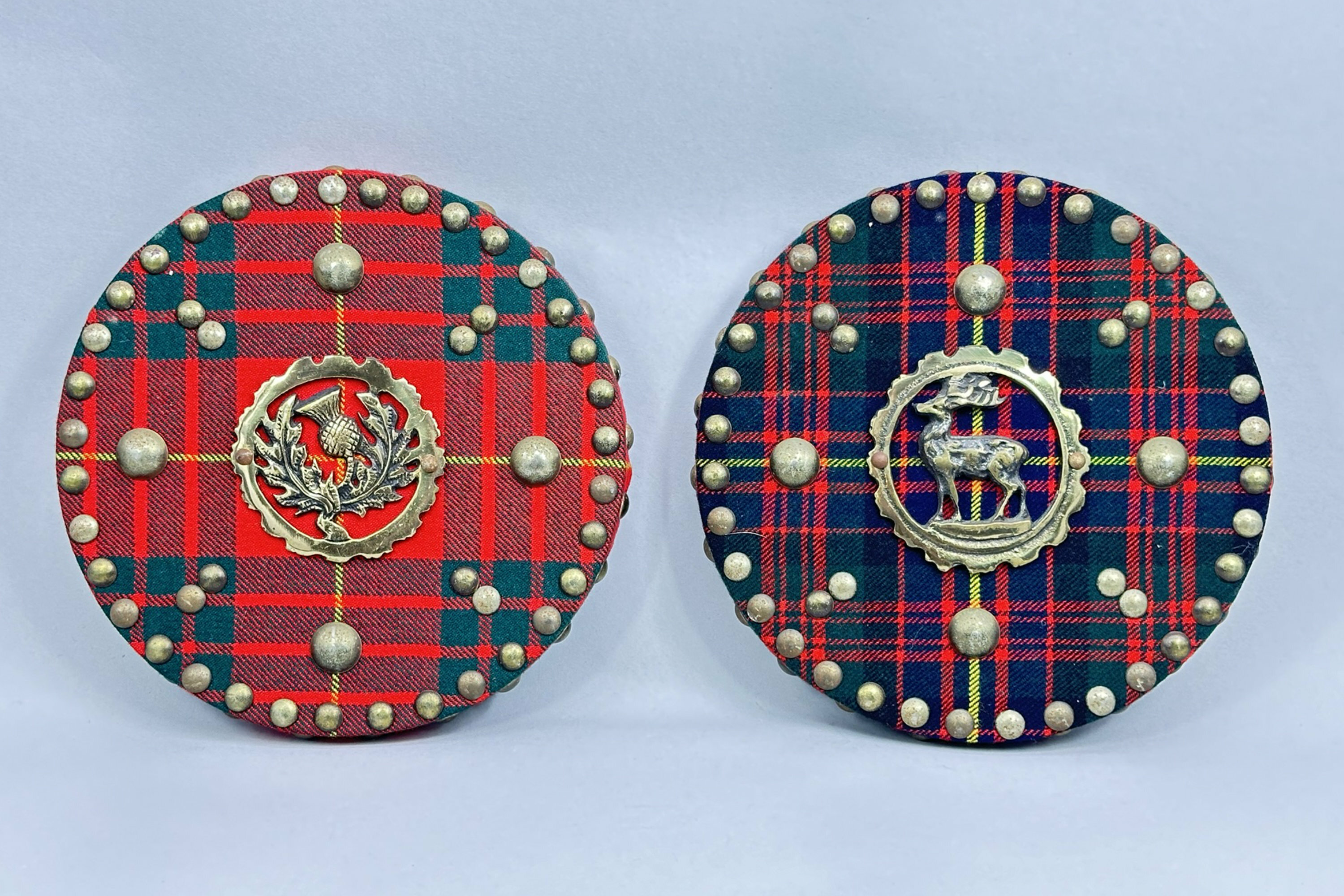
Two Scottish Tartan Plaques, C20th
Price: £35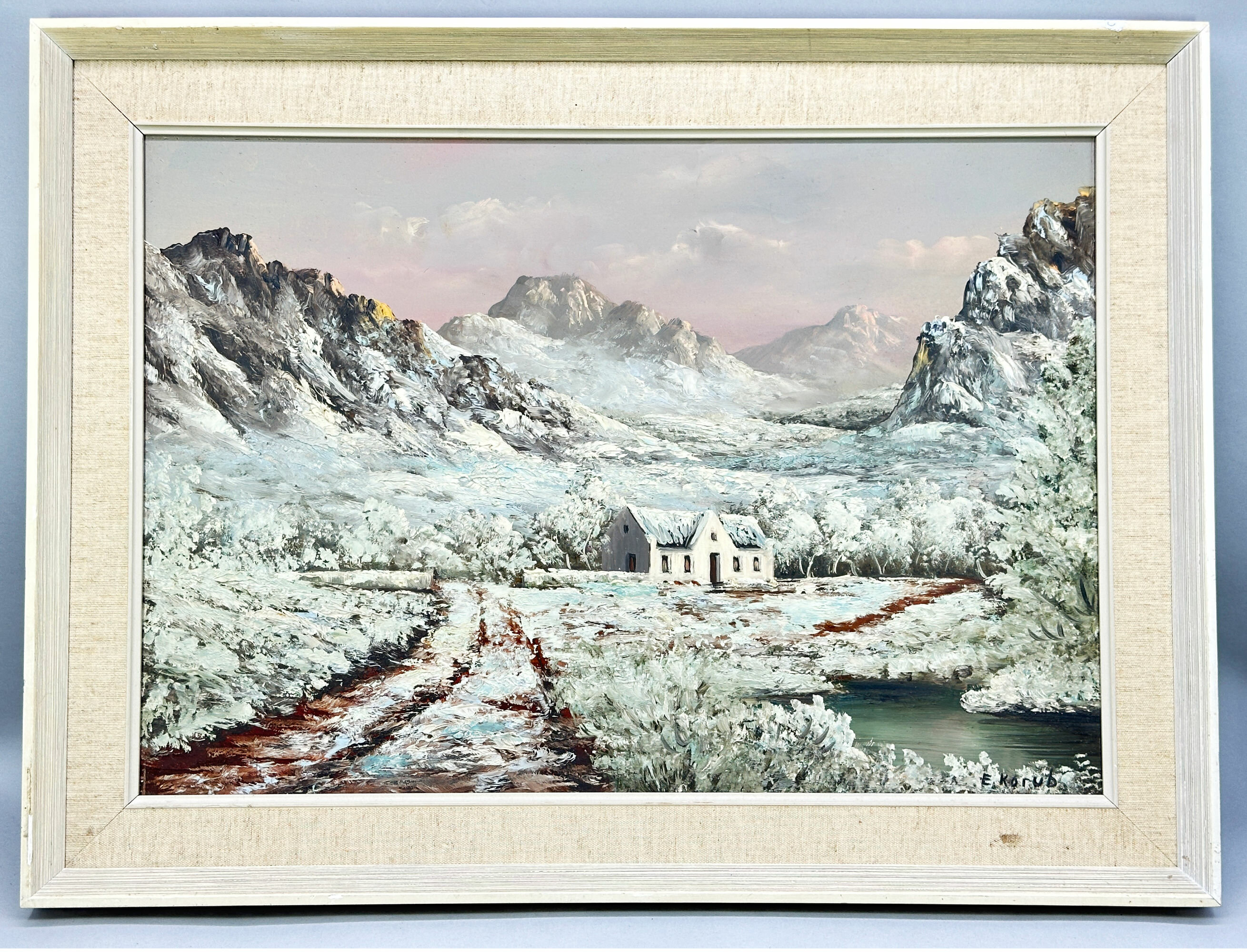
Framed Oil Painting on Board of a Winter Landscape Scene, C20th
Price: £55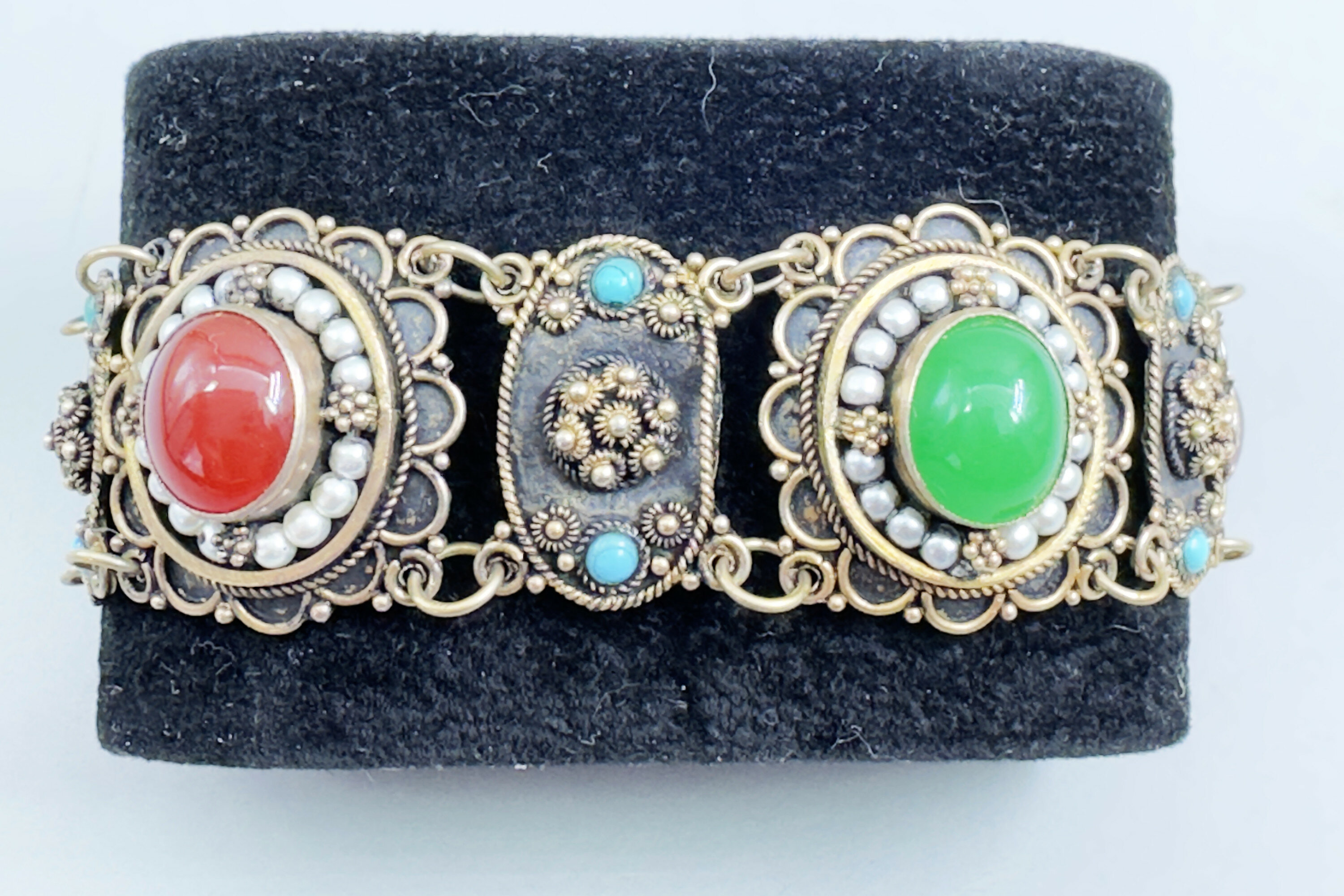
Victorian silver gilt filigree bracelet, Morocco
Price: £95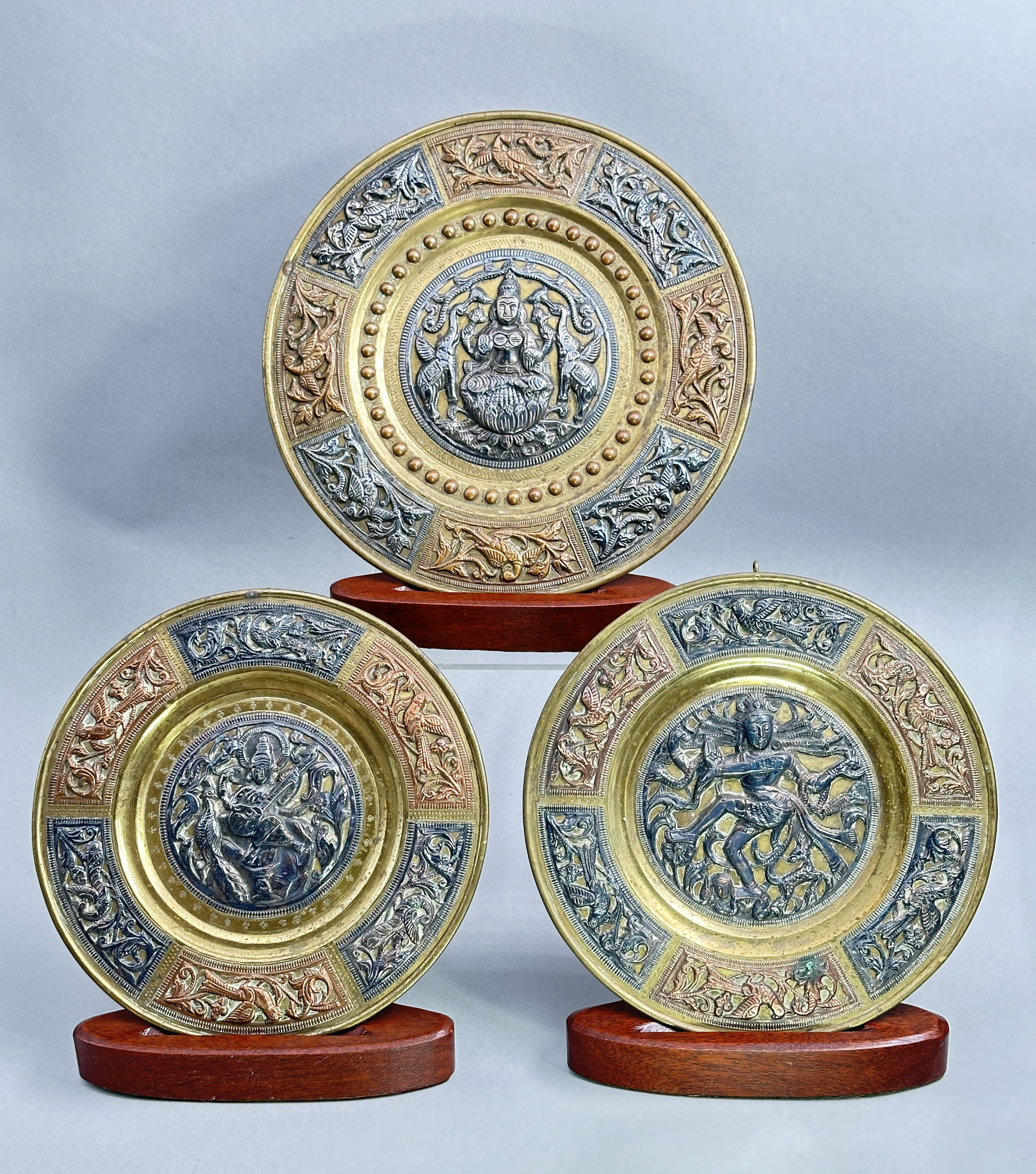
Three Indian Brass hanging plates, Thanjavur, C20th
Price: £55The style of decoration here is typical of the art brass hanging plaques produced by the metalworkers of Thanjavur, formerly known as Tanjore, from the late eighteenth century onwards. A Tanjore Art Plate consists of three components: the base plate (brass), a circular central relief panel of a deity worked in silver surrounded by relief panels in copper and silver often depicting flowers. Various deities are depicted here including the well known many armed Shiva. All the reliefs have milled borders but the wells are finished differently, some with engraved designs and one with circular bosses. Dating is probably to the mid C20th but the style of these pieces was continuous and relatively unchanging so an earlier period of manufacture is quite possible.
NB Stands for display purposes only and not included
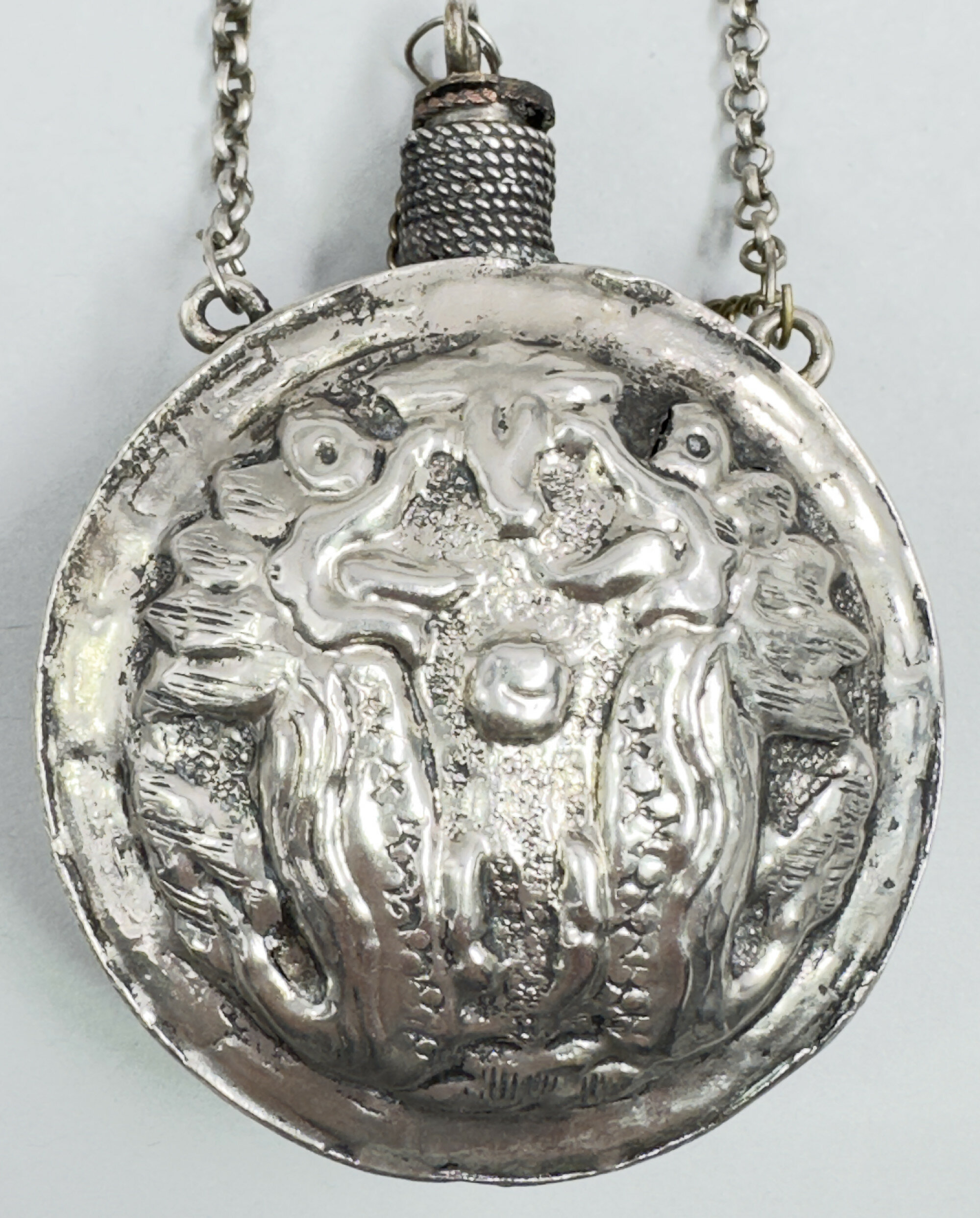
Silver plate Perfume Bottle with attached Stopper and Chain, Burmese late C19th
Price: £45
Silver plate Perfume Bottle with attached Stopper and Chain, Burmese late C19th
Price: £45
A pair of stamp collage Postcards, Alsace and Nice, framed, early C20th
Price: £45
Victorian Rolled Gold Necklace with Pendants, late C19th
Price: £45
Vintage Wicker and Plastic Woven Basket with Handles, probably mid C20th
Price: £45
Very fine Indian silver repousse plaque Necklace, c1970
Price: £85
Long Art Nouveau necklace with multiple drops c1930
Price: £75
Vintage Petit Point Tapestry Bag, Austria, 1920s
Price: £15
Japanese Blue and White Porcelain Bowl decorated with hydrangea, early C20th
Price: £25Hydrangeas flourish in Japan and also carry a hidden meaning of apology and gratitude based on a mythical story of an Emperor, who angered a woman he loved by neglecting her, and gave her in recompense a bunch of blue hydrangeas as a symbol of his deep emotion and gratitude. Used here as a decorative motif, the painting of the flowers is skilful and elegantly combined with the plainer exterior. The paste of the foot rim suggests an early C20th dating, perhaps to the late Taisho era (1912-1926).

Pair of Lovatt and Lovatt Earthenware Vases, early C20th
Price: £95The Langley Mill Pottery was located in Langley Mill, Derbyshire on the Derbyshire – Nottinghamshire border. From its establishment in 1865 to its final closure in 1982, it went through five distinct periods of ownership, producing a wide range of stoneware ranging from utilitarian items and to high quality art pottery. This pair of vases dates from the third company that traded there, Lovatt and Lovatt. The Lovatt family had entered into partnership with the owner of the founding business at Langley Mill, James Calvert. From 1895 the business was in sole control of the Lovatt family and traded as ‘Lovatt and Lovatt’ until 1935. The early years of the twentieth century proved to be something of a zenith for them and a wide range of art pottery pieces were made which enjoyed great popularity. Production techniques were streamlined without a reduction in quality and in 1905, leadless glazes were introduced. These are proudly announced on the base of this pair of vases which are a fine example of the Lovatt and Lovatt style and probably date to 1913, indicated by the impressed numbers for that year.

Bakelite Ivorine Mourning Brooch, British c1930
Price: £25
Obsidian Mayan Statuette inlaid with semi precious stones, C20th
Price: £35
West German Keramik Jug with drip glaze, second half C20th
Price: £45
Pair of French Blue Ground Square Vases Choisy Le Roi, late C19th
Price: £45
Chinoiserie necklace with peking glass plaques c1960
Price: £45
Silver rose ring, 20th century
Price: £35
Silver Snake bangle, 20th century
Price: £25
Two Victorian Cranberry Glass Bowls, late C19th
Price: £75
Opaline Art Glass Vase with a marbled design, Vetreria Barbieri, 1970s/1980s
Price: £45
A Pair of Royal Doulton Ewers, marked, early C20th
Price: £150
Yellow ground Bursley Ware Dragon Bowl by Frederick Rhead, circa 1920
Price: £55

Powder Compact, British Empire Exhibition (1924-1925), dated 1925
Price: £45Souvenirs and medals were produced, amongst which were silver plated powder compacts as here. The round container for the powder has a hinged lid revealing the powder well below, originally fitted with a mauve ribbon tasseled powder puff, and a mirror above. On the surface of the lid, which has a tab for lifting, is a stylised brass lion, a symbol of the British Empire, vitreous enameled in black, red and blue with the wording ‘British Empire Exhibition 1925 ’ There is a short rounded handle and the back has an engraved mark ‘Rd [registered] 689177’ for the patent number. While many were doubtless made (and there is another version with a more slender handle, with a ring at the end, and the background colourings of the lettering reversed) few of these compacts seem to have survived making this a desirable addition to a collection of British memorabilia.

Faux pearl necklace c1910
Price: £15
Art Deco statement necklace with real pearls and paste stones c1920
Price: £100
Egyptian Revival statement necklace c1920
Price: £85
Double sided minaudiere wrist bag 1920
Price: £20
Butler and Wilson Skull Necklace, boxed, modern
Price: £125
Large Islamic silver necklace with heart shaped box c1920
Price: £85
Sowerby Blue Glass Footed Bowl, 1930s/1940s
Price: £25The Sowerby family came from the North West of England near Carlisle and settled in Gateshead in the late eighteenth century. The firm Sowerby Glassworks is known from 1807 onwards and continued production until 1972, concentrating on pressed glass. Catalogues of their wares still exist and they produced pieces in a wide variety of styles and shapes which retain their popularity today.

Chinese agate carving with onyx beads, 20th century
Price: £35
Art Deco necklace with blue paste stones 1930s
Price: £75
Victorian style Czech glass statement necklace c1930
Price: £65
